Keenly Preesents
JENS BLANK
Jens Blank
Director & Designer
Jens Blank
Director & Designer
Jens Blank
Director & Designer
Jens Blank
Director & Designer
Jens Blank
Director & Designer
Berlin
Berlin
Berlin
Berlin
Berlin
Mario Gorniok (Interview, Ton)
Julia Cybulski (Kamera, Schnitt)
Mila Haegele (Redaktion)
Mario Gorniok (Interview, Ton)
Julia Cybulski (Kamera, Schnitt)
Mila Haegele (Redaktion)
Mario Gorniok (Interview, Ton)
Julia Cybulski (Kamera, Schnitt)
Mila Haegele (Redaktion)
Mario Gorniok (Interview, Ton)
Julia Cybulski (Kamera, Schnitt)
Mila Haegele (Redaktion)
Mario Gorniok (Interview, Ton)
Julia Cybulski (Kamera, Schnitt)
Mila Haegele (Redaktion)
"Someone said if you fall a bit behind with your work, don’t stay until ten or eleven in the studio try and ask them if you can come in on saturday because they wont to pay overtime but they will pay another day. That was also good I think!"
"Someone said if you fall a bit behind with your work, don’t stay until ten or eleven in the studio try and ask them if you can come in on saturday because they wont to pay overtime but they will pay another day. That was also good I think!"
"Someone said if you fall a bit behind with your work, don’t stay until ten or eleven in the studio try and ask them if you can come in on saturday because they wont to pay overtime but they will pay another day. That was also good I think!"
"Someone said if you fall a bit behind with your work, don’t stay until ten or eleven in the studio
try and ask them if you can come in on saturday because they
wont to pay overtime but they
will pay another day. That was also good I think!"
"Someone said if you fall a bit behind with your work, don’t stay until ten or eleven in the studio
try and ask them if you can come in on saturday because they
wont to pay overtime but they
will pay another day. That was also good I think!"
Get some tips, tricks and inspiration at our new english episode of Keenly preesents with our interviewee Jens Blank, who you already might know as a Director, Designer and 3D Artist.
Get some tips, tricks and inspiration at our new english episode of Keenly preesents with our interviewee Jens Blank, who you already might know as a Director, Designer and 3D Artist.
Get some tips, tricks and inspiration at our new english episode of Keenly preesents with our interviewee Jens Blank, who you already might know as a Director, Designer and 3D Artist.
Get some tips, tricks and inspiration at our new english episode of Keenly preesents with our interviewee Jens Blank, who you already might know as a Director, Designer and 3D Artist.
Get some tips, tricks and inspiration at our new english episode of Keenly preesents with our interviewee Jens Blank, who you already might know as a Director, Designer and 3D Artist.
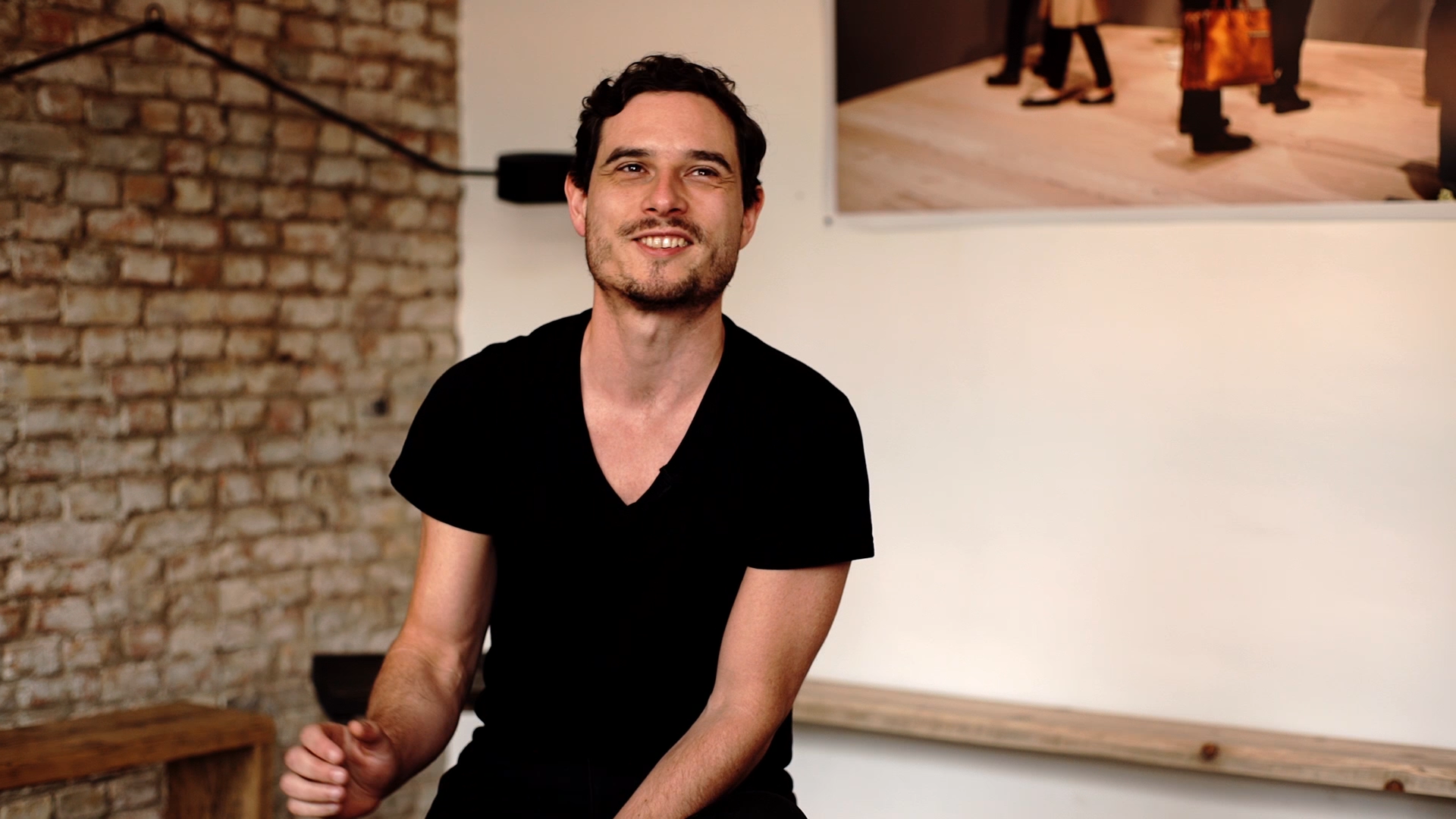
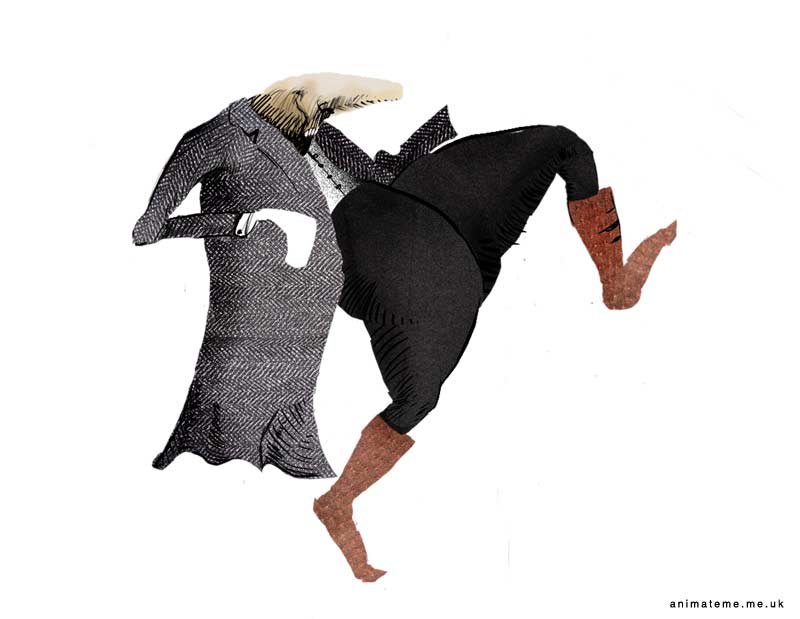

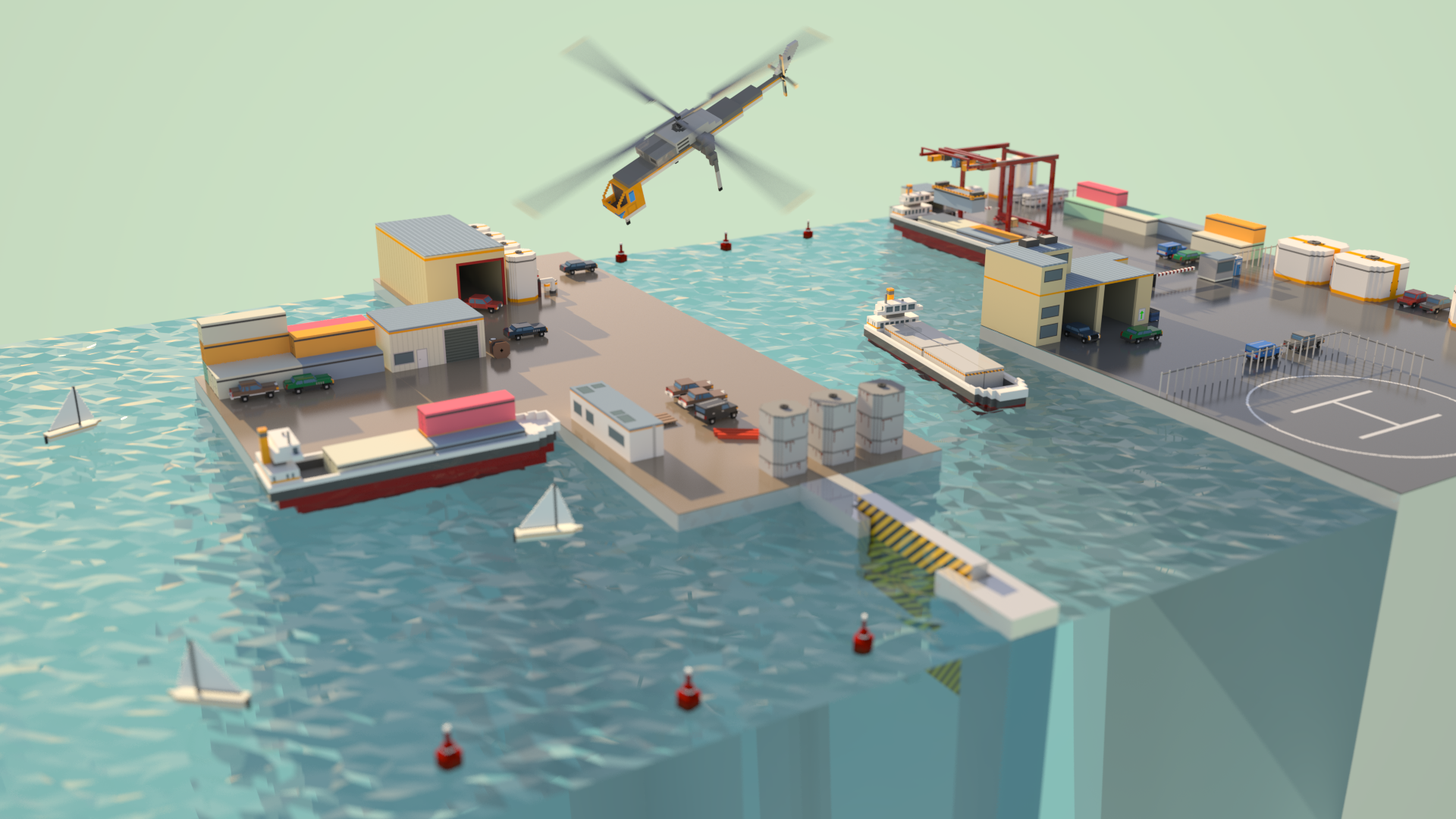
Hi I’m Jens and I would say that I am an animation director and designer. I worked a lot in commercials, made some short films as well and recently about one and a half/two years ago I started to also make mobile games with a friend of mine, which is a nice cross-over of interactive discipline and design stuff. I don’t do the coding. I just design.
Usually I don’t really work with myself but in a team of people, so when I did the designs they get send off to someone. When it is 3D to someone who models it and makes a rig and stuff like that and then I get them back, and in this case where I’m working at the moment i’m quite lucky because I need to animate it a little bit, which now I get to do very rarely, but I love it, it is really fun, so I got to animate kind of cherries and strawberries and stuff like that with faces on who do stupid things. And I do the previous animation, so just the keys, and then when that's done, it gets send to the client again. They look at it and probably they have a lot to say and that comes back and then there is the usual back and forth which we all know, and then from that point on, when stuff is designed and sort of the rudimentary animation is done, I jump into more kind of properly only directing roles because then then the proper animators who can animate way better than I can do the actual animation and then I’m in the position to give feedback and guide the project. And that’s in very broad term a typical day.
Can you remember your first experience with design?
I studied Illustration in my BA and it always bucked me a little bit that it’s one image and it’s difficult to tell a story and develop a character – I mean you could make a graphic novel, but then in my uni, which was back in England at this time, there we had electives, so for about 8 weeks you could do something completely different, so you could do ceramics if you wanted to, and I said: “Oh, I will try animation!” and I was hooked from that point on, even after that I converted all of my illustration bries that we got into animation briefs and just made animations. So I think this first contact was really intense in terms of that I noticed I can create a whole world and characters, it’s close to when a guy could give birth.
What was your most intense moment in your job so far?
That was back when I was doing my MA. I had a problem with one of the tutors and then I wrote this email to one of my classmates to try to get them on my side and I wrote something like “Oh yeah and those fuckers” and I sent this email and I’ve sent it to the entire staff of my university and I called them fuckers and that was quite embarrassing, but they took it actually really well and after that it was fine.
Where do you get your Inspiration from?
Visually there are some artists that I love like Alex Craig and Colin Bigelow. They are awesome guys, but I mean that is only one side. Than a lot of inspiration comes from music, while you listening to music, while you are working and sometimes I listen to comedy, I kind of like stupid things and silly little things, so that definitely plays into my work in an indirect way, it not visualize but it informs maybe what a character does or how I want them to sound. And then other stuff as well: I love architecture and kind of product design, so it is not like particular people but it is more currents of influences I think. And very often it is subconscious and I don’t even notice and then later I look back and then I think “Ah, that might have come from that!”, it is like this.
Which current trends in your profession are currently particular interesting for you?
When I started to work with my friend Matthias on the games, “Tiltgames” – that’s how we are called, the interactive component, like be the virtual reality or installations, that is something that I find massively intriguing. Because I think the medium might change and you have a VR-Headset or whatever or maybe in 50 years you plug something in your ear … who knows, but the kind of storytelling the interactive component is something that is always gonna be the chore, no matter what kind of technology you use to deliver it, so while you make a short film, it is more a passive experience for your audience, they sit down, you present them with everything laid out how you want it and you know, it is kind of perfect.
But then when it is interactive, it is a bit more risky, because suddenly people can do stuff and they do many unexpected things which you had never thought about it and you have to kind of think about it or not and sort of let them stumble into it. I find that is a great thing, because it is so open.
Some words to future animators?
One thing that someone said to me very early on was: If you are freelancing and you apply for a job and you don’t get a reply, that might not be because they think you are not good enough or whatever, but it might be that currently don’t need the skills you have. So one side I kind of understood that, not getting a reply to me putting myself out there for jobs felt a lot less daunting, because I always thought: “Okay, that doesn’t mean that they think I am shit”, like maybe they don’t have a project going on and especially small studios might not always have something or they are not looking for an after effects guy at the moment and you have to keep trying making stuff and I think the more you work the luckier you get. That was one of the best pieces of advice I got early on together with another one:
Someone said if you fall a bit behind with your work, don’t stay until ten or eleven in the studio try and ask them if you can come in on saturday because they wont to pay overtime but they will pay another day. That was also good I think.
Berlin, Juni 2016
Hi I’m Jens and I would say that I am an animation director and designer. I worked a lot in commercials, made some short films as well and recently about one and a half/two years ago I started to also make mobile games with a friend of mine, which is a nice cross-over of interactive discipline and design stuff. I don’t do the coding. I just design.
Usually I don’t really work with myself but in a team of people, so when I did the designs they get send off to someone. When it is 3D to someone who models it and makes a rig and stuff like that and then I get them back, and in this case where I’m working at the moment i’m quite lucky because I need to animate it a little bit, which now I get to do very rarely, but I love it, it is really fun, so I got to animate kind of cherries and strawberries and stuff like that with faces on who do stupid things. And I do the previous animation, so just the keys, and then when that's done, it gets send to the client again. They look at it and probably they have a lot to say and that comes back and then there is the usual back and forth which we all know, and then from that point on, when stuff is designed and sort of the rudimentary animation is done, I jump into more kind of properly only directing roles because then then the proper animators who can animate way better than I can do the actual animation and then I’m in the position to give feedback and guide the project. And that’s in very broad term a typical day.
Can you remember your first experience with design?
I studied Illustration in my BA and it always bucked me a little bit that it’s one image and it’s difficult to tell a story and develop a character – I mean you could make a graphic novel, but then in my uni, which was back in England at this time, there we had electives, so for about 8 weeks you could do something completely different, so you could do ceramics if you wanted to, and I said: “Oh, I will try animation!” and I was hooked from that point on, even after that I converted all of my illustration bries that we got into animation briefs and just made animations. So I think this first contact was really intense in terms of that I noticed I can create a whole world and characters, it’s close to when a guy could give birth.
What was your most intense moment in your job so far?
That was back when I was doing my MA. I had a problem with one of the tutors and then I wrote this email to one of my classmates to try to get them on my side and I wrote something like “Oh yeah and those fuckers” and I sent this email and I’ve sent it to the entire staff of my university and I called them fuckers and that was quite embarrassing, but they took it actually really well and after that it was fine.
Where do you get your Inspiration from?
Visually there are some artists that I love like Alex Craig and Colin Bigelow. They are awesome guys, but I mean that is only one side. Than a lot of inspiration comes from music, while you listening to music, while you are working and sometimes I listen to comedy, I kind of like stupid things and silly little things, so that definitely plays into my work in an indirect way, it not visualize but it informs maybe what a character does or how I want them to sound. And then other stuff as well: I love architecture and kind of product design, so it is not like particular people but it is more currents of influences I think. And very often it is subconscious and I don’t even notice and then later I look back and then I think “Ah, that might have come from that!”, it is like this.
Which current trends in your profession are currently particular interesting for you?
When I started to work with my friend Matthias on the games, “Tiltgames” – that’s how we are called, the interactive component, like be the virtual reality or installations, that is something that I find massively intriguing. Because I think the medium might change and you have a VR-Headset or whatever or maybe in 50 years you plug something in your ear … who knows, but the kind of storytelling the interactive component is something that is always gonna be the chore, no matter what kind of technology you use to deliver it, so while you make a short film, it is more a passive experience for your audience, they sit down, you present them with everything laid out how you want it and you know, it is kind of perfect.
But then when it is interactive, it is a bit more risky, because suddenly people can do stuff and they do many unexpected things which you had never thought about it and you have to kind of think about it or not and sort of let them stumble into it. I find that is a great thing, because it is so open.
Some words to future animators?
One thing that someone said to me very early on was: If you are freelancing and you apply for a job and you don’t get a reply, that might not be because they think you are not good enough or whatever, but it might be that currently don’t need the skills you have. So one side I kind of understood that, not getting a reply to me putting myself out there for jobs felt a lot less daunting, because I always thought: “Okay, that doesn’t mean that they think I am shit”, like maybe they don’t have a project going on and especially small studios might not always have something or they are not looking for an after effects guy at the moment and you have to keep trying making stuff and I think the more you work the luckier you get. That was one of the best pieces of advice I got early on together with another one:
Someone said if you fall a bit behind with your work, don’t stay until ten or eleven in the studio try and ask them if you can come in on saturday because they wont to pay overtime but they will pay another day. That was also good I think.
Berlin, Juni 2016
Hi I’m Jens and I would say that I am an animation director and designer. I worked a lot in commercials, made some short films as well and recently about one and a half/two years ago I started to also make mobile games with a friend of mine, which is a nice cross-over of interactive discipline and design stuff. I don’t do the coding. I just design.
Usually I don’t really work with myself but in a team of people, so when I did the designs they get send off to someone. When it is 3D to someone who models it and makes a rig and stuff like that and then I get them back, and in this case where I’m working at the moment i’m quite lucky because I need to animate it a little bit, which now I get to do very rarely, but I love it, it is really fun, so I got to animate kind of cherries and strawberries and stuff like that with faces on who do stupid things. And I do the previous animation, so just the keys, and then when that's done, it gets send to the client again. They look at it and probably they have a lot to say and that comes back and then there is the usual back and forth which we all know, and then from that point on, when stuff is designed and sort of the rudimentary animation is done, I jump into more kind of properly only directing roles because then then the proper animators who can animate way better than I can do the actual animation and then I’m in the position to give feedback and guide the project. And that’s in very broad term a typical day.
Can you remember your first experience with design?
I studied Illustration in my BA and it always bucked me a little bit that it’s one image and it’s difficult to tell a story and develop a character – I mean you could make a graphic novel, but then in my uni, which was back in England at this time, there we had electives, so for about 8 weeks you could do something completely different, so you could do ceramics if you wanted to, and I said: “Oh, I will try animation!” and I was hooked from that point on, even after that I converted all of my illustration bries that we got into animation briefs and just made animations. So I think this first contact was really intense in terms of that I noticed I can create a whole world and characters, it’s close to when a guy could give birth.
What was your most intense moment in your job so far?
That was back when I was doing my MA. I had a problem with one of the tutors and then I wrote this email to one of my classmates to try to get them on my side and I wrote something like “Oh yeah and those fuckers” and I sent this email and I’ve sent it to the entire staff of my university and I called them fuckers and that was quite embarrassing, but they took it actually really well and after that it was fine.
Where do you get your Inspiration from?
Visually there are some artists that I love like Alex Craig and Colin Bigelow. They are awesome guys, but I mean that is only one side. Than a lot of inspiration comes from music, while you listening to music, while you are working and sometimes I listen to comedy, I kind of like stupid things and silly little things, so that definitely plays into my work in an indirect way, it not visualize but it informs maybe what a character does or how I want them to sound. And then other stuff as well: I love architecture and kind of product design, so it is not like particular people but it is more currents of influences I think. And very often it is subconscious and I don’t even notice and then later I look back and then I think “Ah, that might have come from that!”, it is like this.
Which current trends in your profession are currently particular interesting for you?
When I started to work with my friend Matthias on the games, “Tiltgames” – that’s how we are called, the interactive component, like be the virtual reality or installations, that is something that I find massively intriguing. Because I think the medium might change and you have a VR-Headset or whatever or maybe in 50 years you plug something in your ear … who knows, but the kind of storytelling the interactive component is something that is always gonna be the chore, no matter what kind of technology you use to deliver it, so while you make a short film, it is more a passive experience for your audience, they sit down, you present them with everything laid out how you want it and you know, it is kind of perfect.
But then when it is interactive, it is a bit more risky, because suddenly people can do stuff and they do many unexpected things which you had never thought about it and you have to kind of think about it or not and sort of let them stumble into it. I find that is a great thing, because it is so open.
Some words to future animators?
One thing that someone said to me very early on was: If you are freelancing and you apply for a job and you don’t get a reply, that might not be because they think you are not good enough or whatever, but it might be that currently don’t need the skills you have. So one side I kind of understood that, not getting a reply to me putting myself out there for jobs felt a lot less daunting, because I always thought: “Okay, that doesn’t mean that they think I am shit”, like maybe they don’t have a project going on and especially small studios might not always have something or they are not looking for an after effects guy at the moment and you have to keep trying making stuff and I think the more you work the luckier you get. That was one of the best pieces of advice I got early on together with another one:
Someone said if you fall a bit behind with your work, don’t stay until ten or eleven in the studio try and ask them if you can come in on saturday because they wont to pay overtime but they will pay another day. That was also good I think.
Berlin, Juni 2016
Hi I’m Jens and I would say that I am an animation director and designer. I worked a lot in commercials, made some short films as well and recently about one and a half/two years ago I started to also make mobile games with a friend of mine, which is a nice cross-over of interactive discipline and design stuff. I don’t do the coding. I just design.
Usually I don’t really work with myself but in a team of people, so when I did the designs they get send off to someone. When it is 3D to someone who models it and makes a rig and stuff like that and then I get them back, and in this case where I’m working at the moment i’m quite lucky because I need to animate it a little bit, which now I get to do very rarely, but I love it, it is really fun, so I got to animate kind of cherries and strawberries and stuff like that with faces on who do stupid things. And I do the previous animation, so just the keys, and then when that's done, it gets send to the client again. They look at it and probably they have a lot to say and that comes back and then there is the usual back and forth which we all know, and then from that point on, when stuff is designed and sort of the rudimentary animation is done, I jump into more kind of properly only directing roles because then then the proper animators who can animate way better than I can do the actual animation and then I’m in the position to give feedback and guide the project. And that’s in very broad term a typical day.
Can you remember your first experience with design?
I studied Illustration in my BA and it always bucked me a little bit that it’s one image and it’s difficult to tell a story and develop a character – I mean you could make a graphic novel, but then in my uni, which was back in England at this time, there we had electives, so for about 8 weeks you could do something completely different, so you could do ceramics if you wanted to, and I said: “Oh, I will try animation!” and I was hooked from that point on, even after that I converted all of my illustration bries that we got into animation briefs and just made animations. So I think this first contact was really intense in terms of that I noticed I can create a whole world and characters, it’s close to when a guy could give birth.
What was your most intense moment in your job so far?
That was back when I was doing my MA. I had a problem with one of the tutors and then I wrote this email to one of my classmates to try to get them on my side and I wrote something like “Oh yeah and those fuckers” and I sent this email and I’ve sent it to the entire staff of my university and I called them fuckers and that was quite embarrassing, but they took it actually really well and after that it was fine.
Where do you get your Inspiration from?
Visually there are some artists that I love like Alex Craig and Colin Bigelow. They are awesome guys, but I mean that is only one side. Than a lot of inspiration comes from music, while you listening to music, while you are working and sometimes I listen to comedy, I kind of like stupid things and silly little things, so that definitely plays into my work in an indirect way, it not visualize but it informs maybe what a character does or how I want them to sound. And then other stuff as well: I love architecture and kind of product design, so it is not like particular people but it is more currents of influences I think. And very often it is subconscious and I don’t even notice and then later I look back and then I think “Ah, that might have come from that!”, it is like this.
Which current trends in your profession are currently particular interesting for you?
When I started to work with my friend Matthias on the games, “Tiltgames” – that’s how we are called, the interactive component, like be the virtual reality or installations, that is something that I find massively intriguing. Because I think the medium might change and you have a VR-Headset or whatever or maybe in 50 years you plug something in your ear … who knows, but the kind of storytelling the interactive component is something that is always gonna be the chore, no matter what kind of technology you use to deliver it, so while you make a short film, it is more a passive experience for your audience, they sit down, you present them with everything laid out how you want it and you know, it is kind of perfect.
But then when it is interactive, it is a bit more risky, because suddenly people can do stuff and they do many unexpected things which you had never thought about it and you have to kind of think about it or not and sort of let them stumble into it. I find that is a great thing, because it is so open.
Some words to future animators?
One thing that someone said to me very early on was: If you are freelancing and you apply for a job and you don’t get a reply, that might not be because they think you are not good enough or whatever, but it might be that currently don’t need the skills you have. So one side I kind of understood that, not getting a reply to me putting myself out there for jobs felt a lot less daunting, because I always thought: “Okay, that doesn’t mean that they think I am shit”, like maybe they don’t have a project going on and especially small studios might not always have something or they are not looking for an after effects guy at the moment and you have to keep trying making stuff and I think the more you work the luckier you get. That was one of the best pieces of advice I got early on together with another one:
Someone said if you fall a bit behind with your work, don’t stay until ten or eleven in the studio try and ask them if you can come in on saturday because they wont to pay overtime but they will pay another day. That was also good I think.
Berlin, Juni 2016
Hi I’m Jens and I would say that I am an animation director and designer. I worked a lot in commercials, made some short films as well and recently about one and a half/two years ago I started to also make mobile games with a friend of mine, which is a nice cross-over of interactive discipline and design stuff. I don’t do the coding. I just design.
Usually I don’t really work with myself but in a team of people, so when I did the designs they get send off to someone. When it is 3D to someone who models it and makes a rig and stuff like that and then I get them back, and in this case where I’m working at the moment i’m quite lucky because I need to animate it a little bit, which now I get to do very rarely, but I love it, it is really fun, so I got to animate kind of cherries and strawberries and stuff like that with faces on who do stupid things. And I do the previous animation, so just the keys, and then when that's done, it gets send to the client again. They look at it and probably they have a lot to say and that comes back and then there is the usual back and forth which we all know, and then from that point on, when stuff is designed and sort of the rudimentary animation is done, I jump into more kind of properly only directing roles because then then the proper animators who can animate way better than I can do the actual animation and then I’m in the position to give feedback and guide the project. And that’s in very broad term a typical day.
Can you remember your first experience with design?
I studied Illustration in my BA and it always bucked me a little bit that it’s one image and it’s difficult to tell a story and develop a character – I mean you could make a graphic novel, but then in my uni, which was back in England at this time, there we had electives, so for about 8 weeks you could do something completely different, so you could do ceramics if you wanted to, and I said: “Oh, I will try animation!” and I was hooked from that point on, even after that I converted all of my illustration bries that we got into animation briefs and just made animations. So I think this first contact was really intense in terms of that I noticed I can create a whole world and characters, it’s close to when a guy could give birth.
What was your most intense moment in your job so far?
That was back when I was doing my MA. I had a problem with one of the tutors and then I wrote this email to one of my classmates to try to get them on my side and I wrote something like “Oh yeah and those fuckers” and I sent this email and I’ve sent it to the entire staff of my university and I called them fuckers and that was quite embarrassing, but they took it actually really well and after that it was fine.
Where do you get your Inspiration from?
Visually there are some artists that I love like Alex Craig and Colin Bigelow. They are awesome guys, but I mean that is only one side. Than a lot of inspiration comes from music, while you listening to music, while you are working and sometimes I listen to comedy, I kind of like stupid things and silly little things, so that definitely plays into my work in an indirect way, it not visualize but it informs maybe what a character does or how I want them to sound. And then other stuff as well: I love architecture and kind of product design, so it is not like particular people but it is more currents of influences I think. And very often it is subconscious and I don’t even notice and then later I look back and then I think “Ah, that might have come from that!”, it is like this.
Which current trends in your profession are currently particular interesting for you?
When I started to work with my friend Matthias on the games, “Tiltgames” – that’s how we are called, the interactive component, like be the virtual reality or installations, that is something that I find massively intriguing. Because I think the medium might change and you have a VR-Headset or whatever or maybe in 50 years you plug something in your ear … who knows, but the kind of storytelling the interactive component is something that is always gonna be the chore, no matter what kind of technology you use to deliver it, so while you make a short film, it is more a passive experience for your audience, they sit down, you present them with everything laid out how you want it and you know, it is kind of perfect.
But then when it is interactive, it is a bit more risky, because suddenly people can do stuff and they do many unexpected things which you had never thought about it and you have to kind of think about it or not and sort of let them stumble into it. I find that is a great thing, because it is so open.
Some words to future animators?
One thing that someone said to me very early on was: If you are freelancing and you apply for a job and you don’t get a reply, that might not be because they think you are not good enough or whatever, but it might be that currently don’t need the skills you have. So one side I kind of understood that, not getting a reply to me putting myself out there for jobs felt a lot less daunting, because I always thought: “Okay, that doesn’t mean that they think I am shit”, like maybe they don’t have a project going on and especially small studios might not always have something or they are not looking for an after effects guy at the moment and you have to keep trying making stuff and I think the more you work the luckier you get. That was one of the best pieces of advice I got early on together with another one:
Someone said if you fall a bit behind with your work, don’t stay until ten or eleven in the studio try and ask them if you can come in on saturday because they wont to pay overtime but they will pay another day. That was also good I think.
Berlin, Juni 2016
weitere Inspirationen
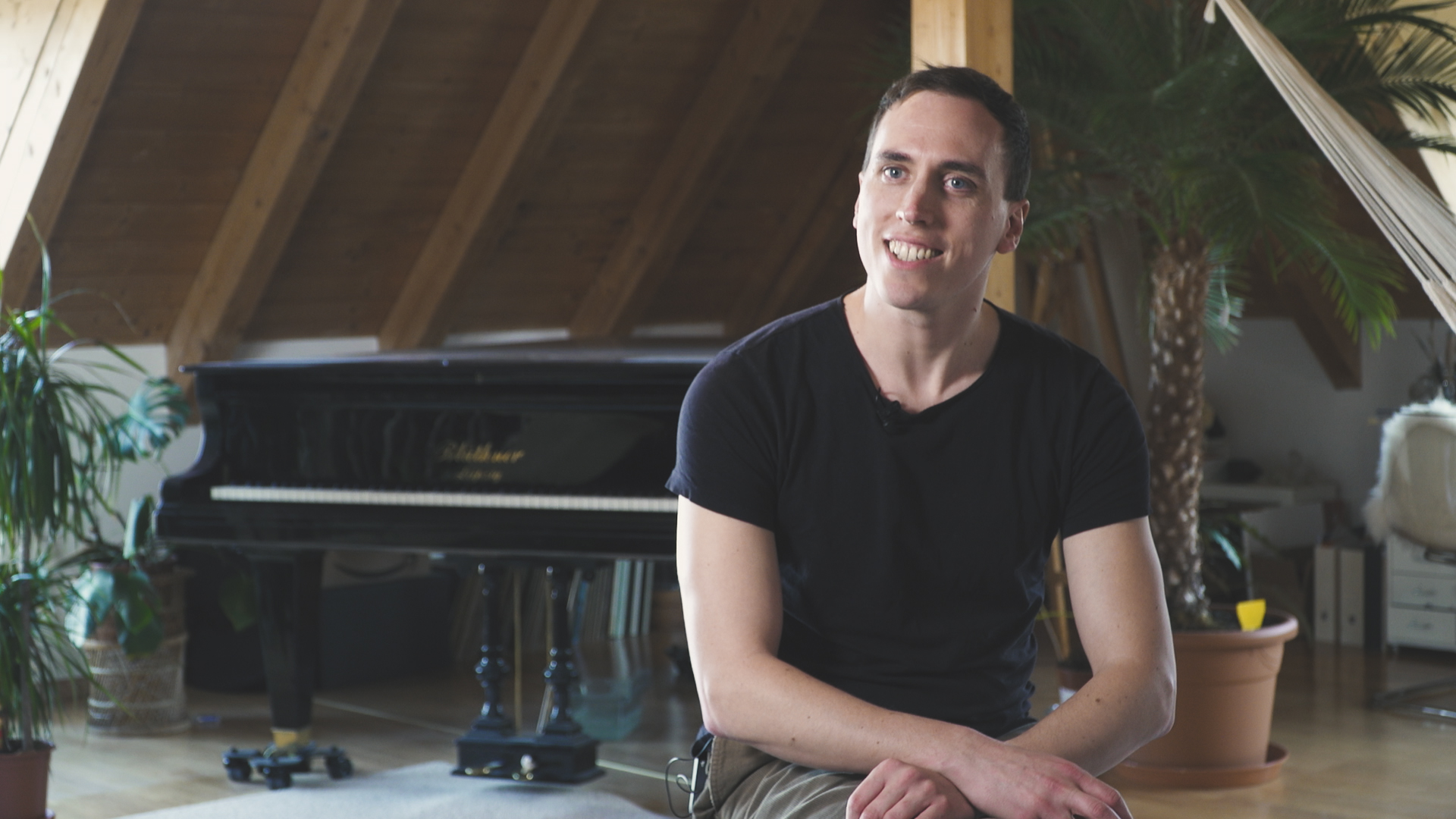
Martin KohlstedtMusician
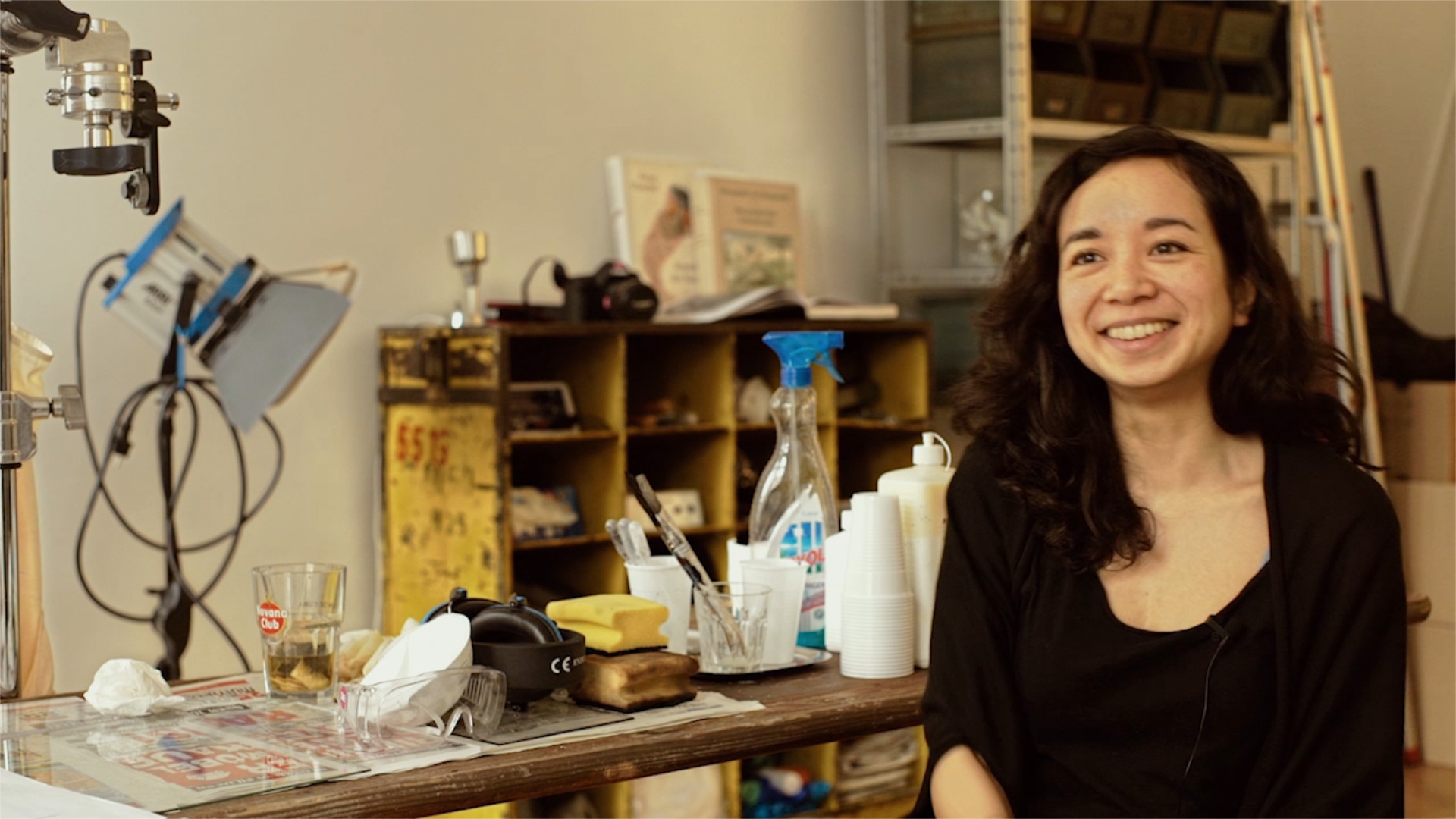
Susi SieFilmemacherin
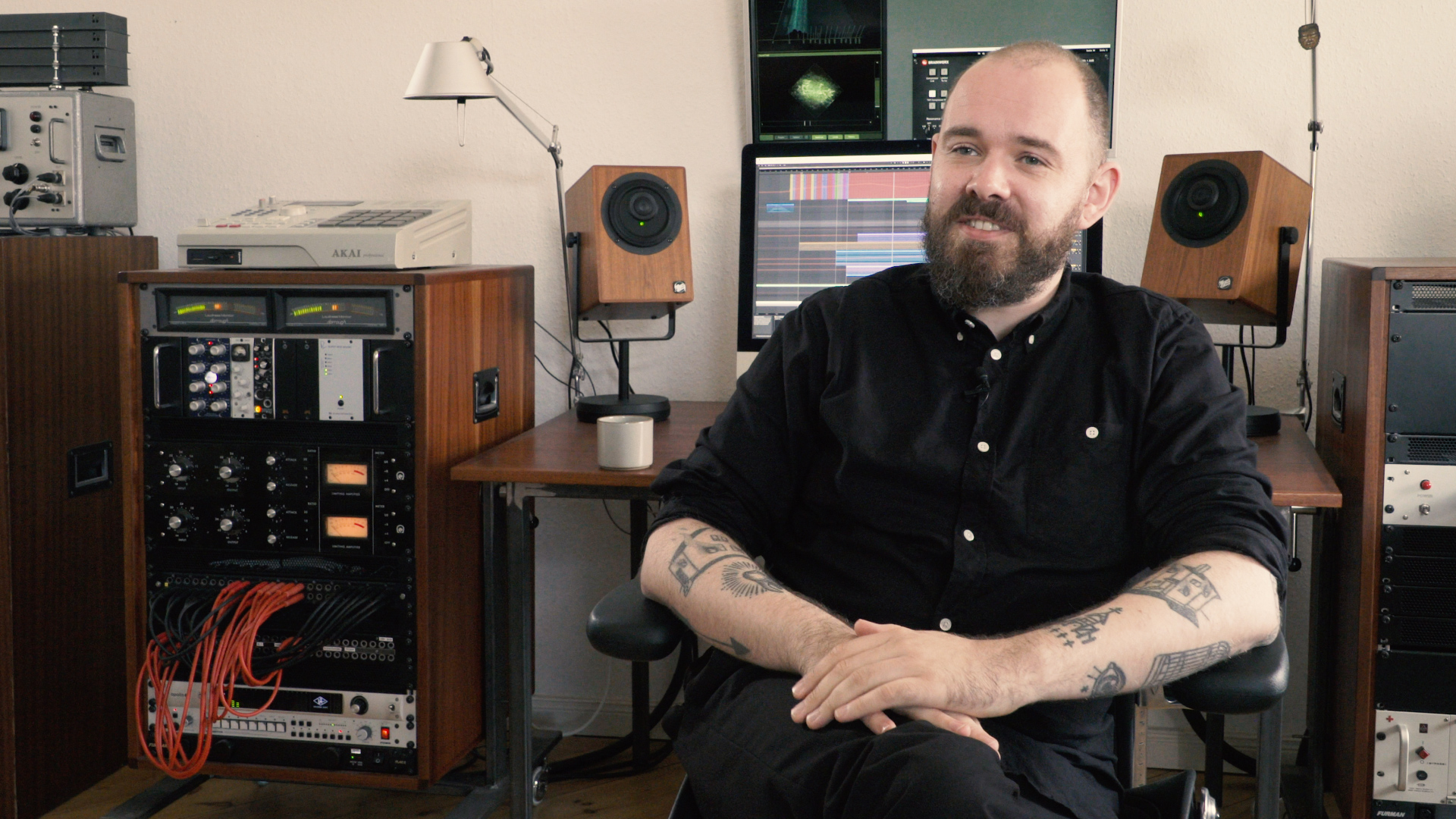
Ben Lukas BoysenMusician
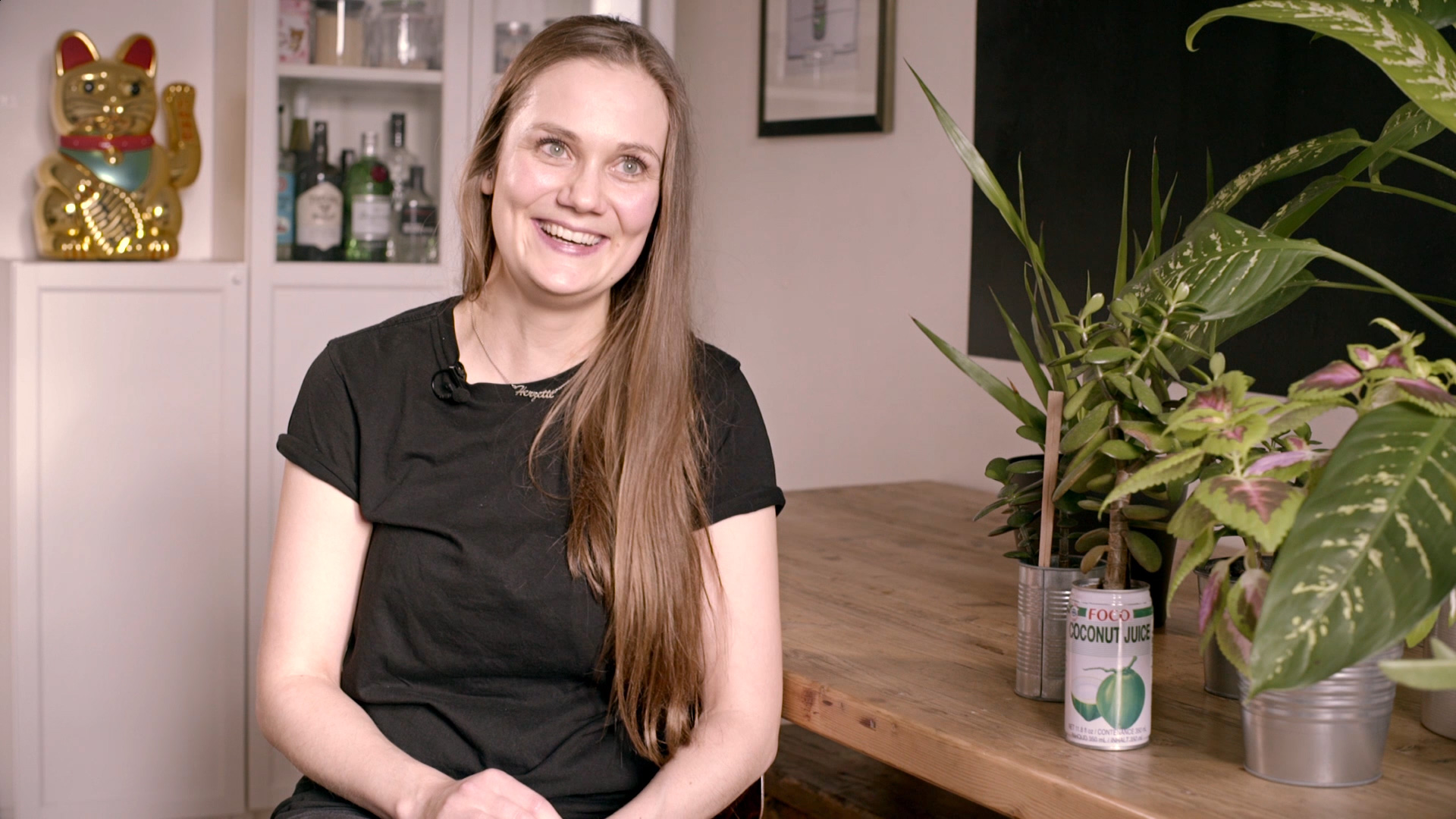
Henriette RietzVisual Storytellerin & Designerin
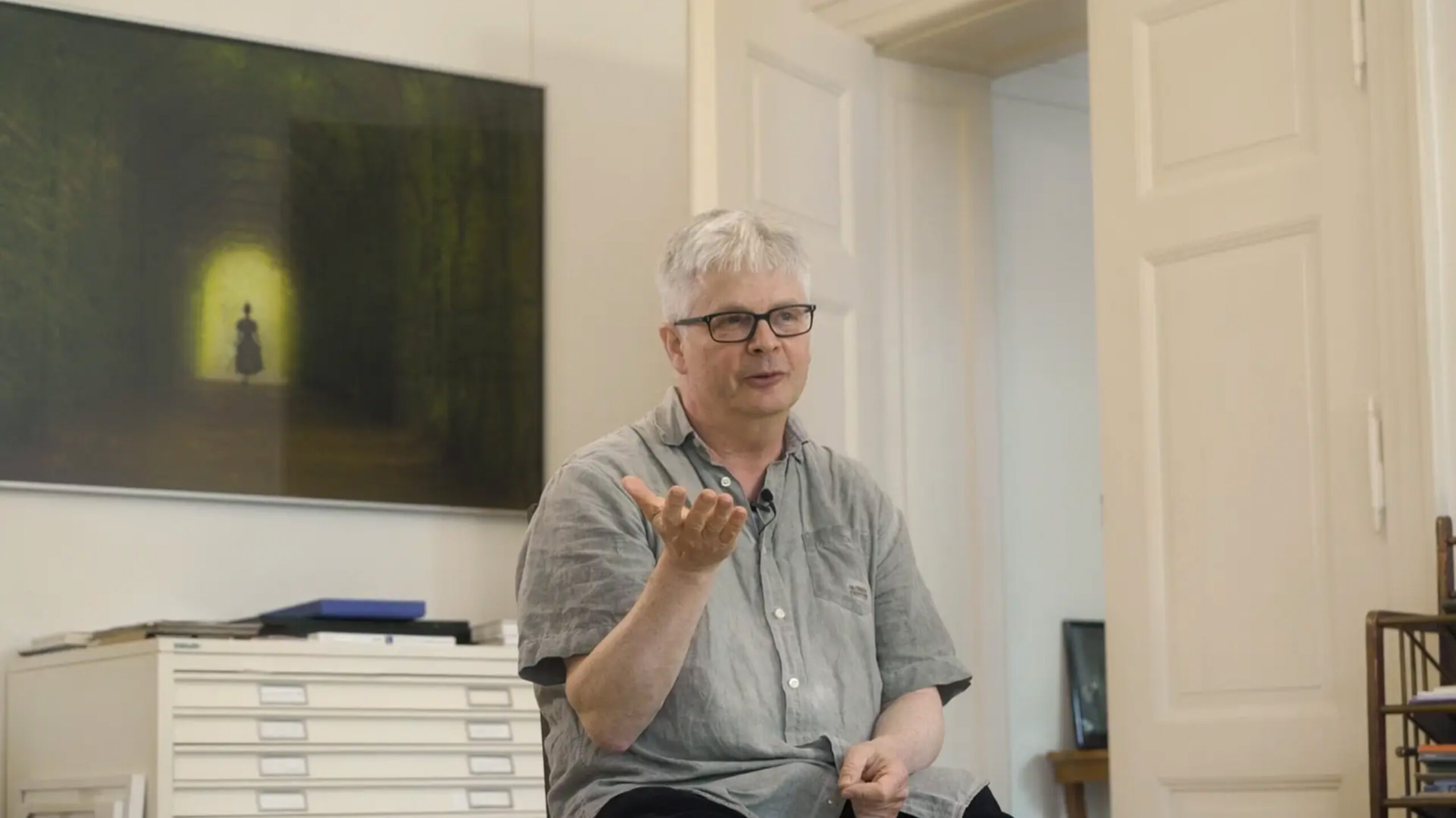
Prof. Matthias LeupoldFotograf
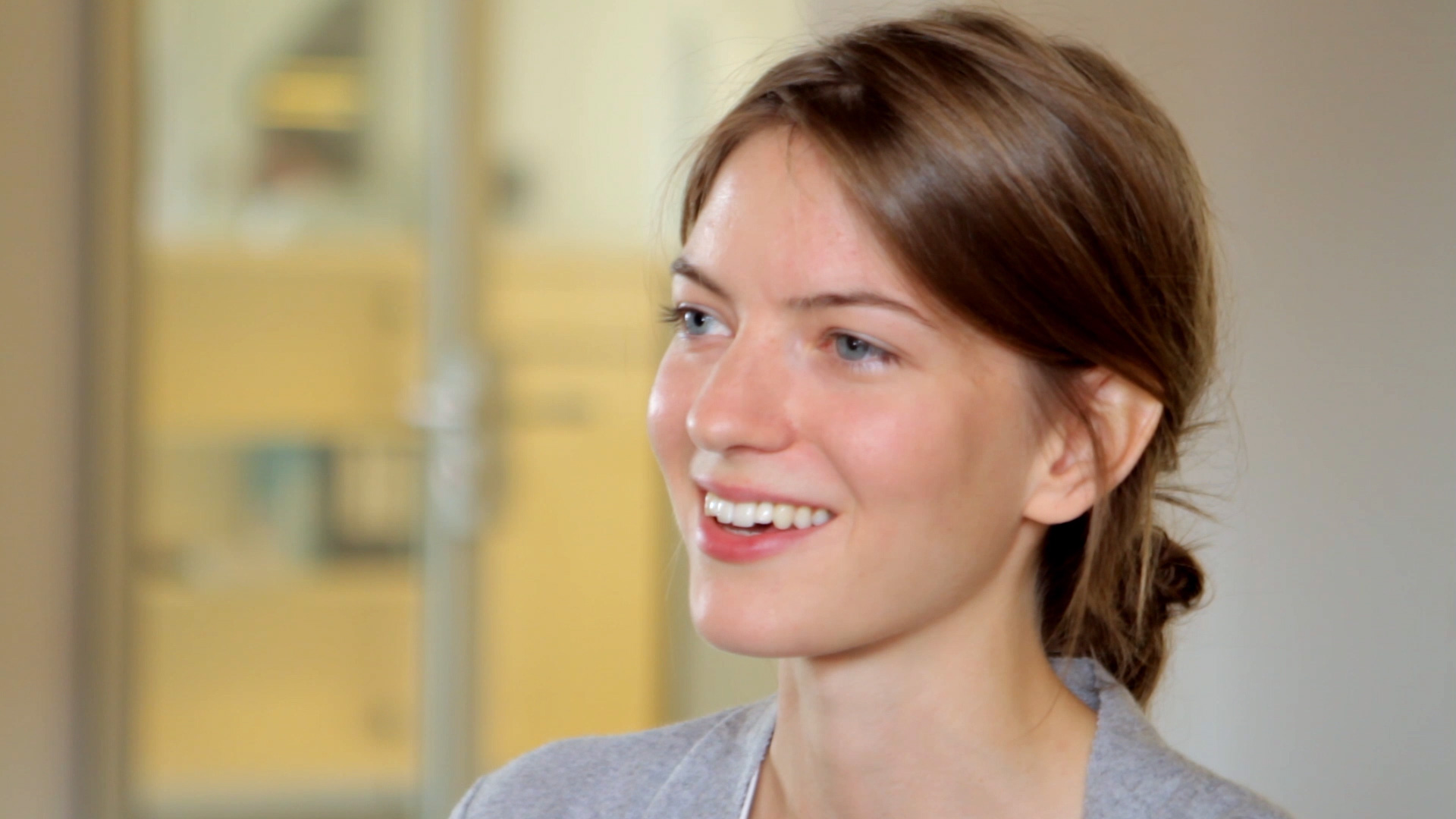
Maria GrejcIllustratorin
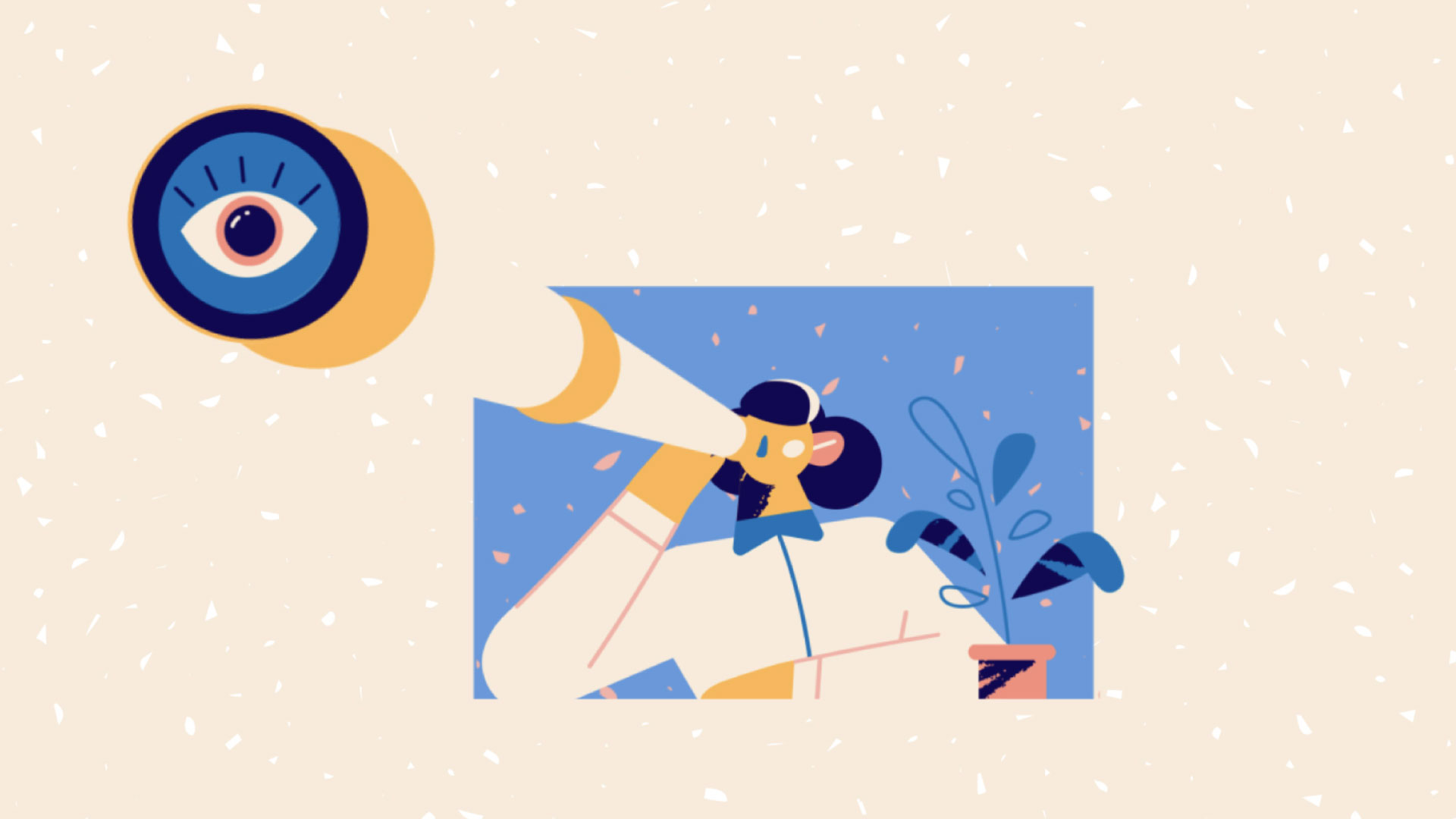
Dinos & TeacupsIllustration & Animation Studio
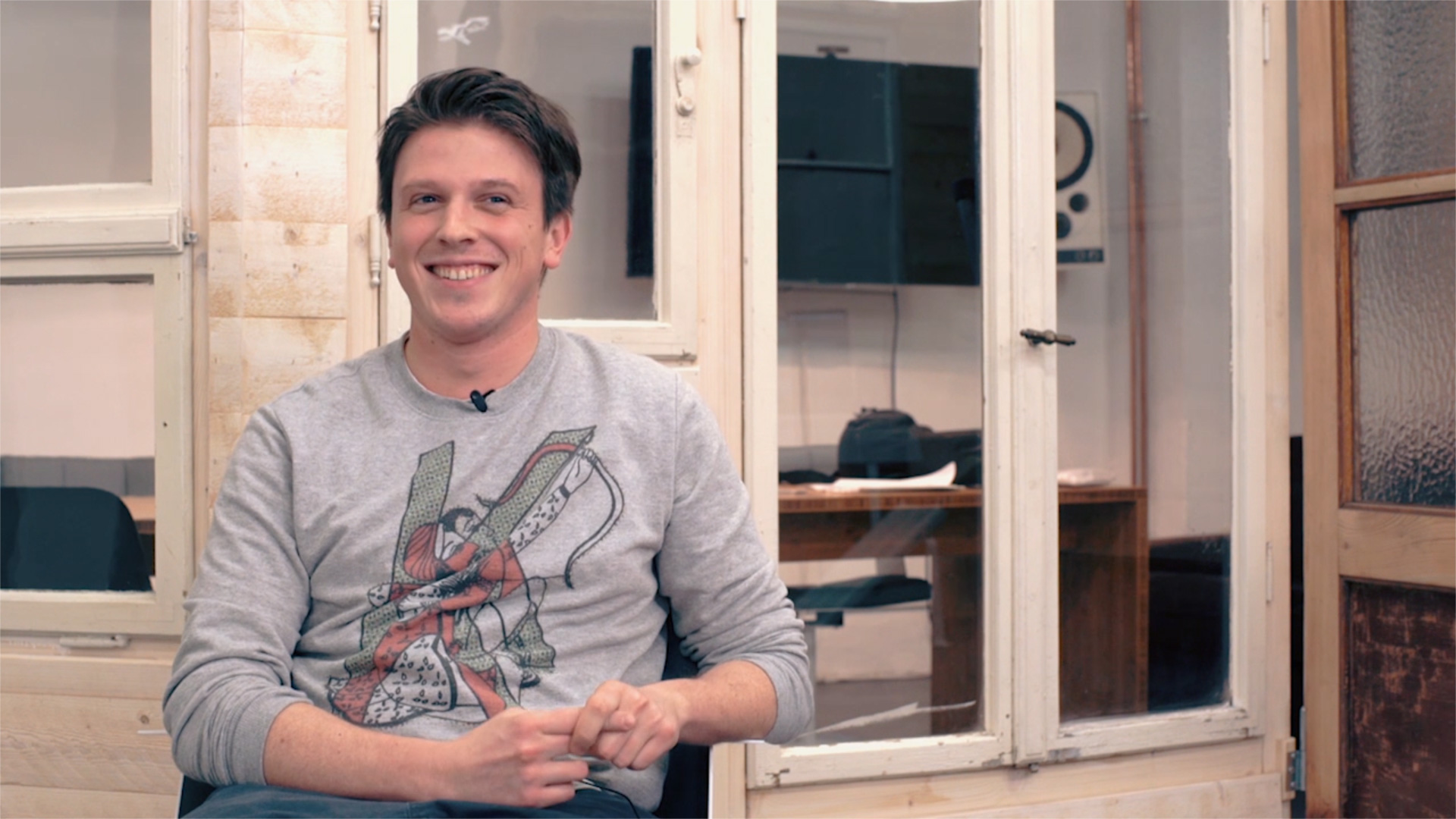
Sebastian von GumpertHead of Production
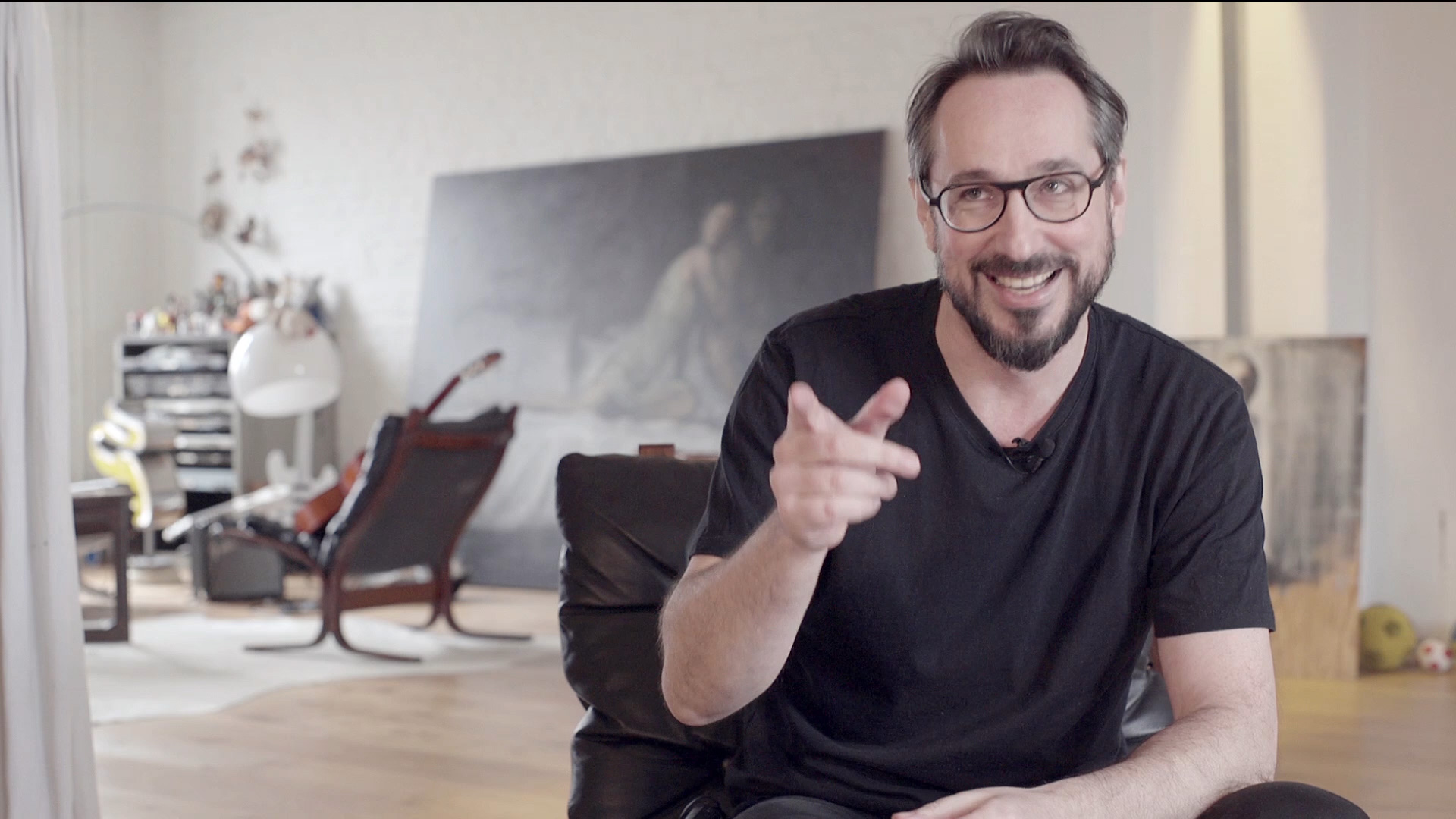
Fons HickmannGestalter & Autor
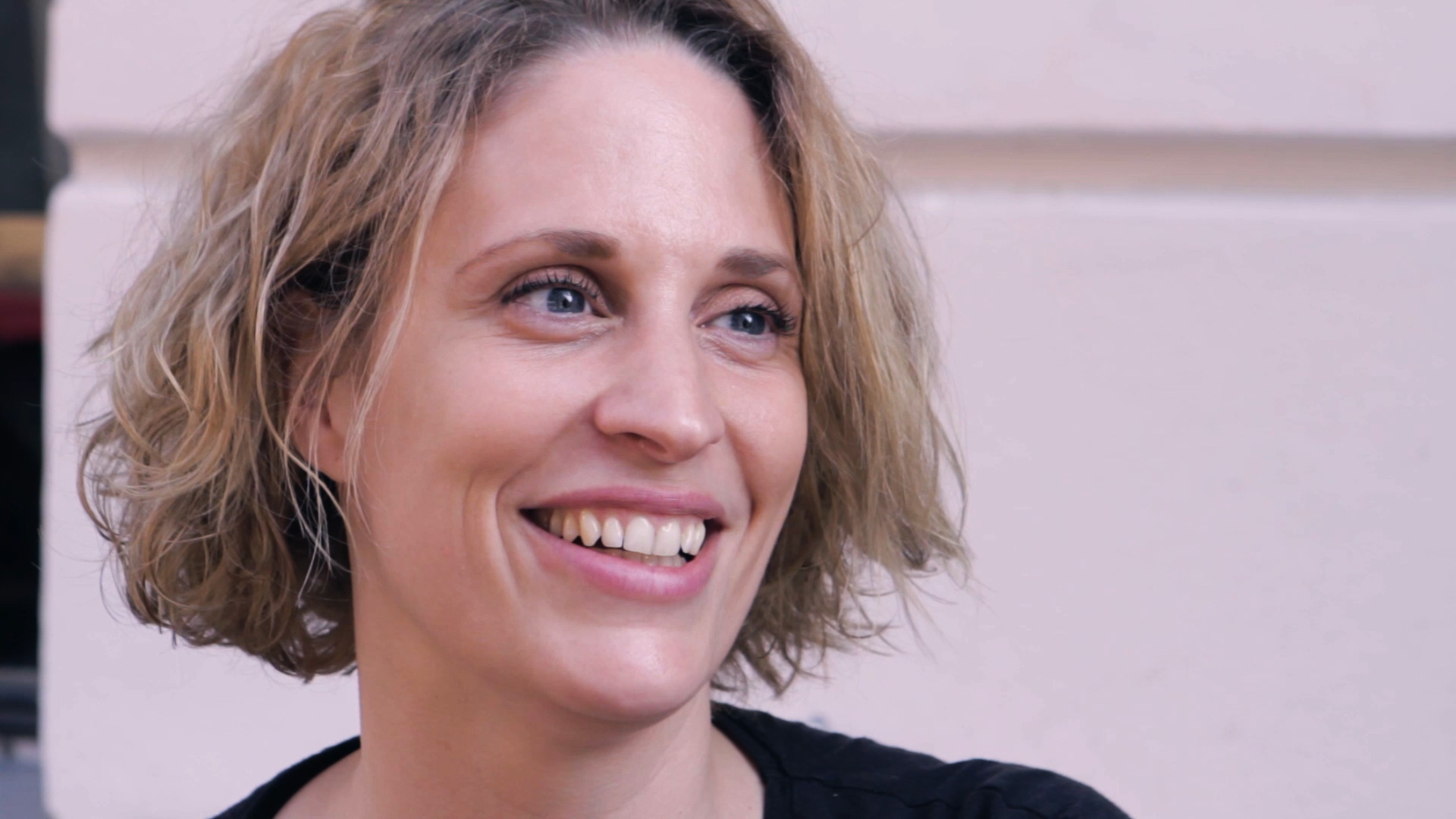
Pia DjukicFilmemacherin
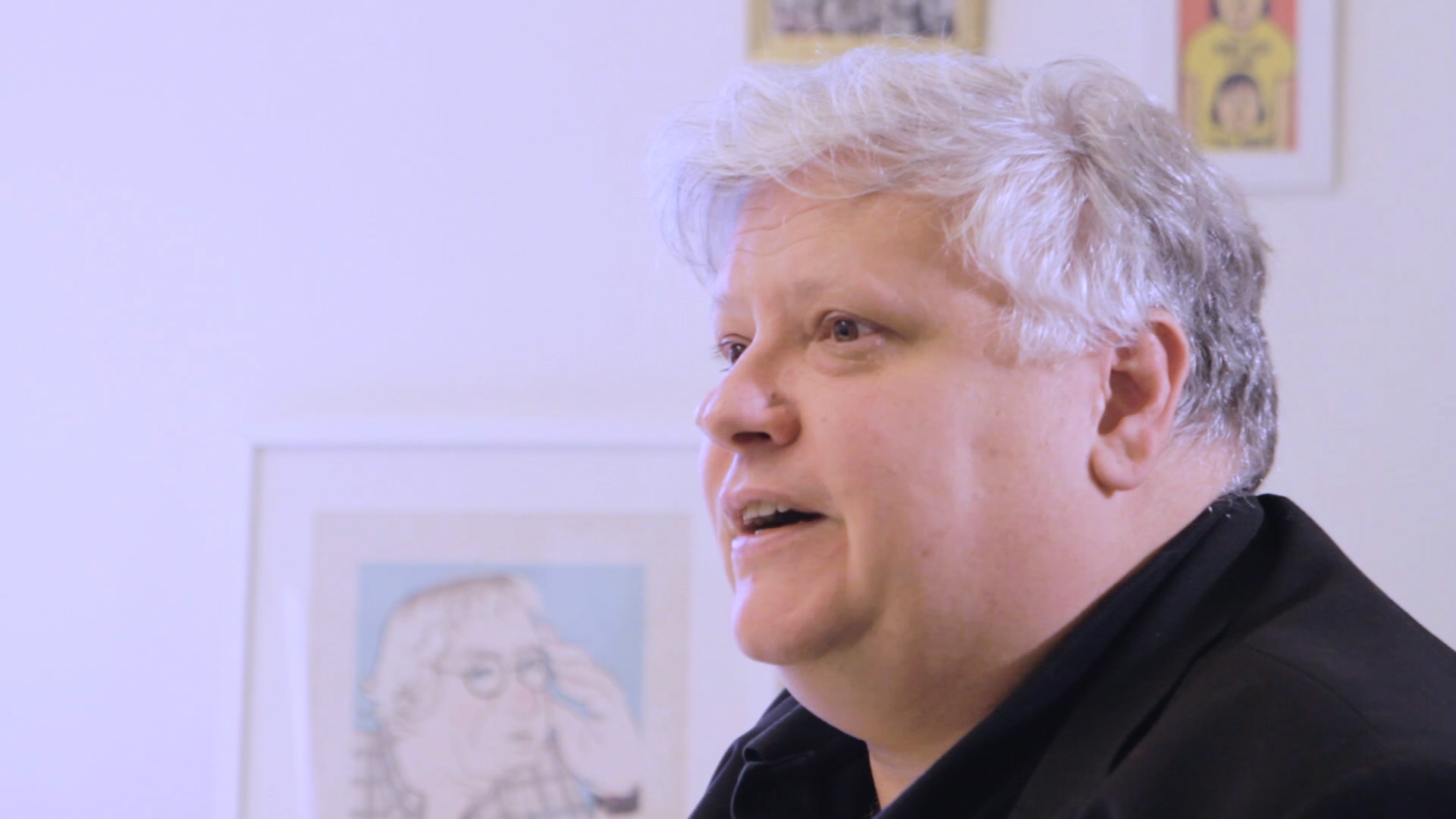
Zoran BihacFilmemacher
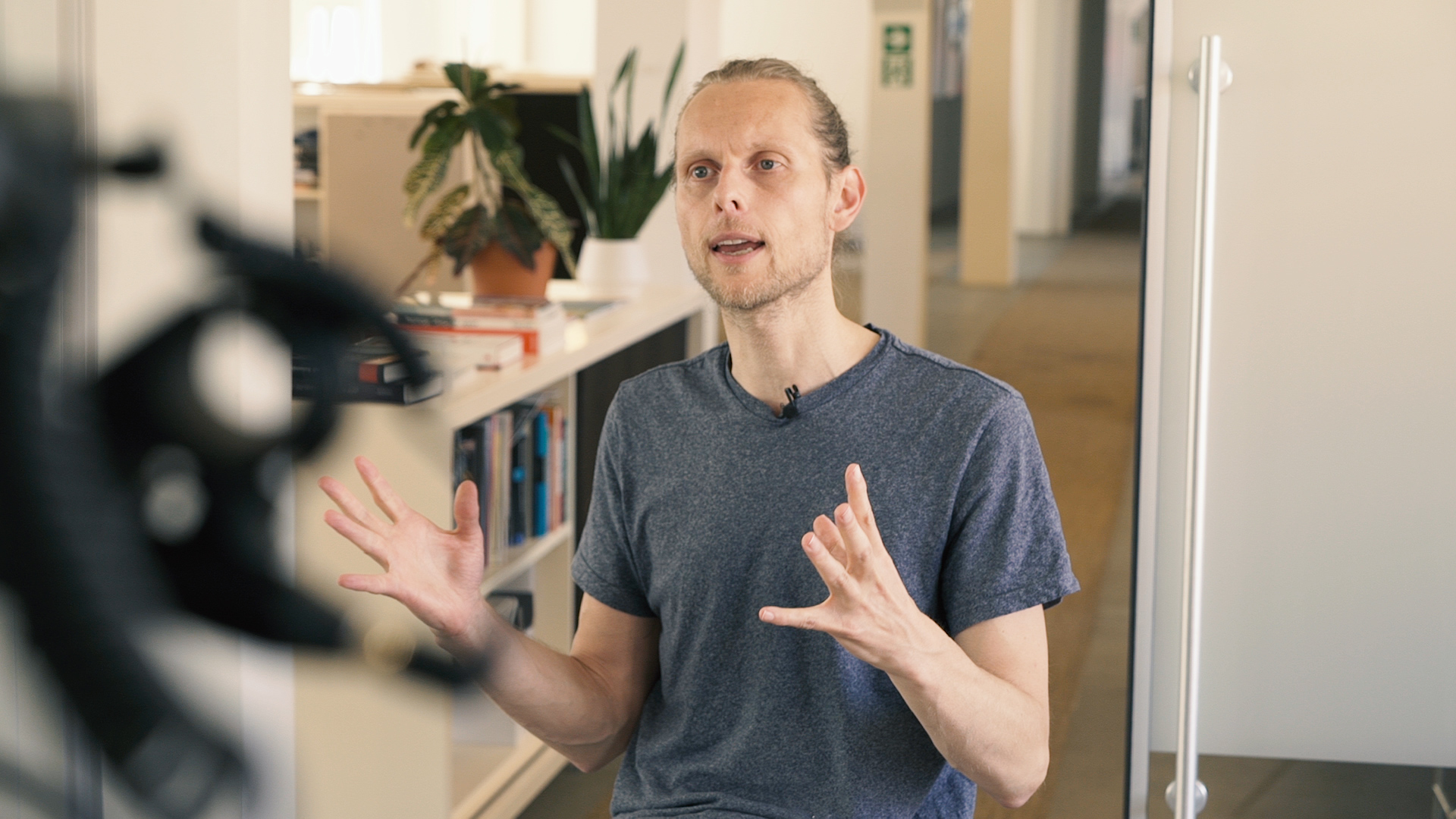
Christen BachAnimator
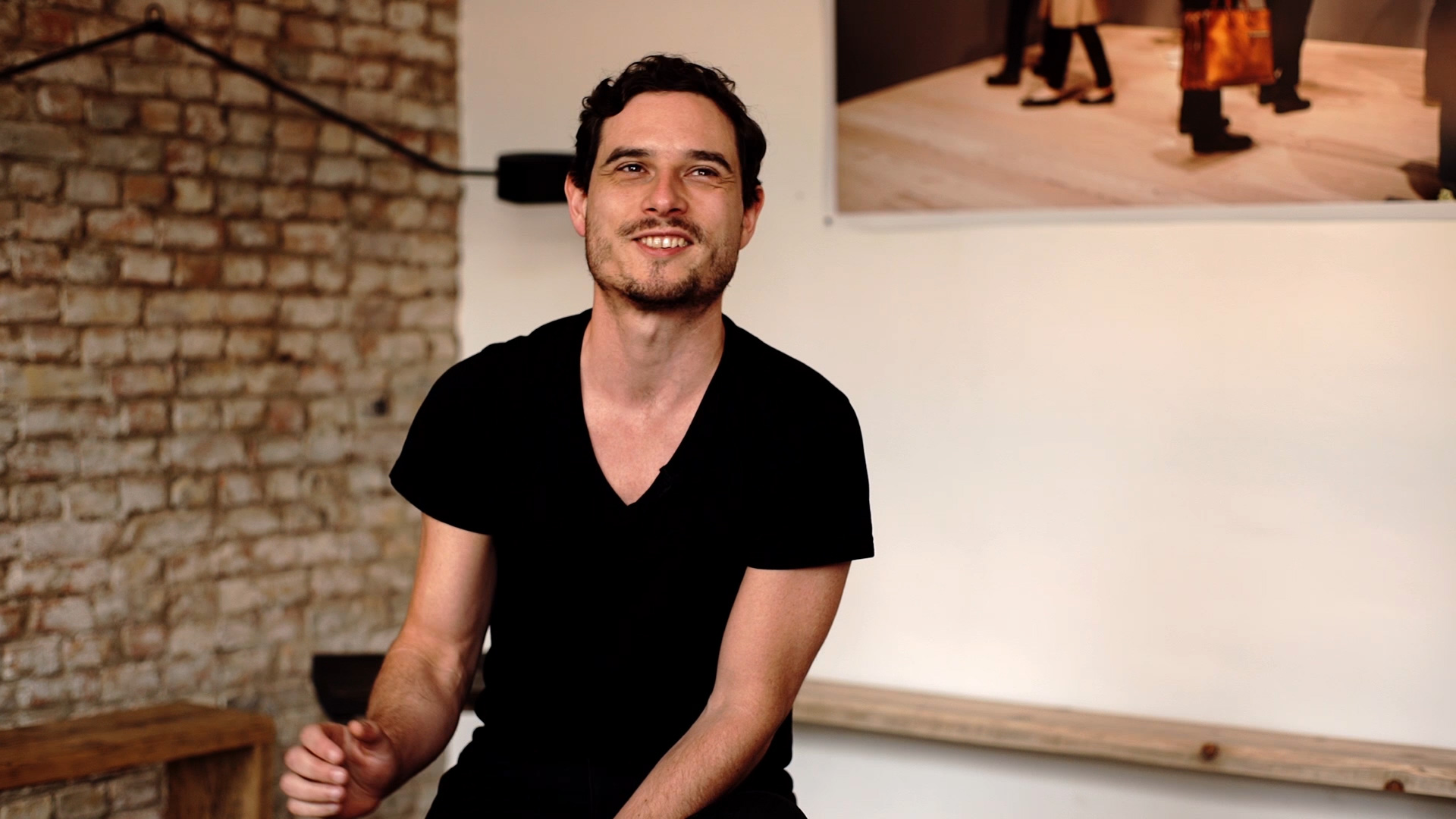
Jens BlankDirector & Designer
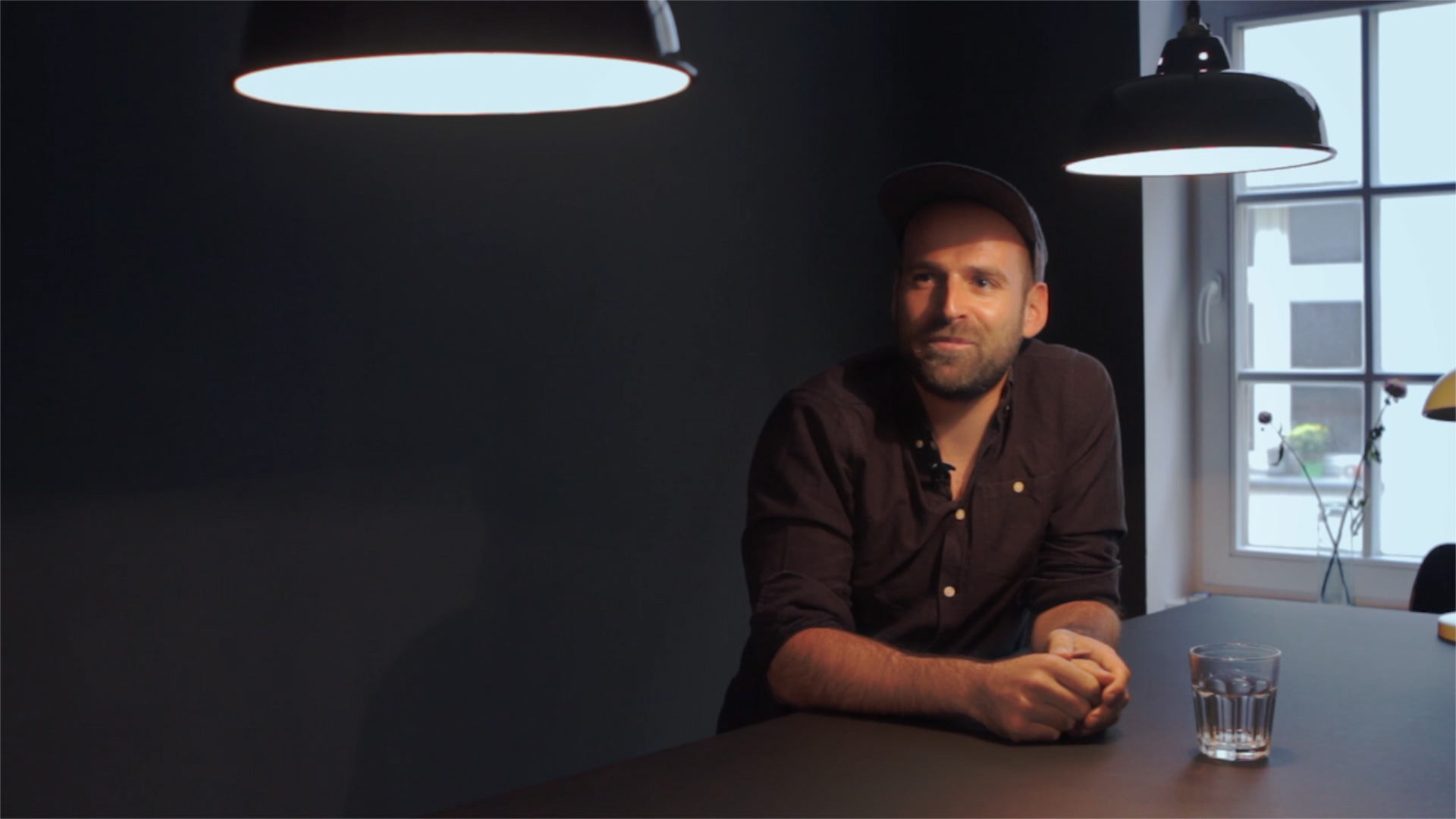
Thorsten Konradfreier Director & Creative Director

JR CanestAnimator & Creative Director
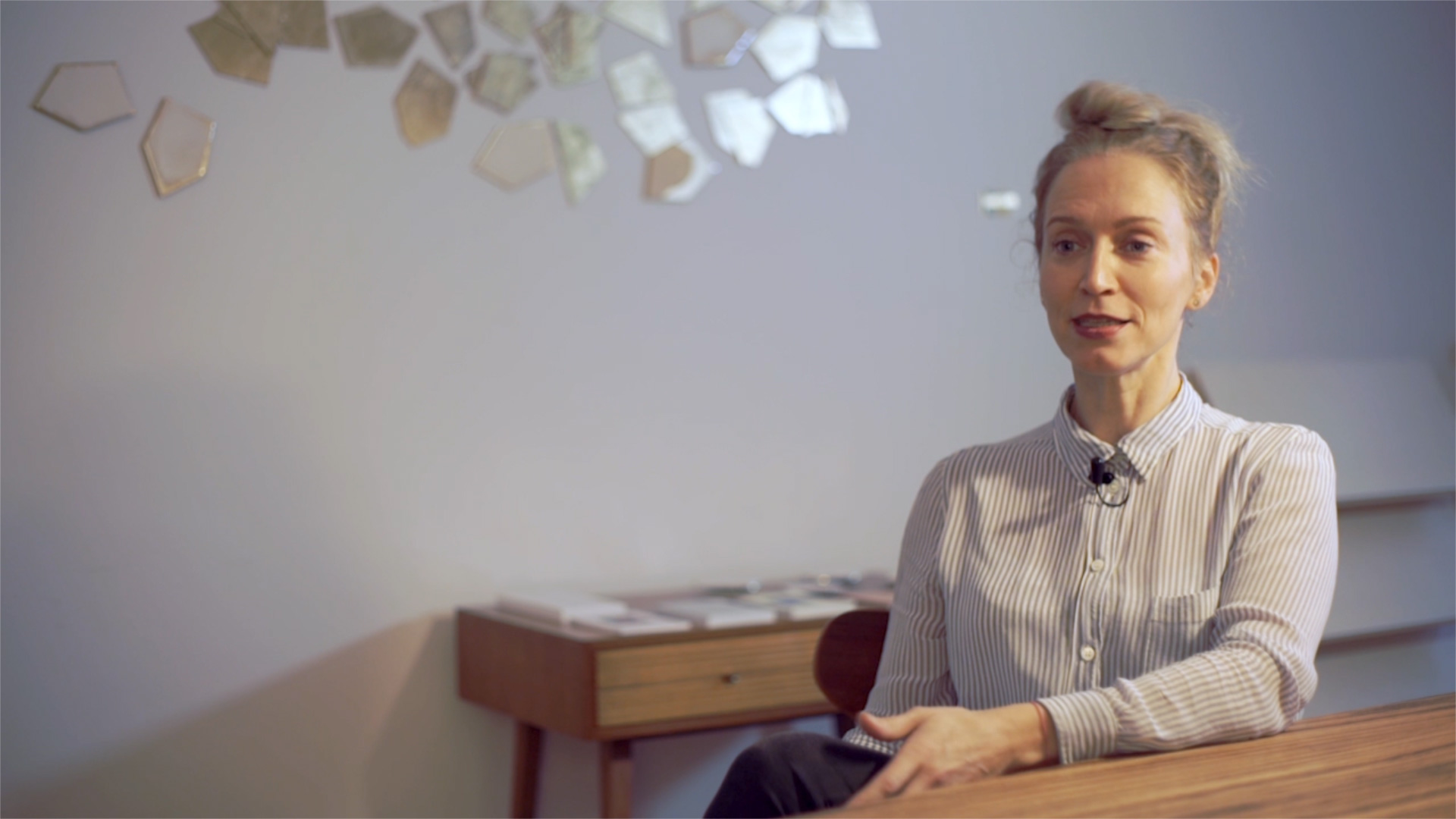
Prof. Sonja UmstätterFilmemacherin
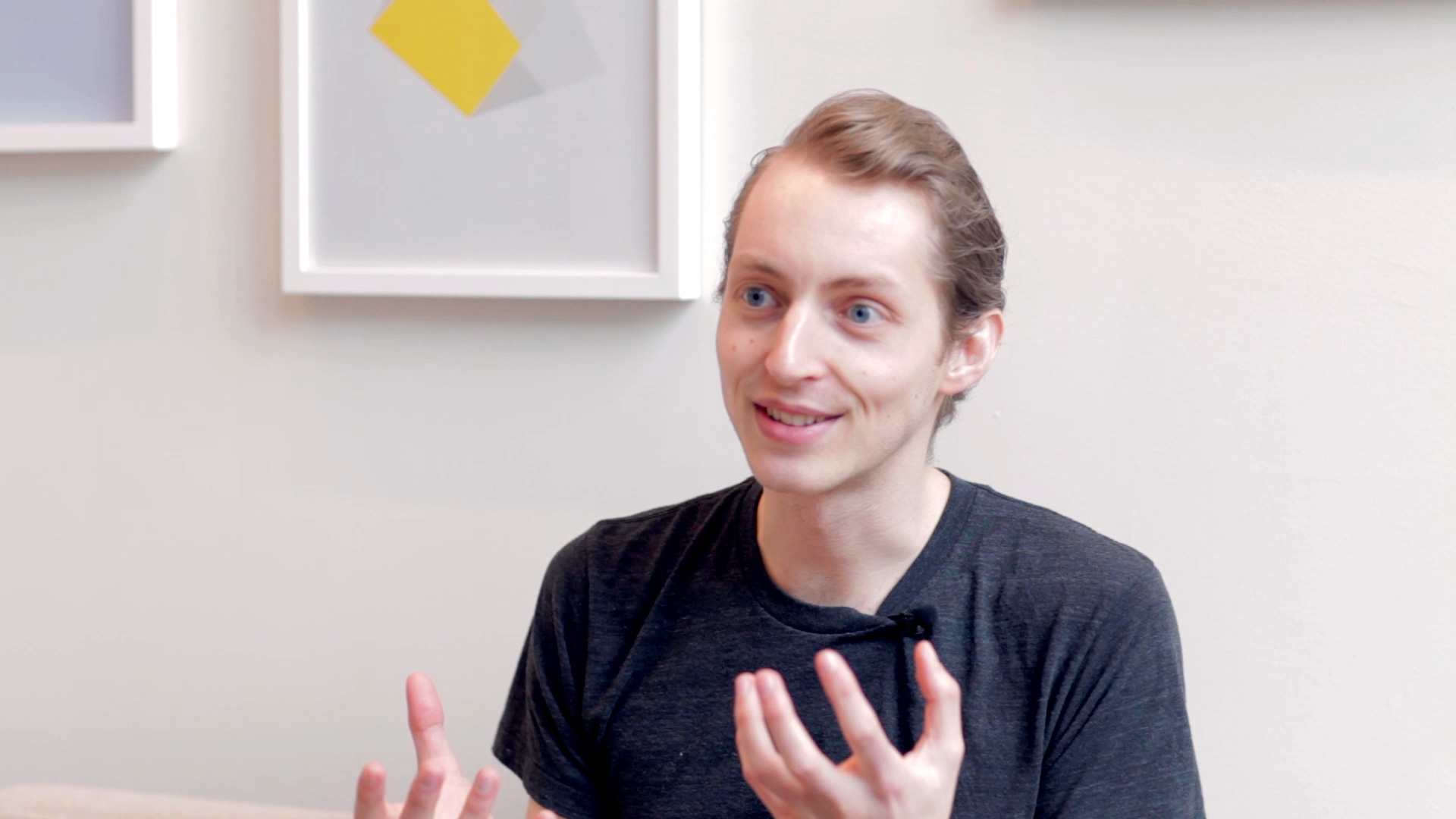
Sander van DijkDesigner & Animator
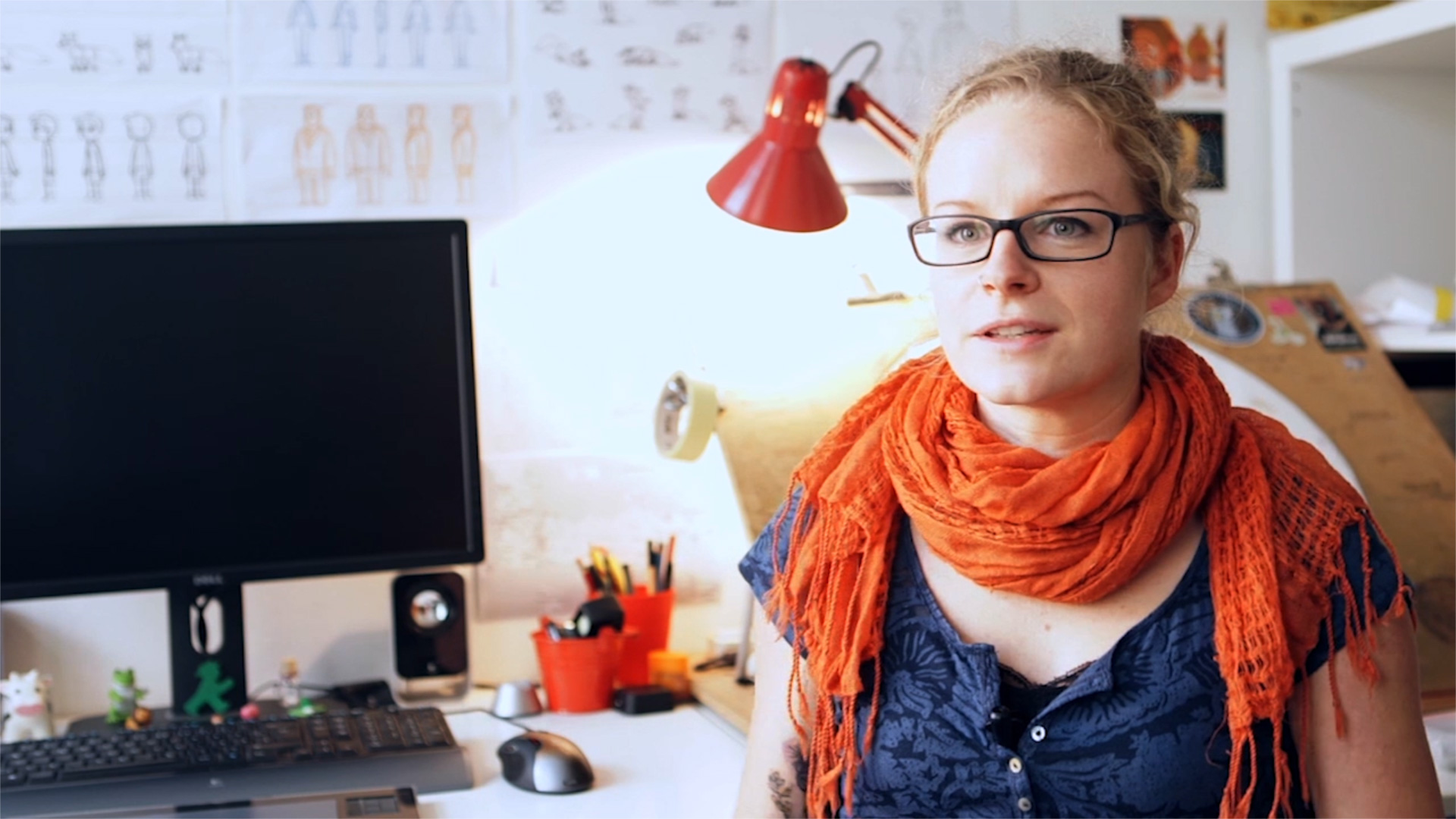
Pauline KortmannDirectorin & Animatorin
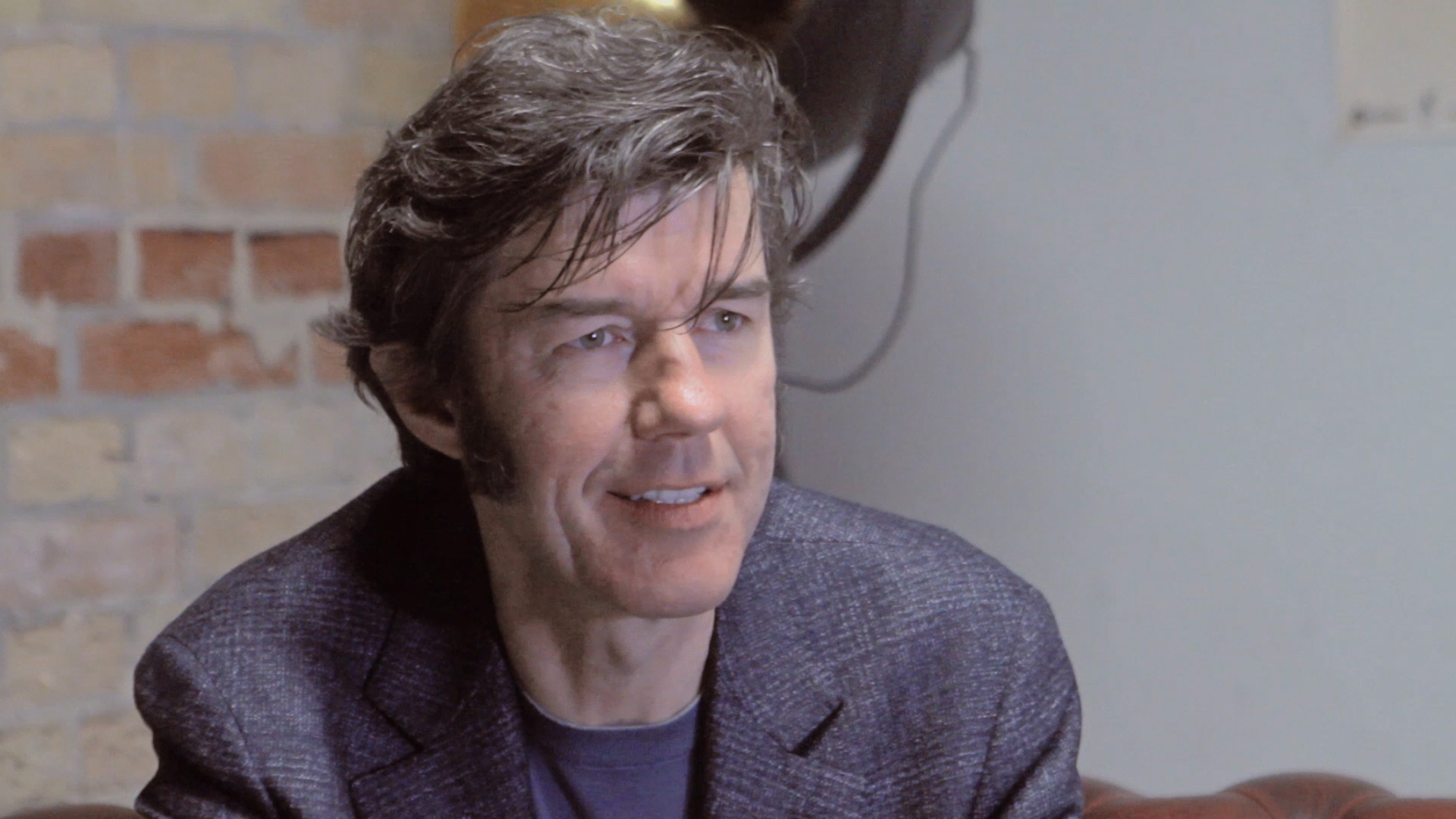
Stefan SagmeisterDesigner
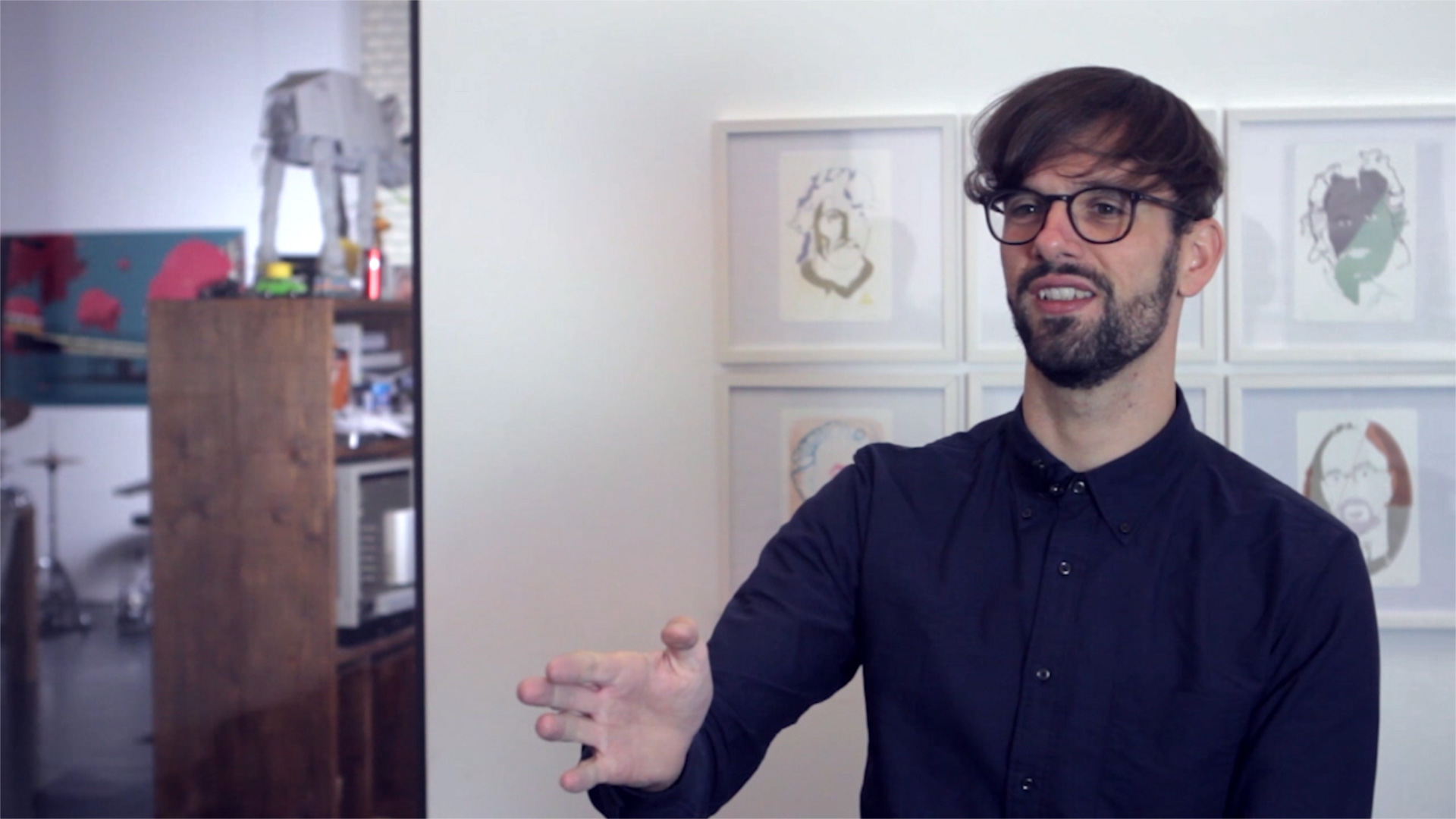
Mate SteinforthCreative Director
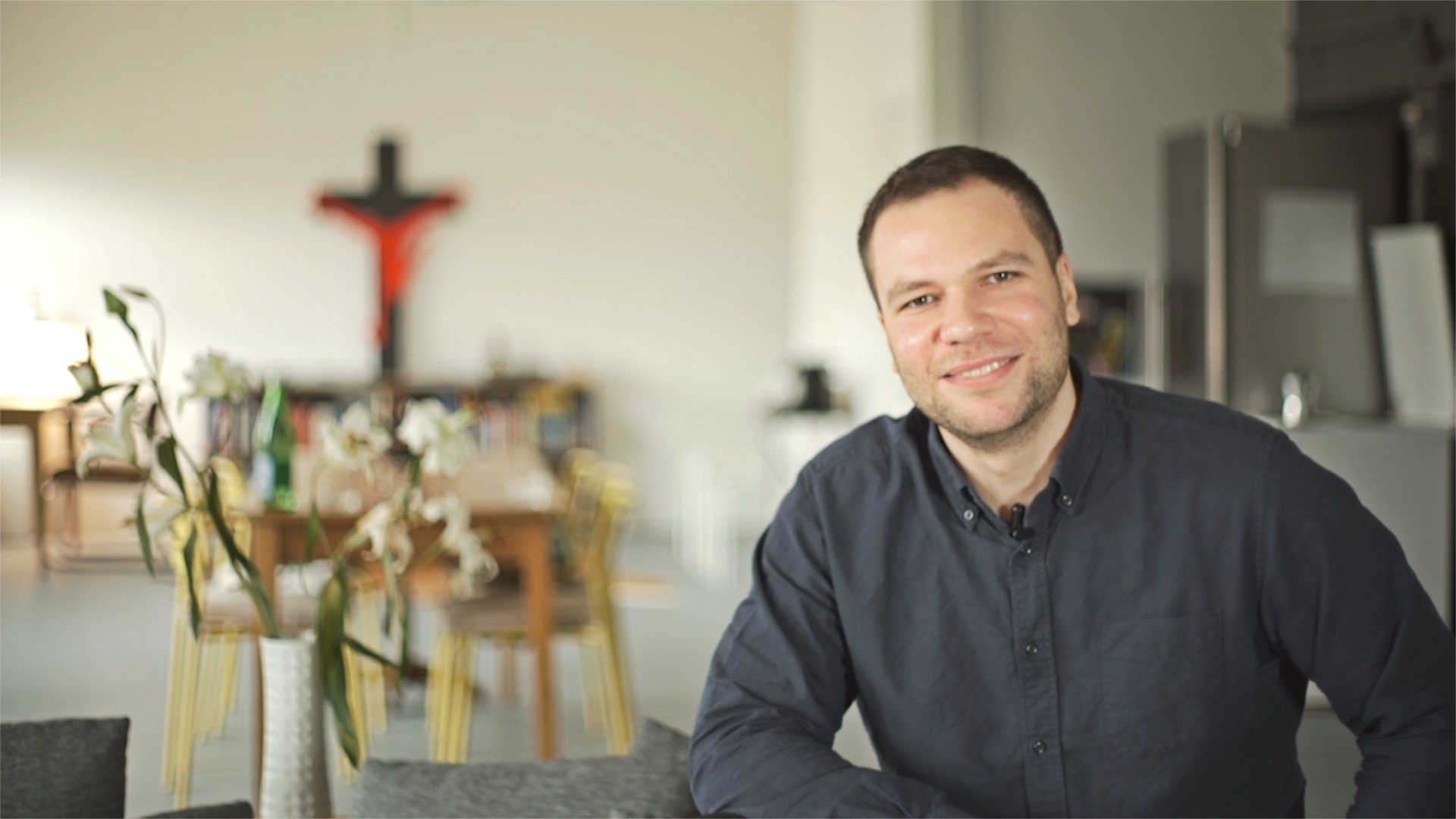
Chehad AbdallahDirector & Graphic Designer
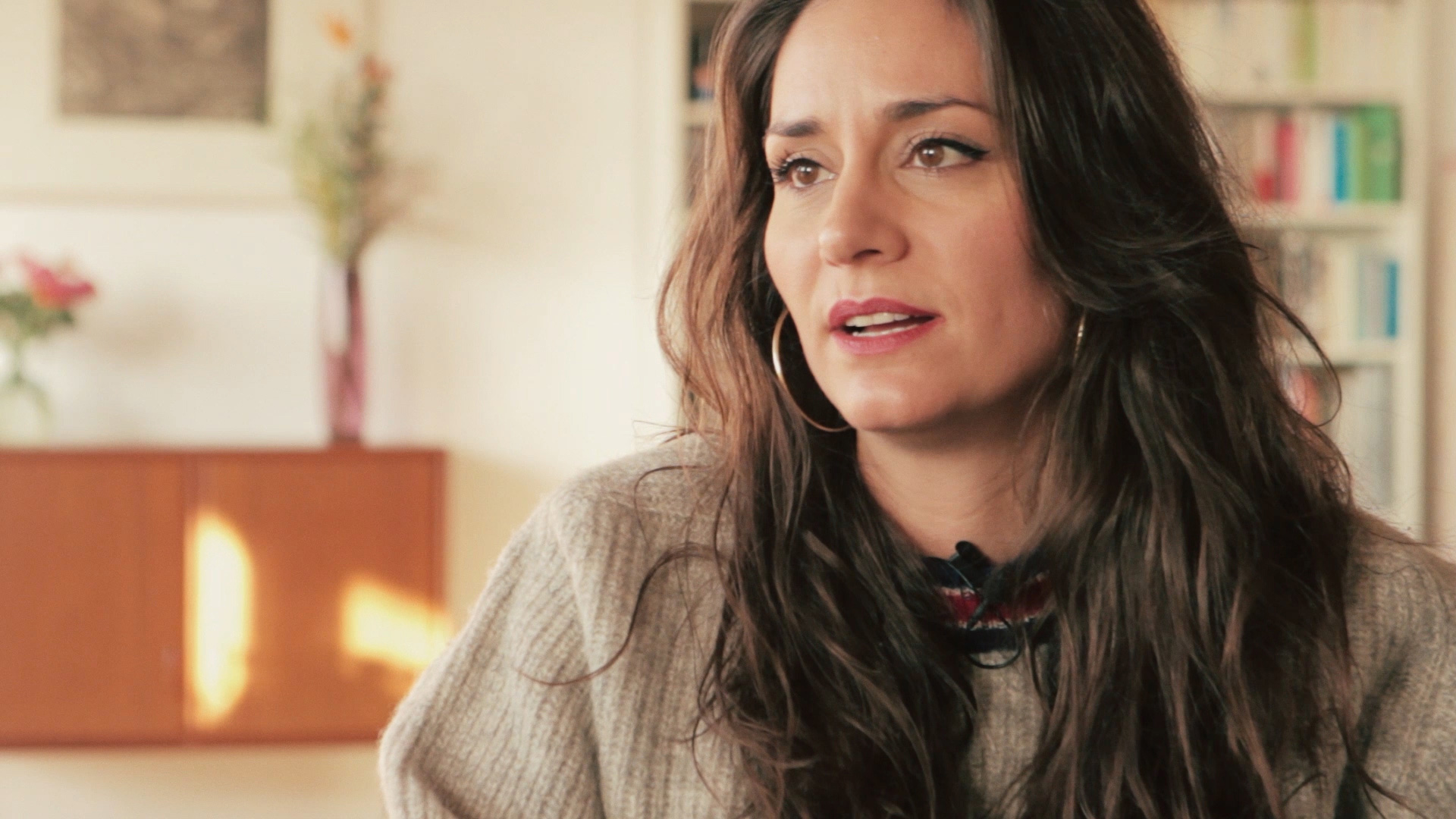
Sofia BavasRegisseurin & Filmemacherin
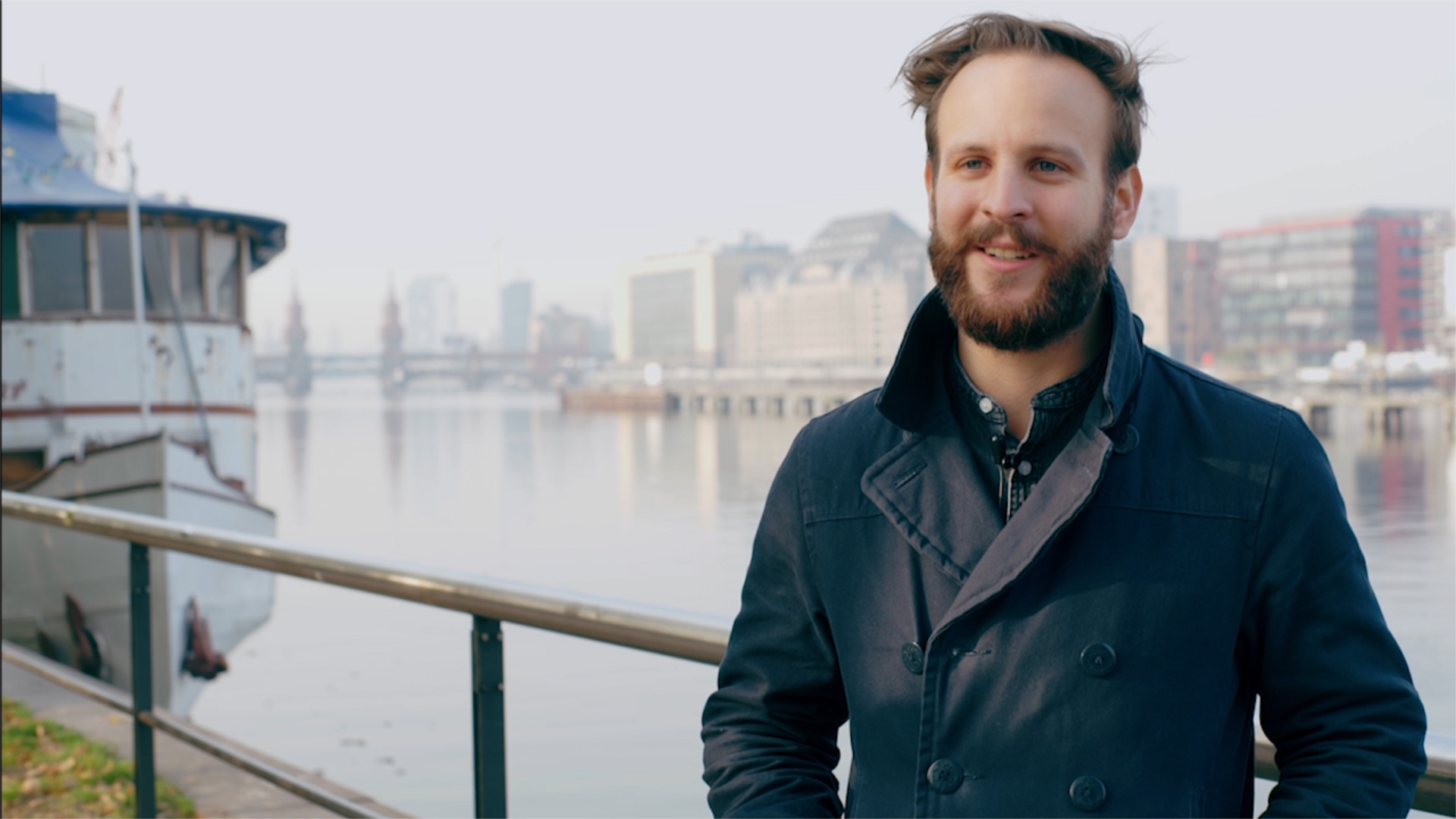
Daniel Rath3D Generalist
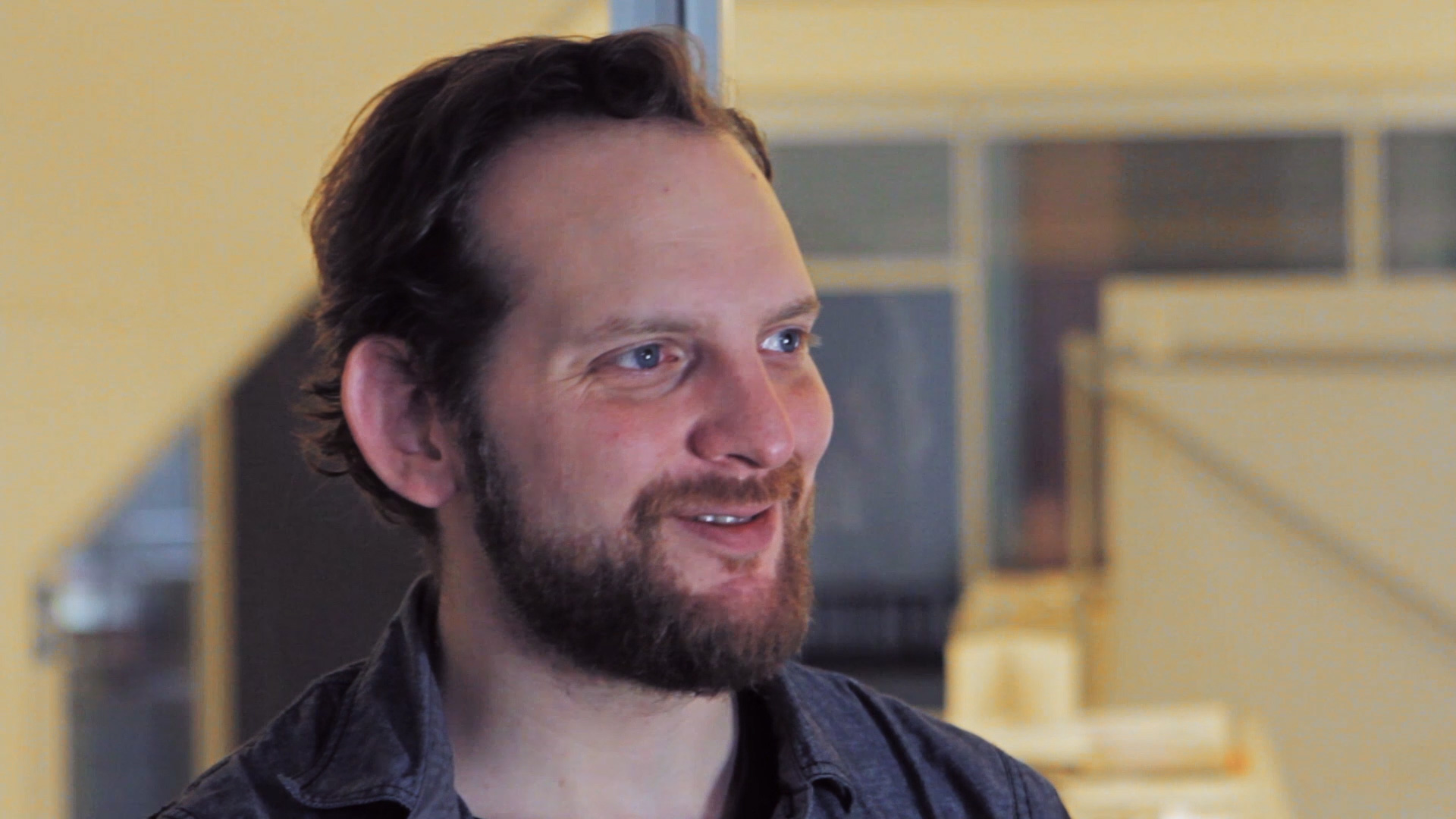
Tobias WüstefeldIllustrator & AnimatorTobias Wüstefeld
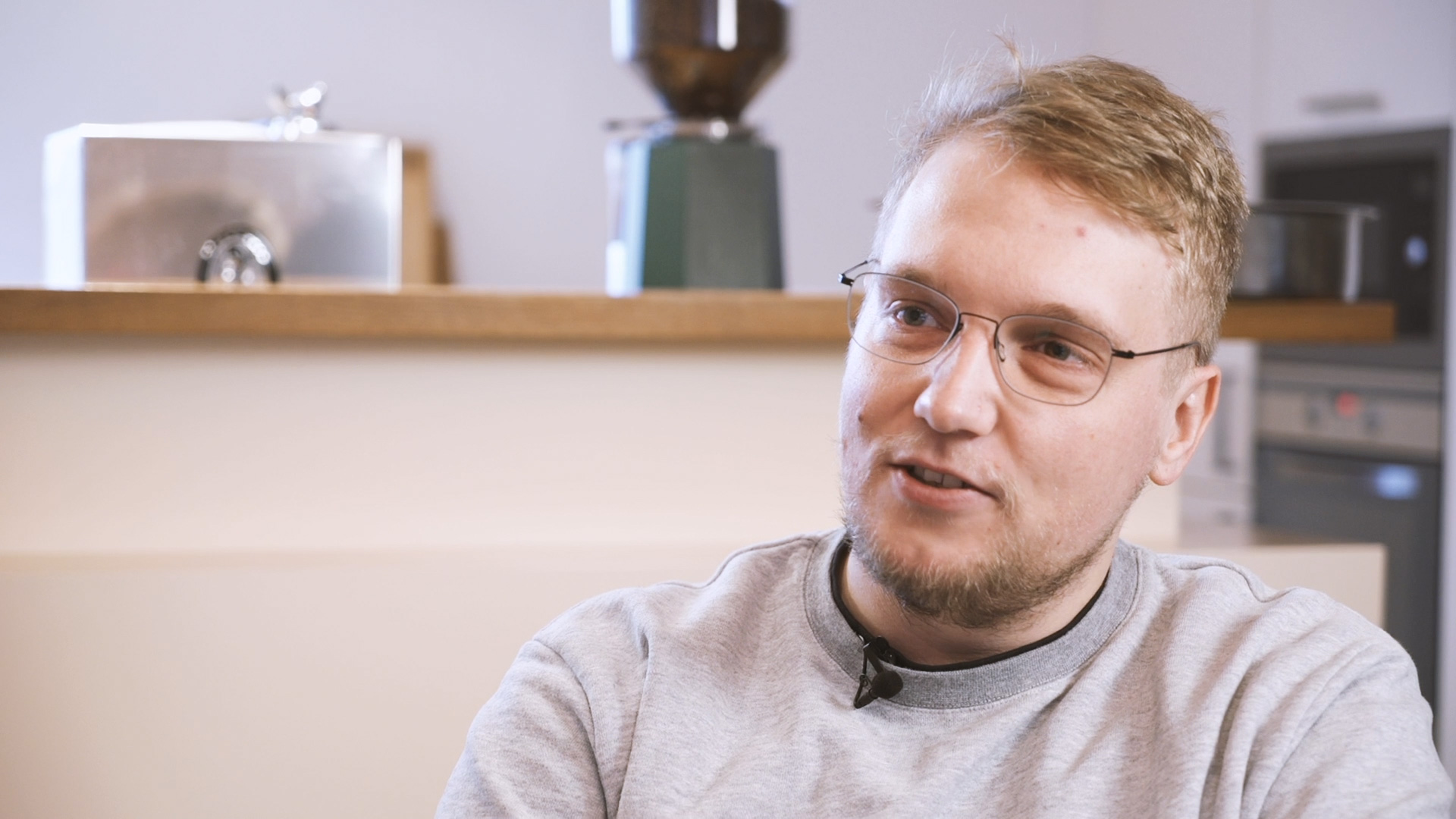
DOZ9Musiker
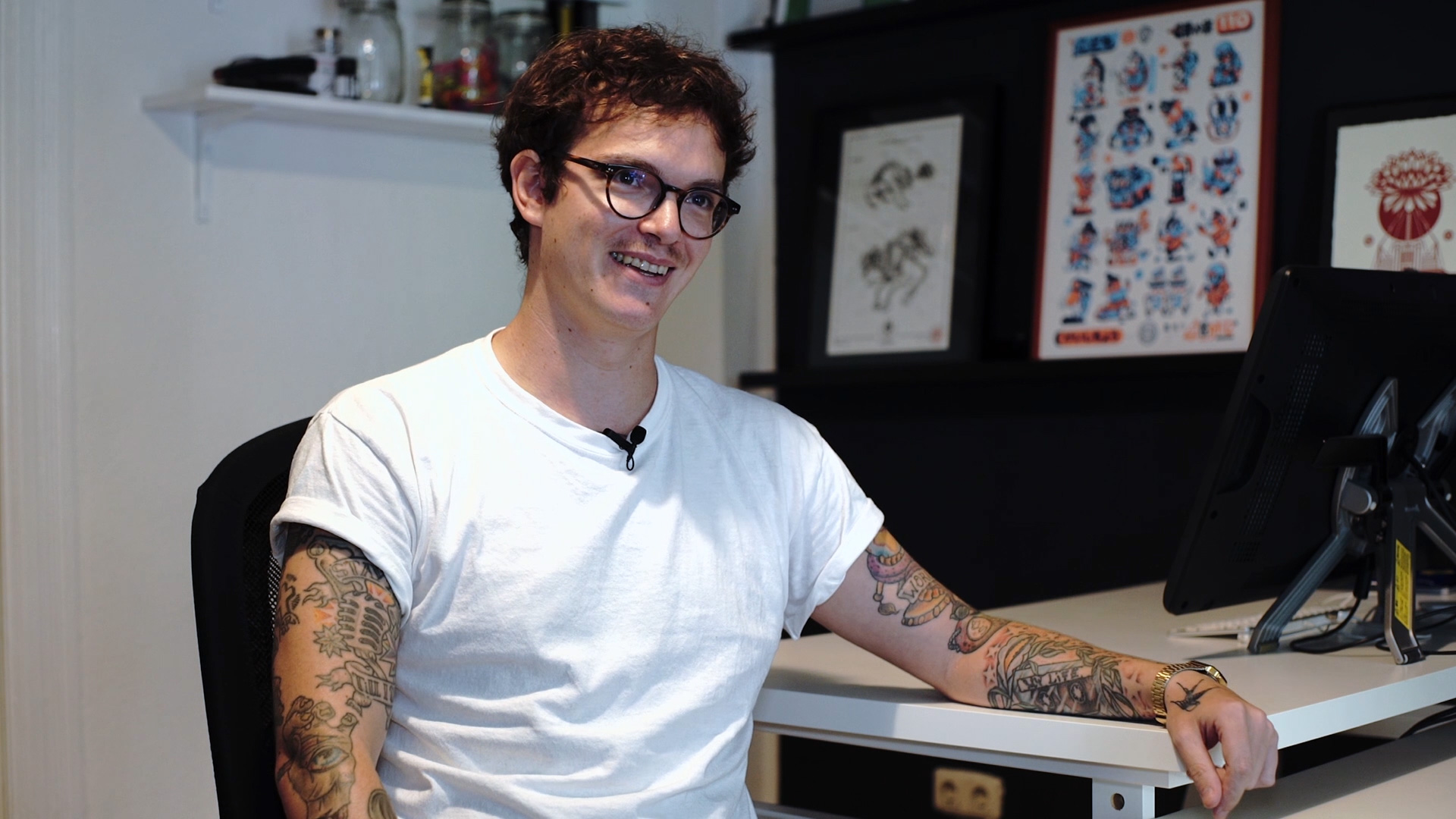
Florian SchommerIllustrator
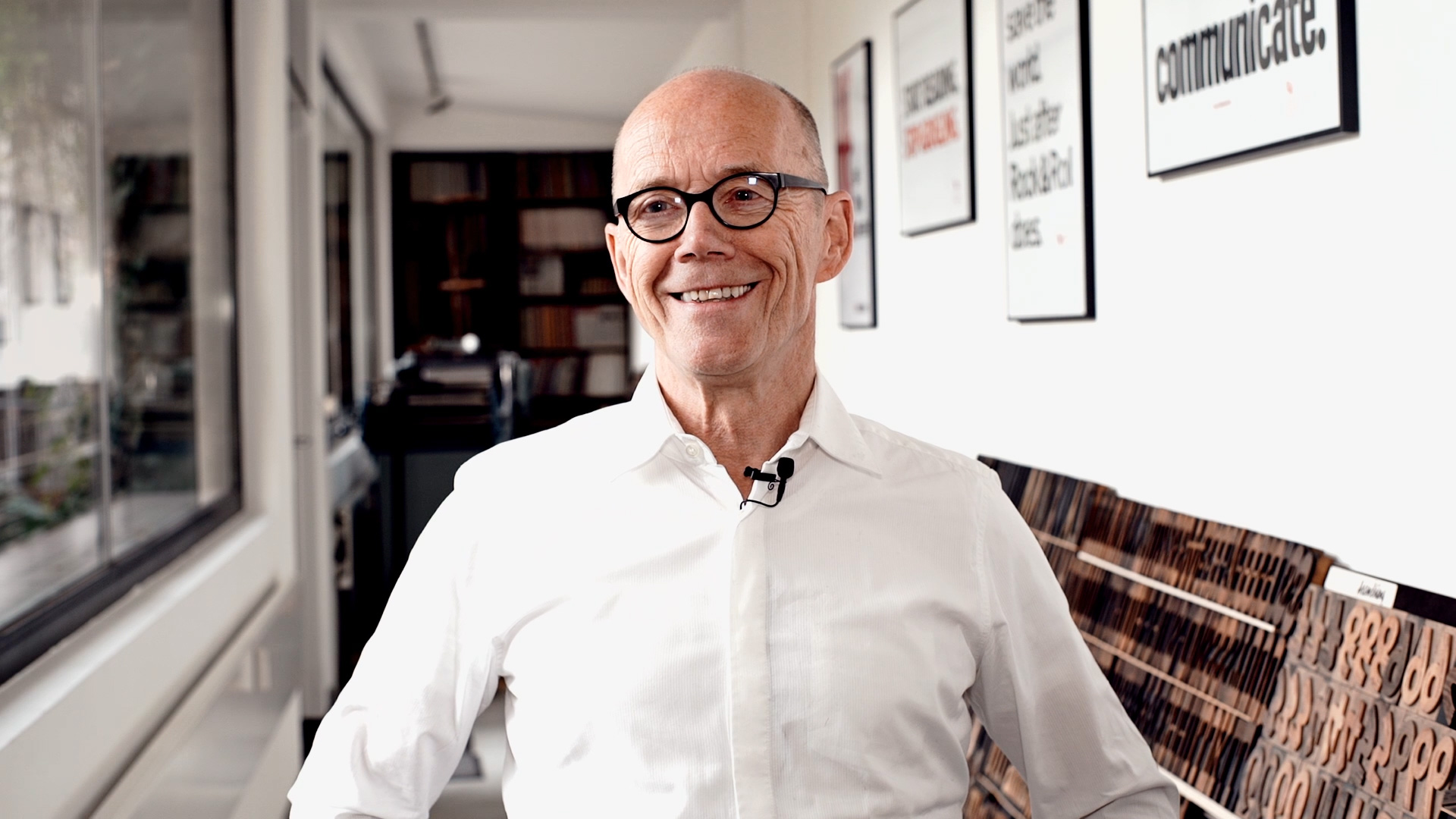
Erik SpiekermannGestalter
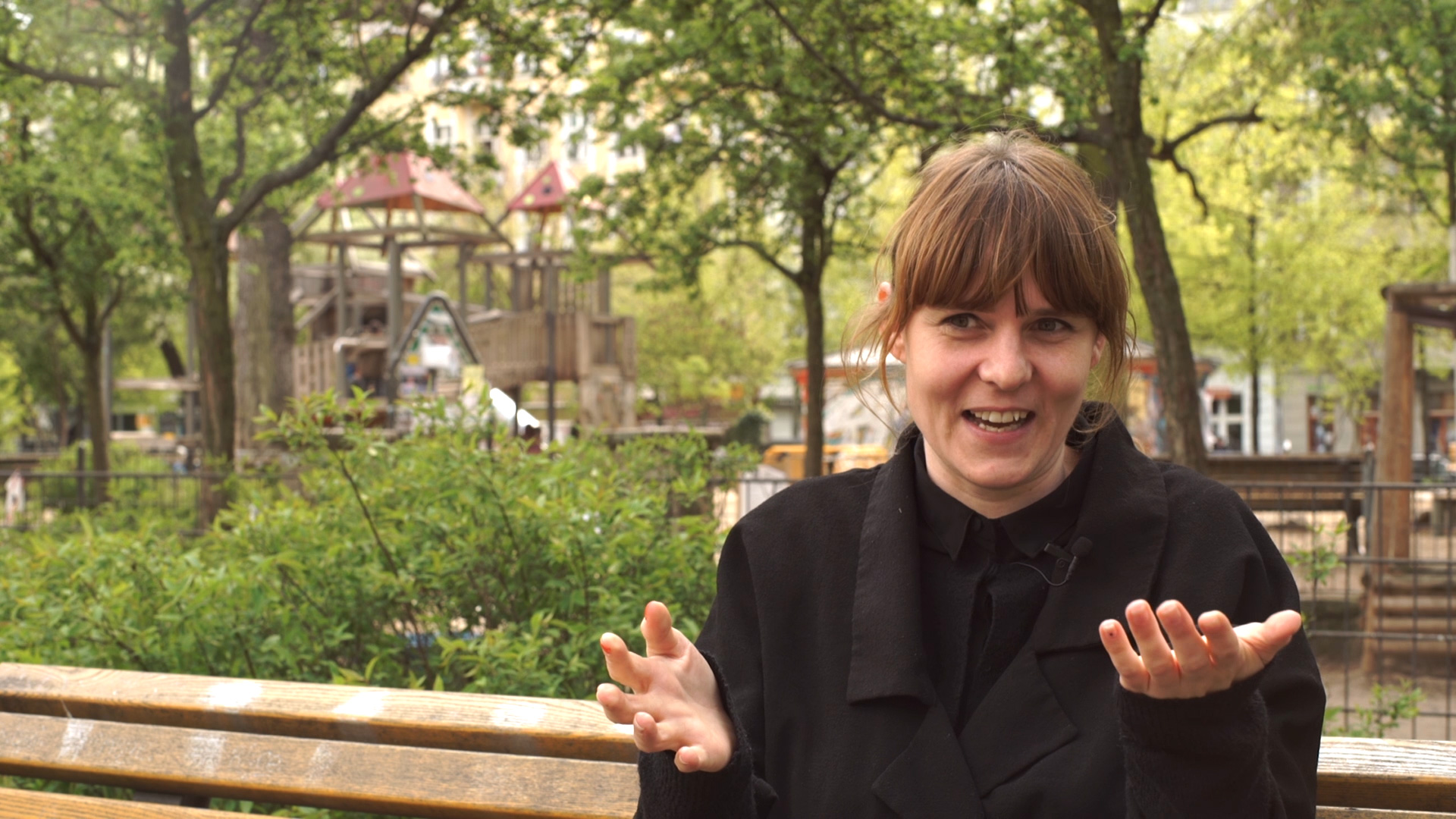
Larissa HonsekKreativdirektorin
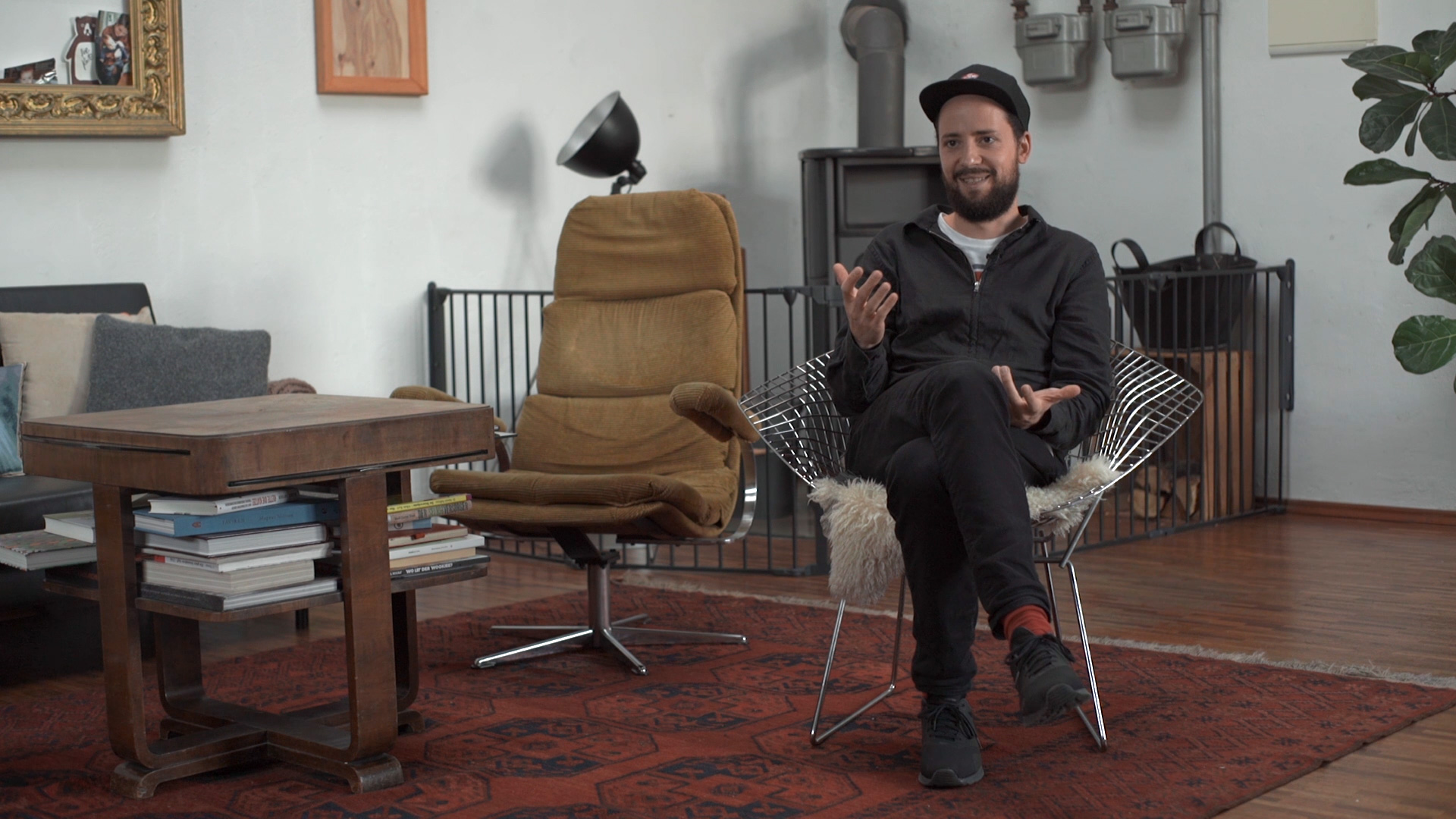
Philipp KässbohrerFilmemacher
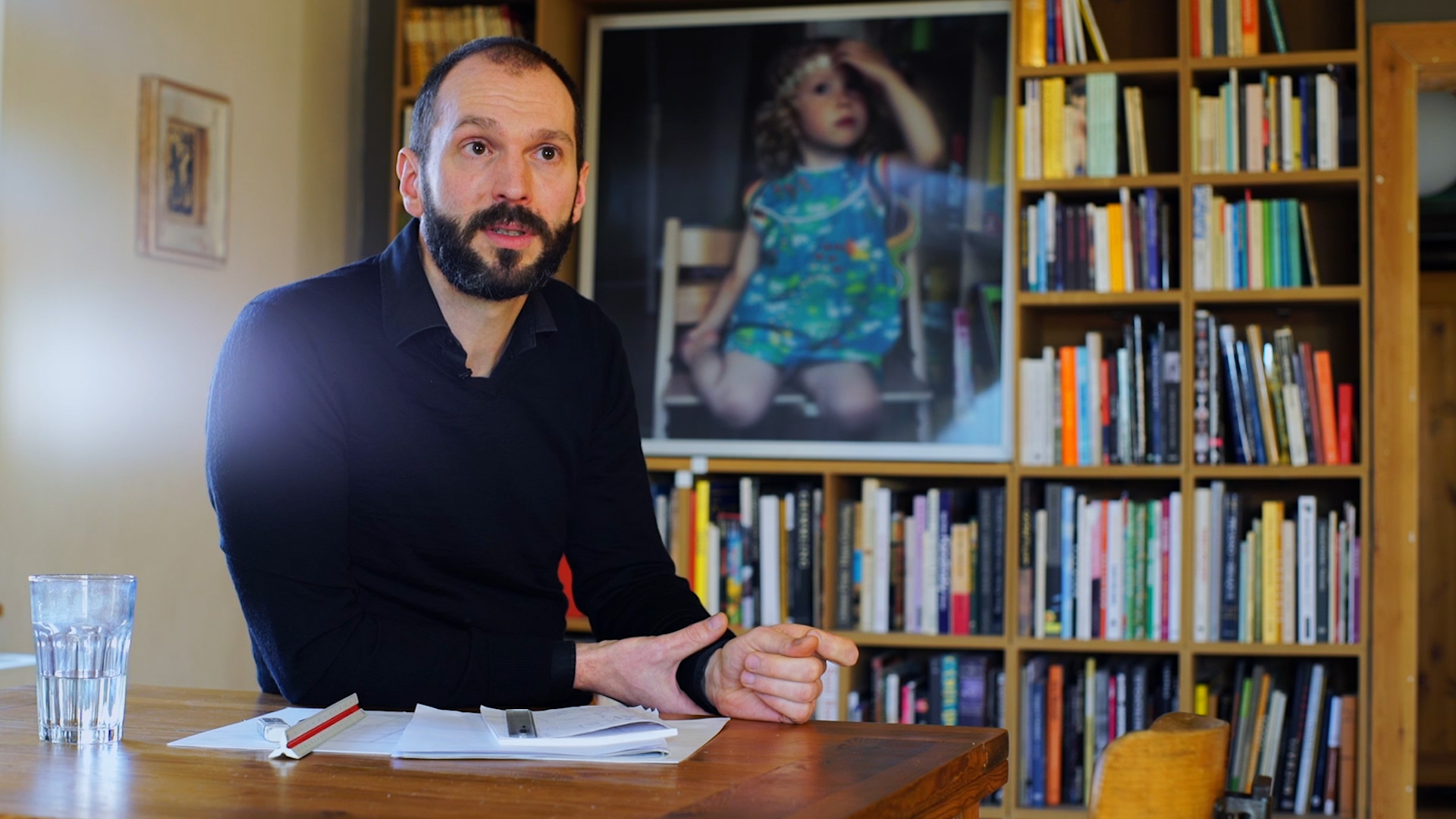
Prof. Christian MahlerProfessor für Motion Design
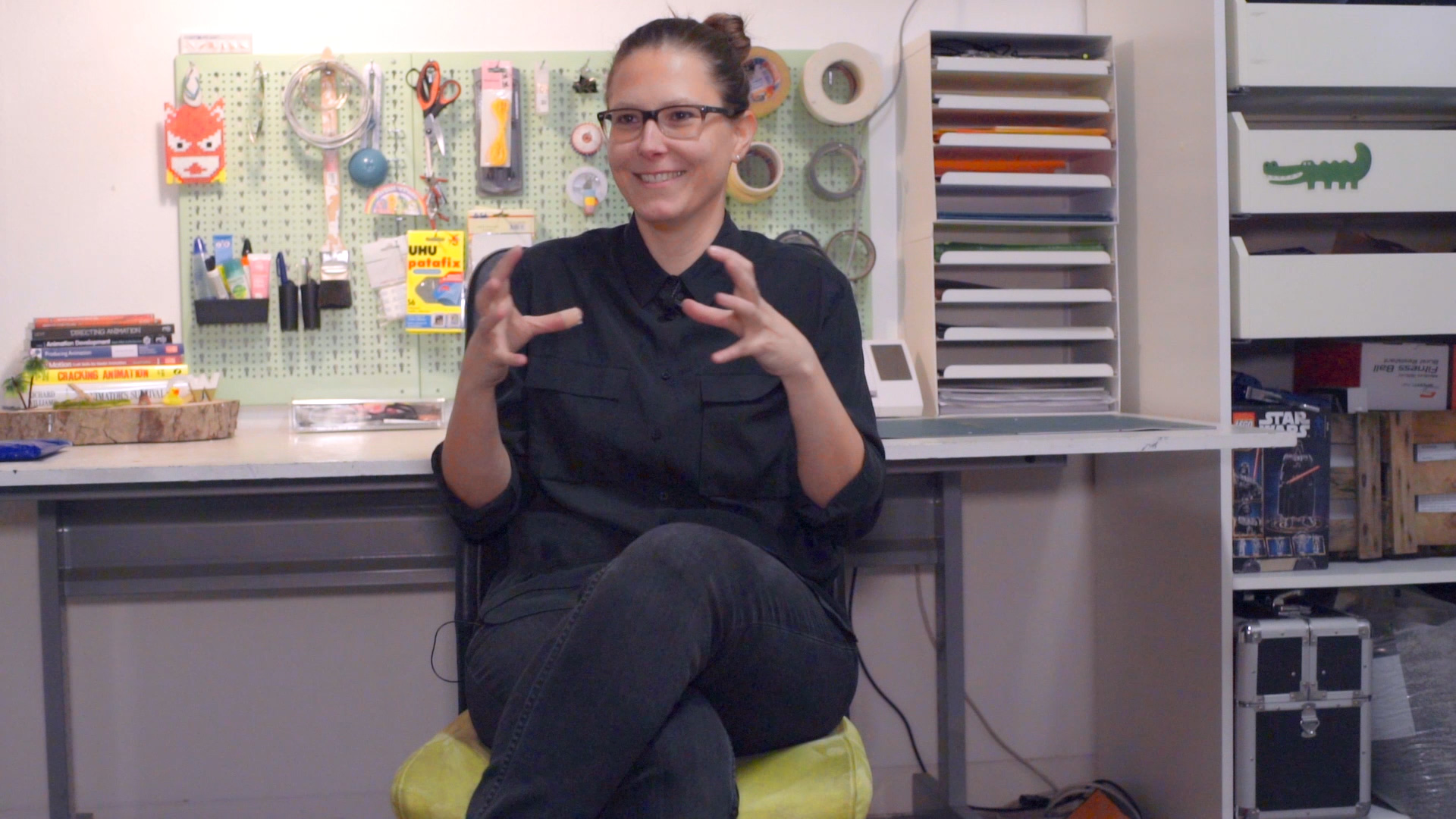
Cris WiegandtStop-Motion Animatorin
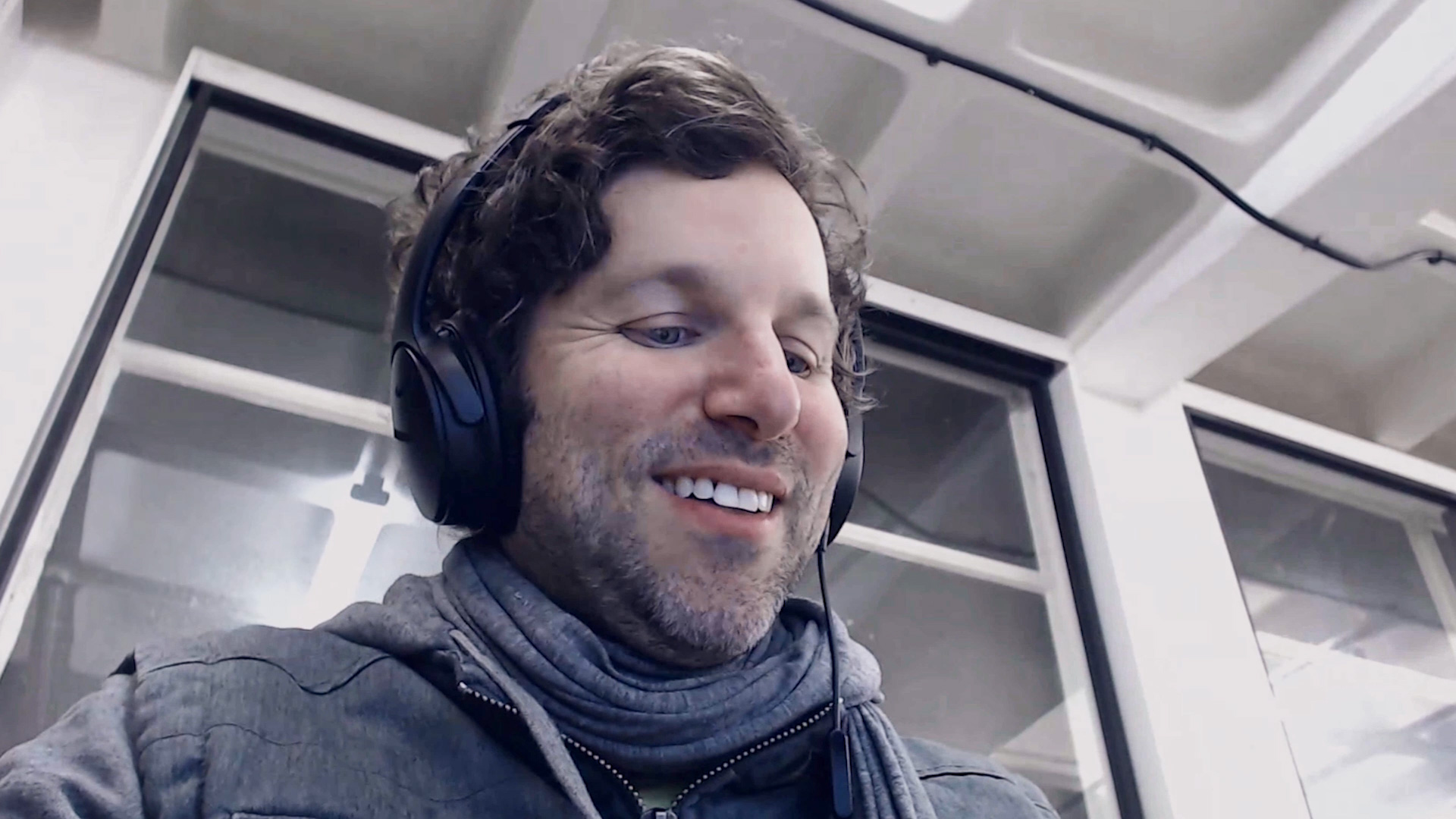
Bradley G. MunkowitzDesigner & Director
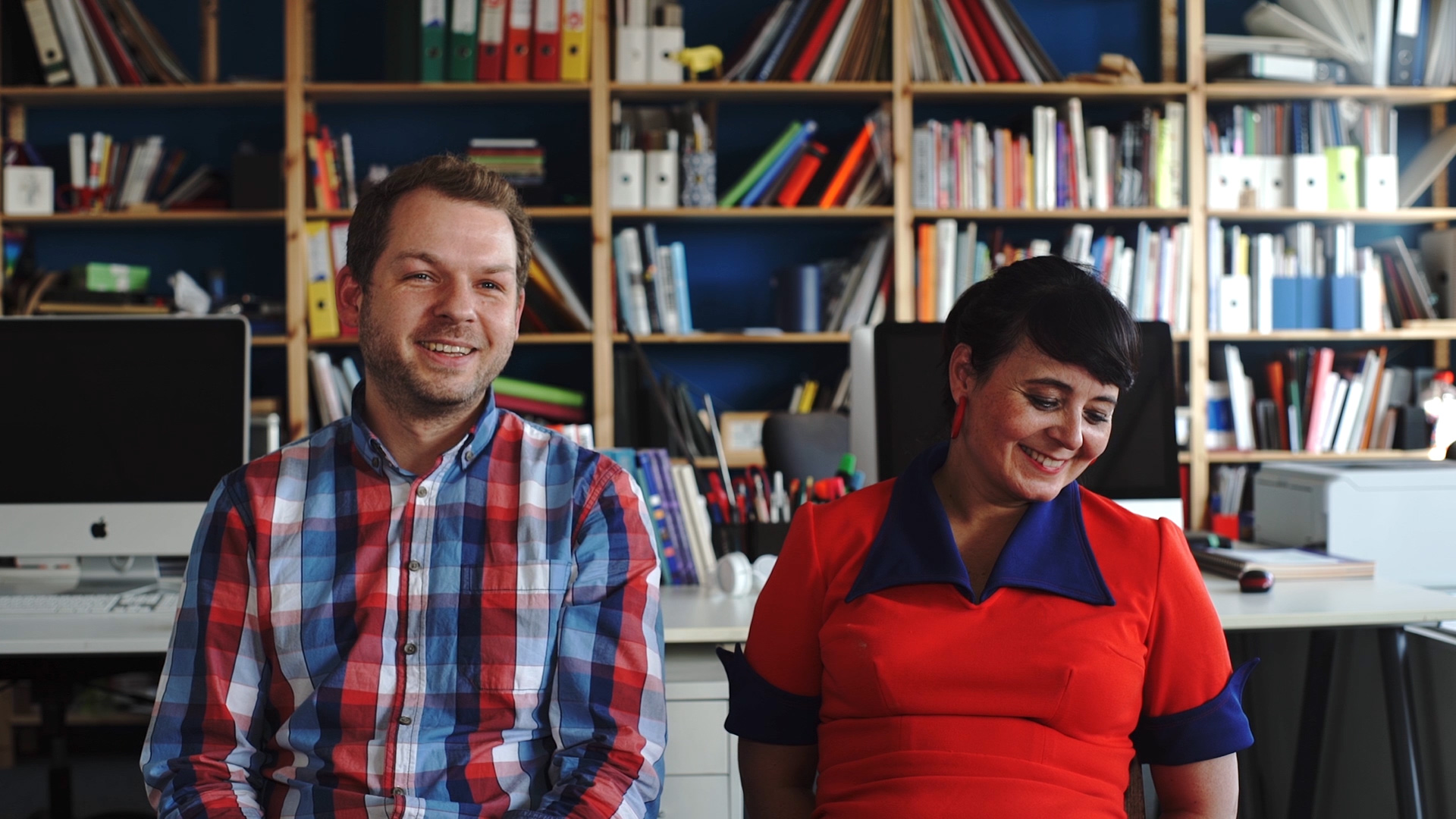
TwoPointsDesigner
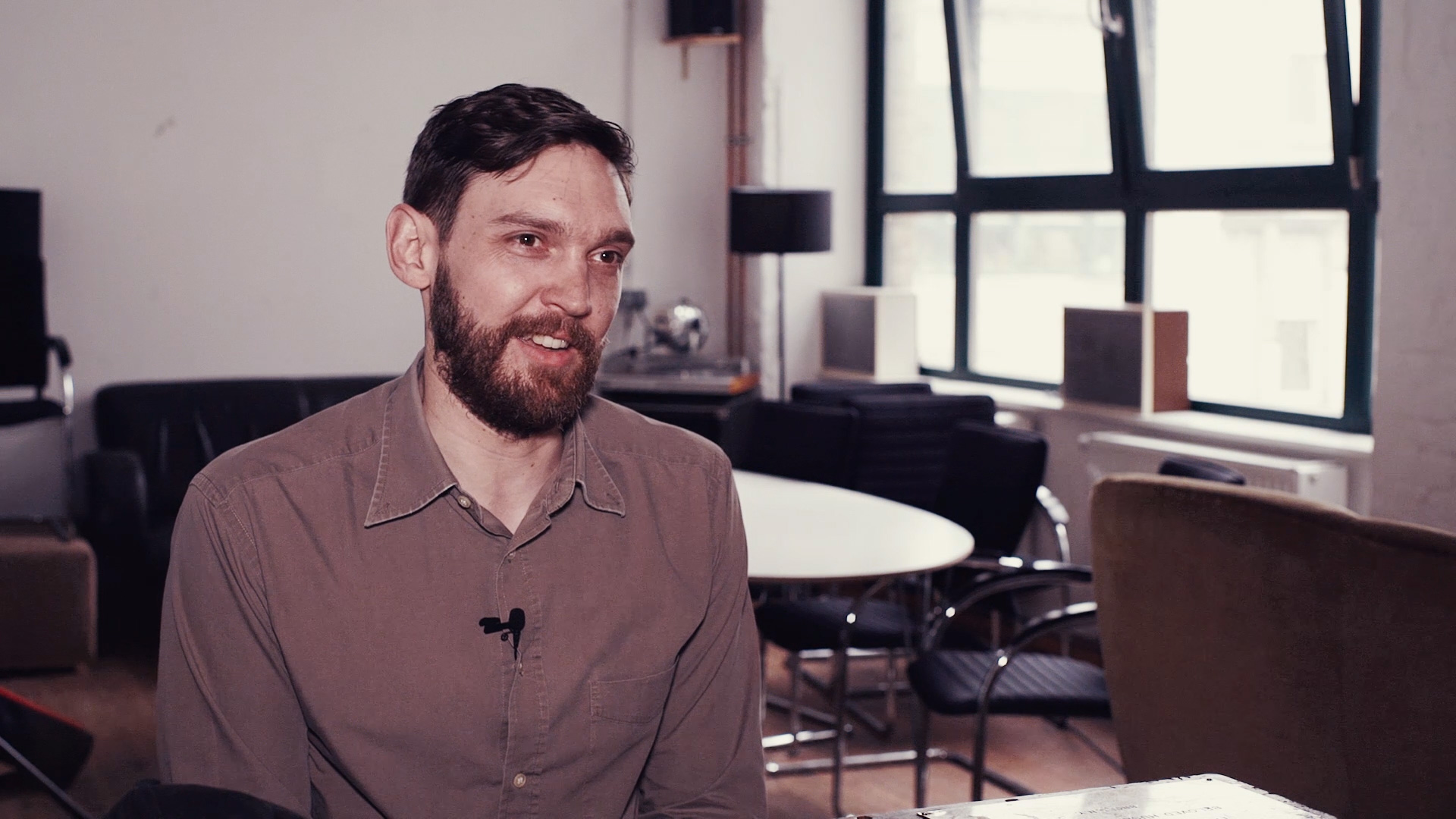
Andreas FischerKünstler
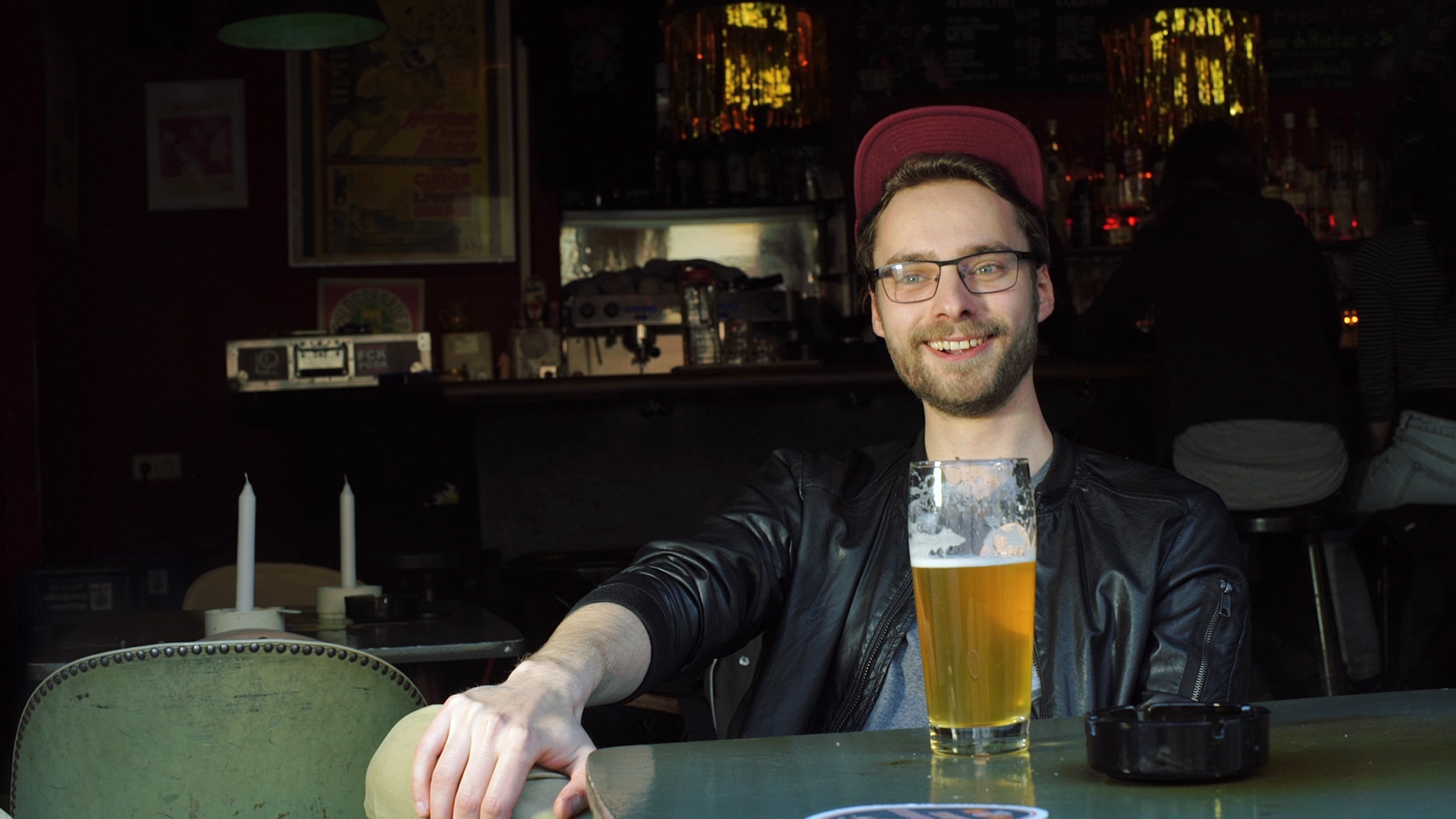
Bastian WieneckeIllustrator & Designer
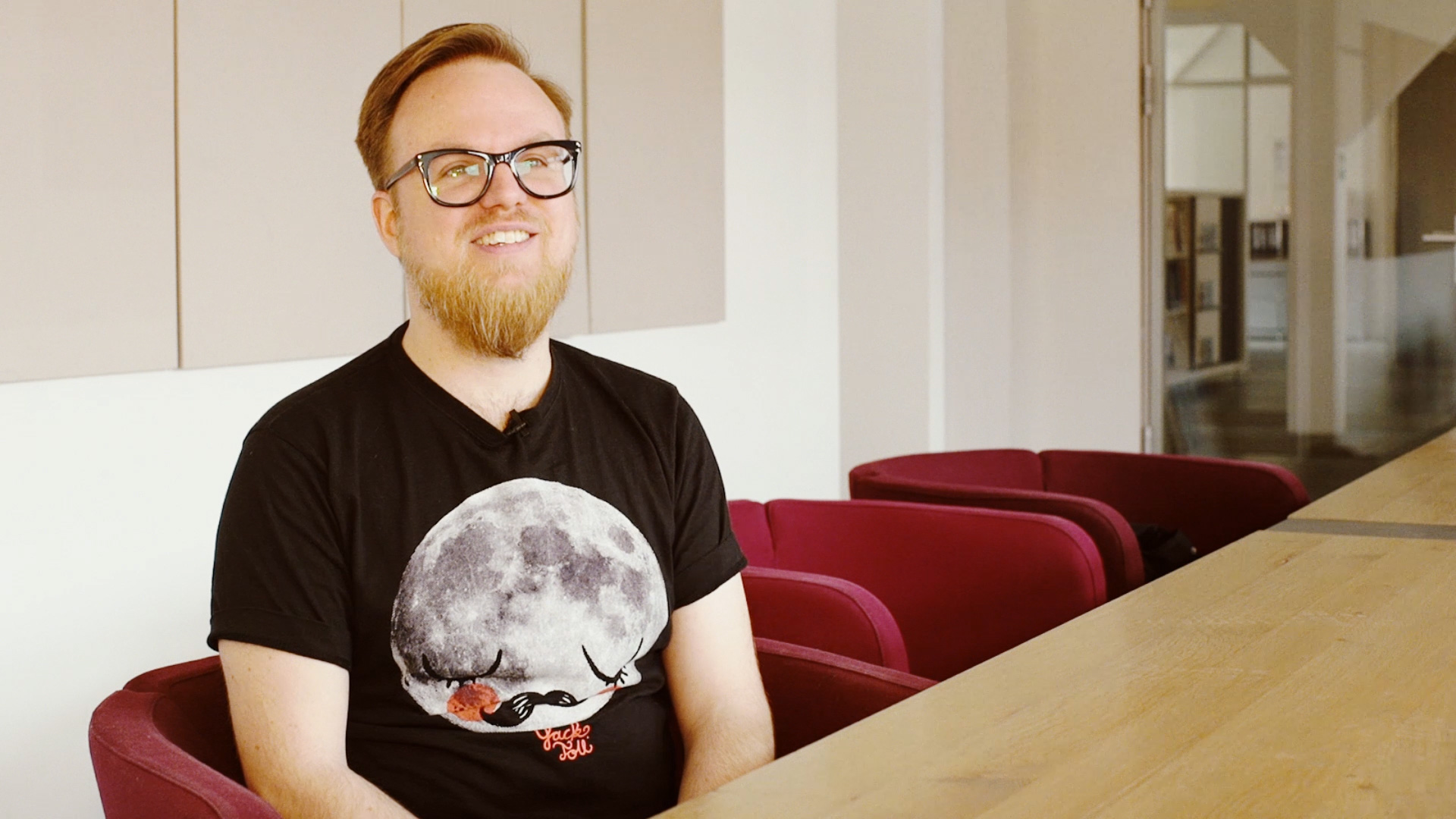
Chris SmallfieldVFX Supervisor & 3D Generalist
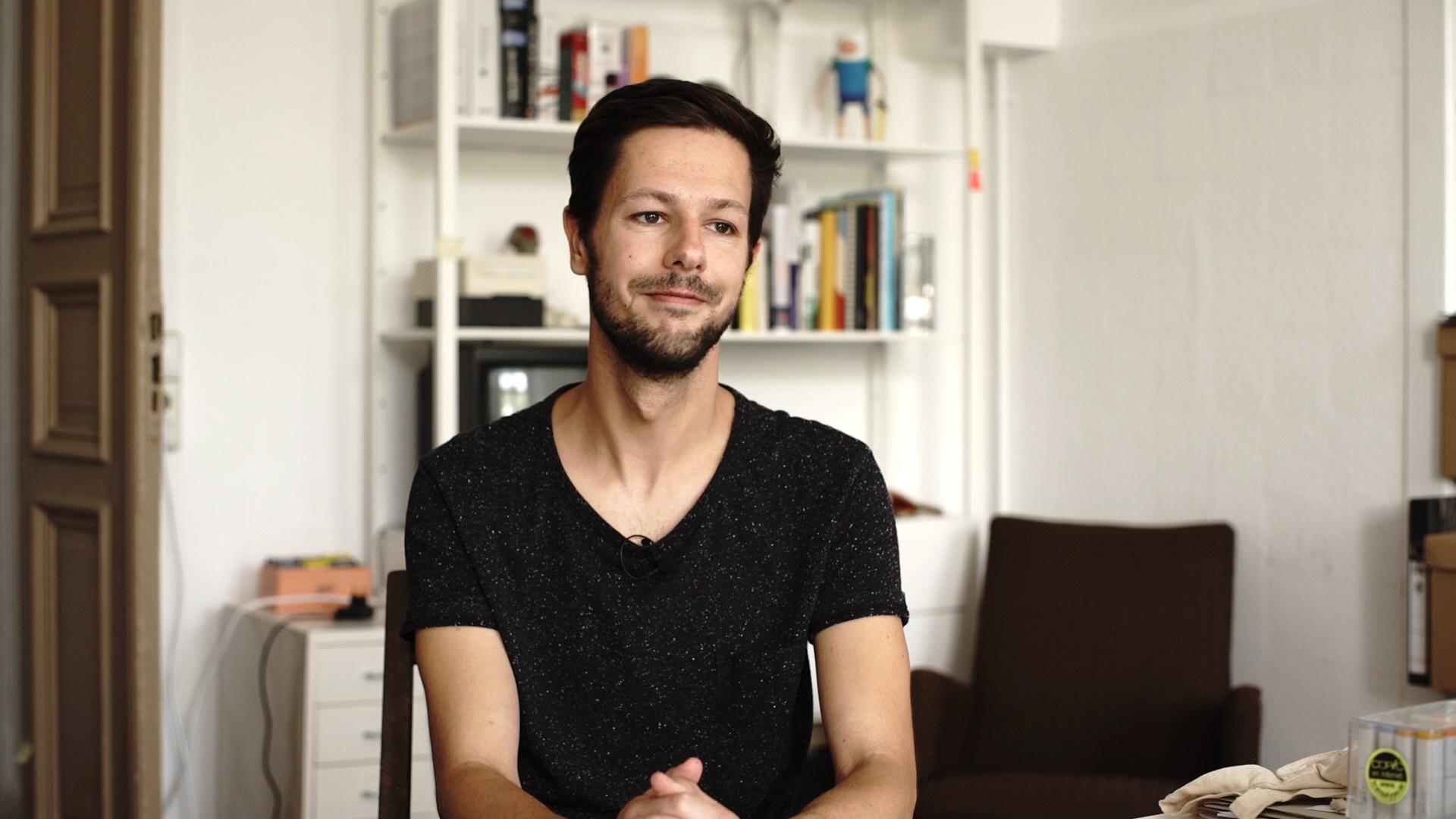
Ronny Schmidt3D Artist & Designer
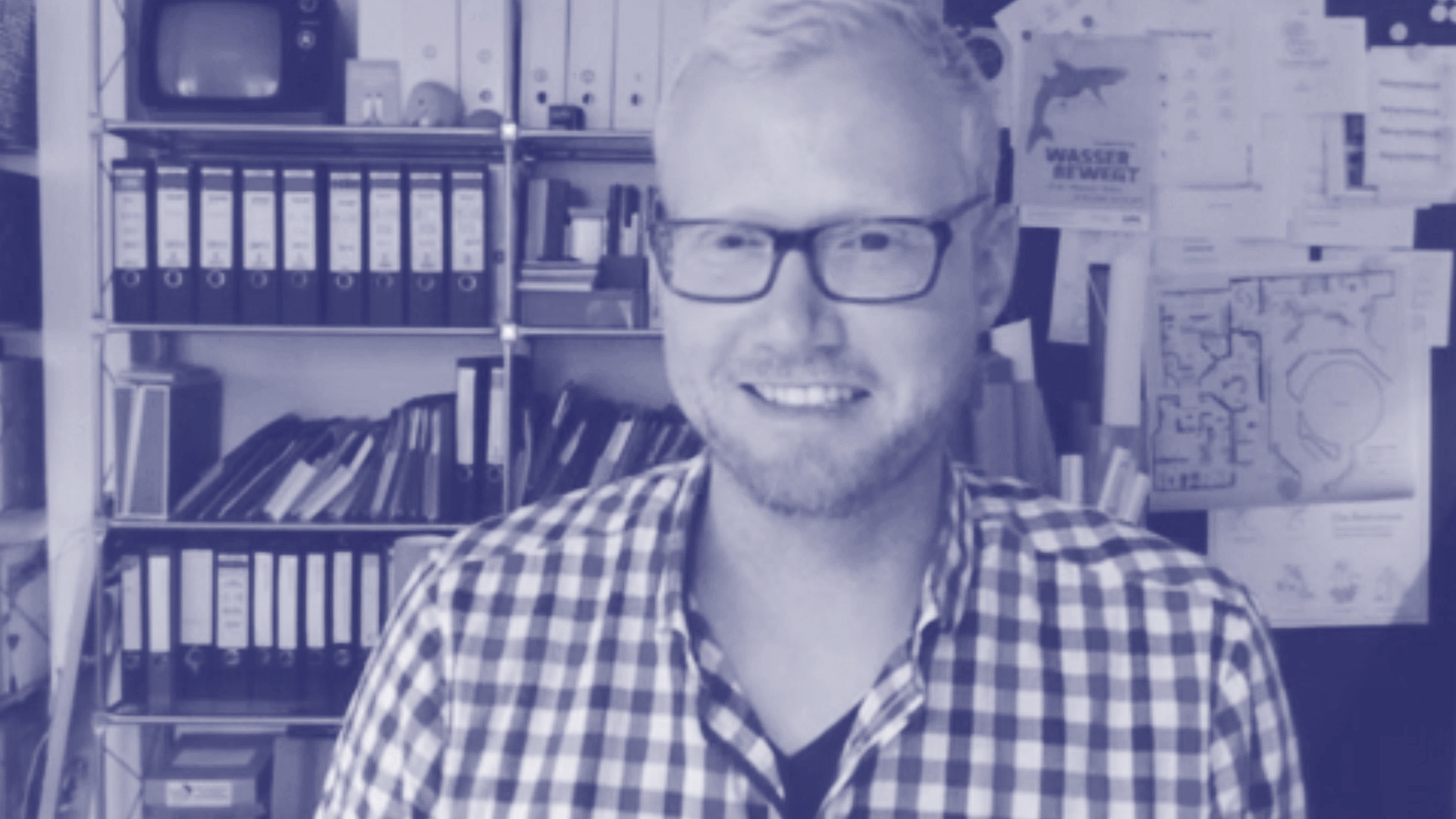
Christian BüningInformationsgestalter
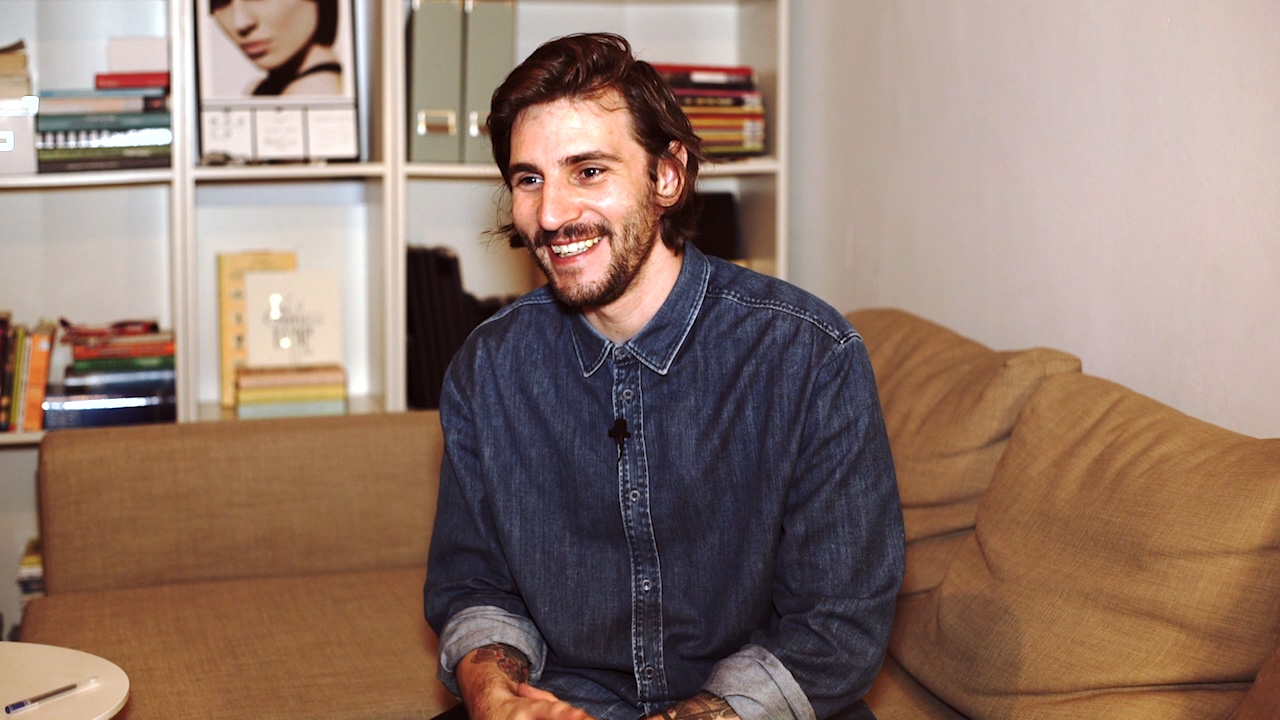
Hassan HaiderArt Director & Designer
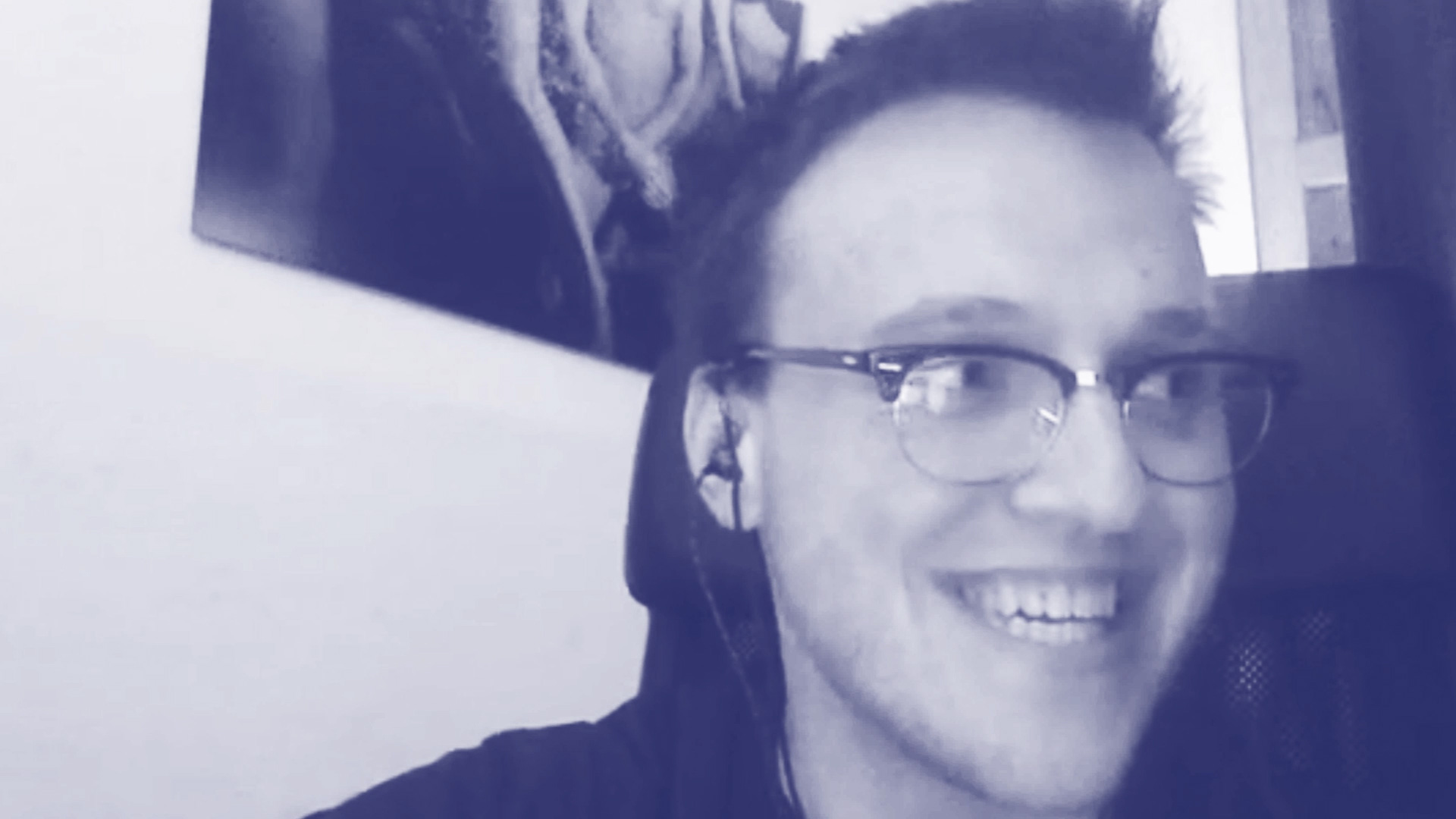
Andreas HofstetterJunior Creative & Filmemacher
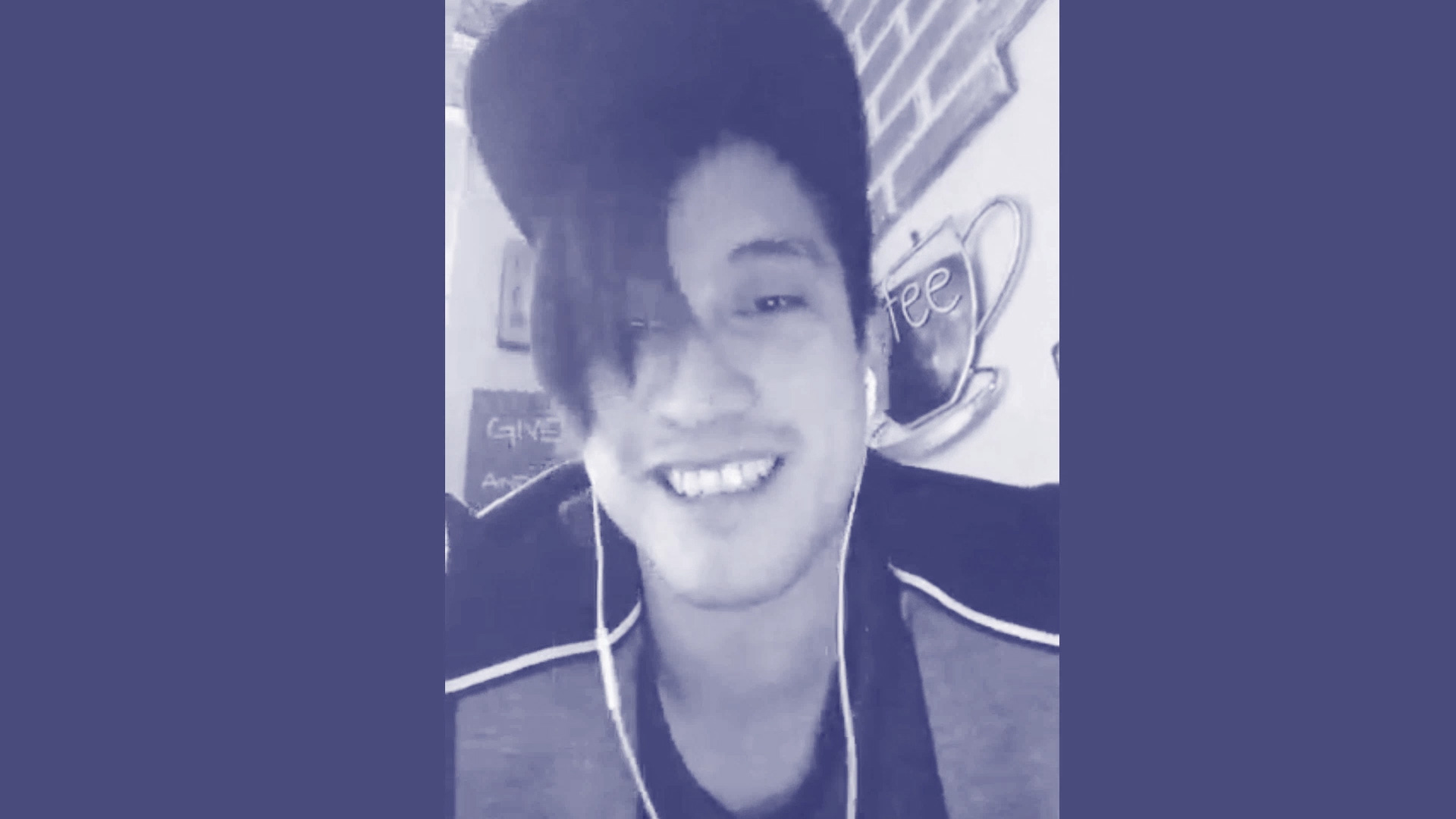
Vi-Dan TranRegisseur & Stuntman
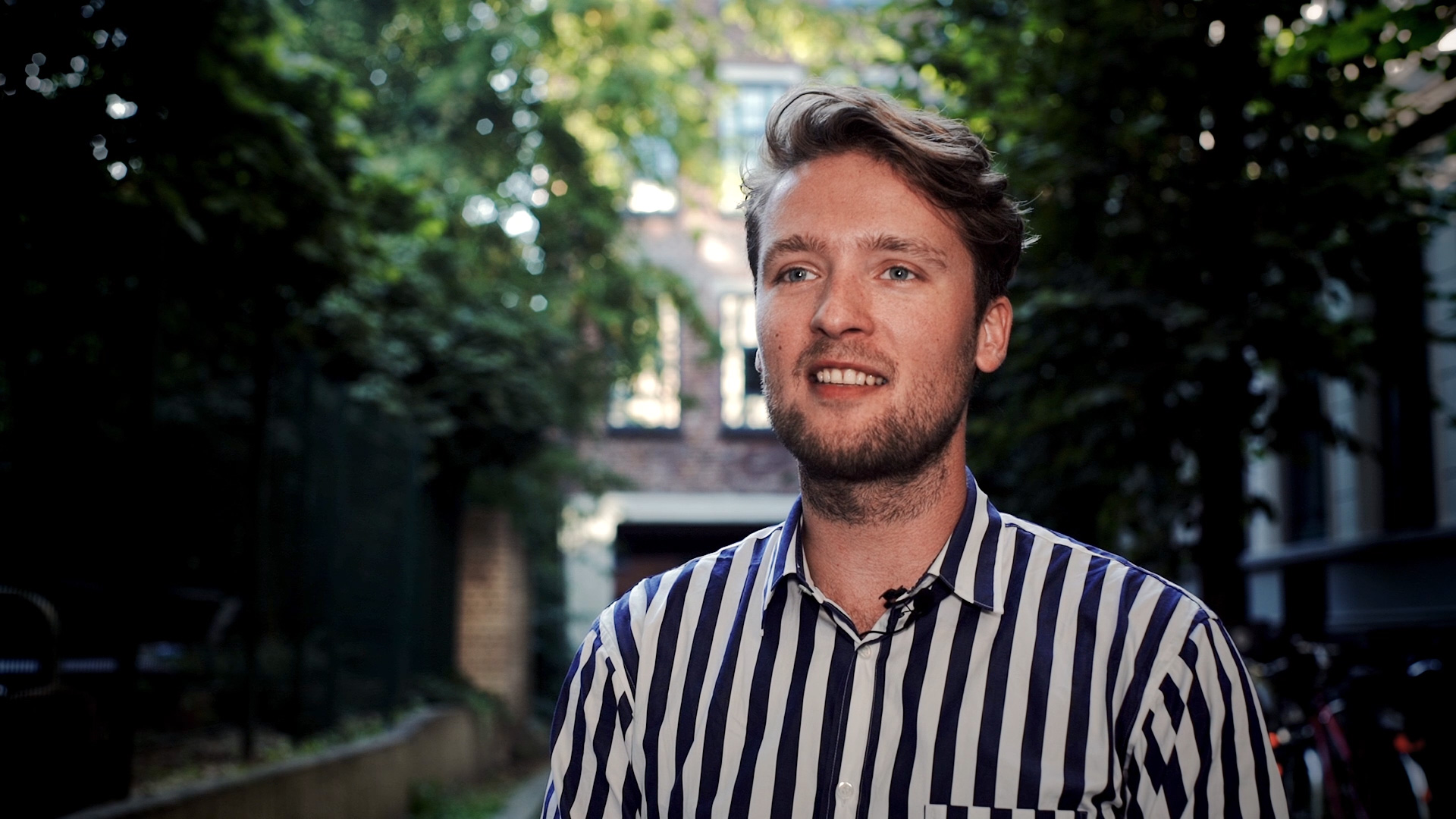
Dominic RepenningDesigner & Regisseur
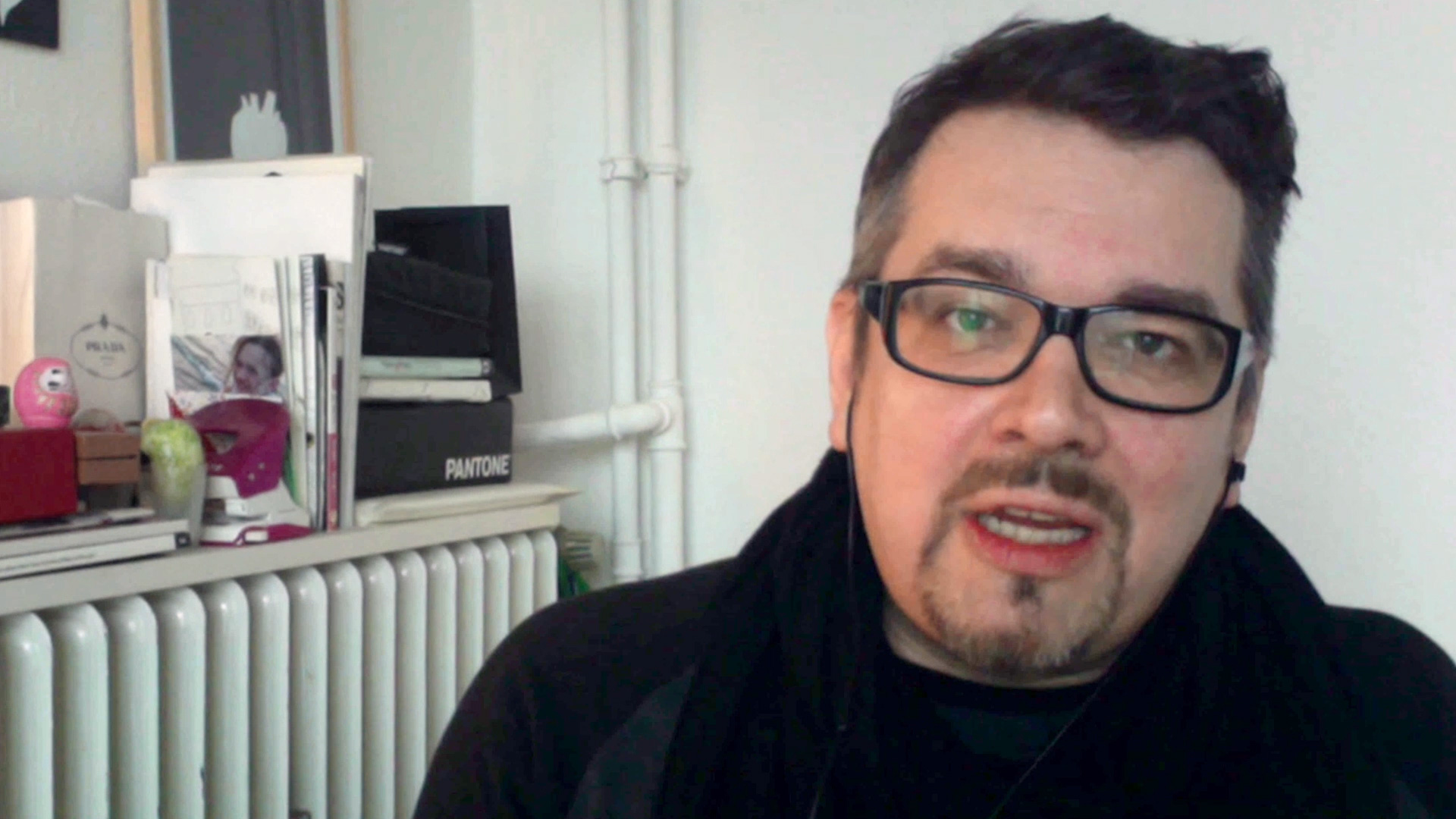
Kay TennemannAnimation Director & Designer
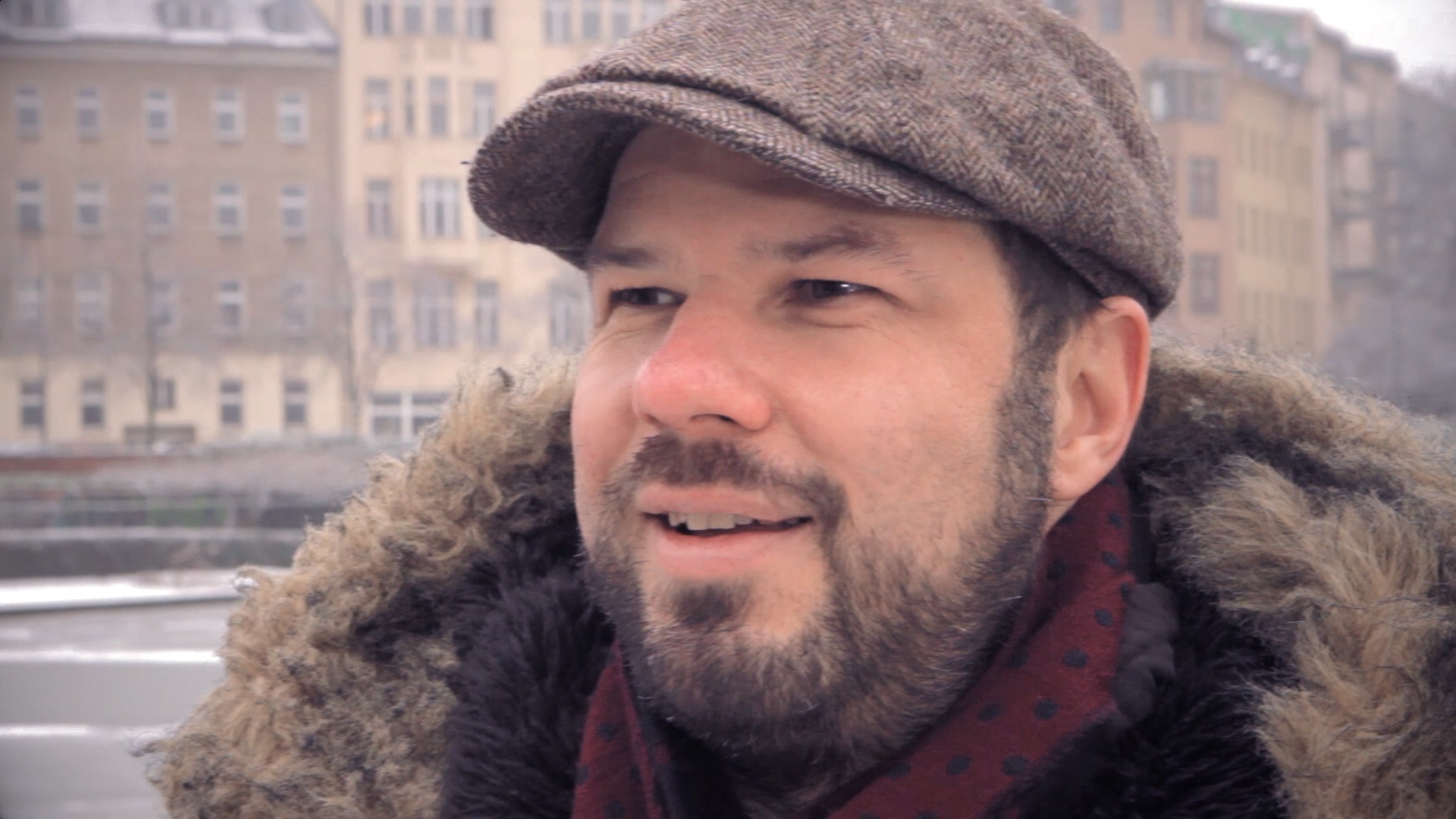
Uwe FladeRegisseur
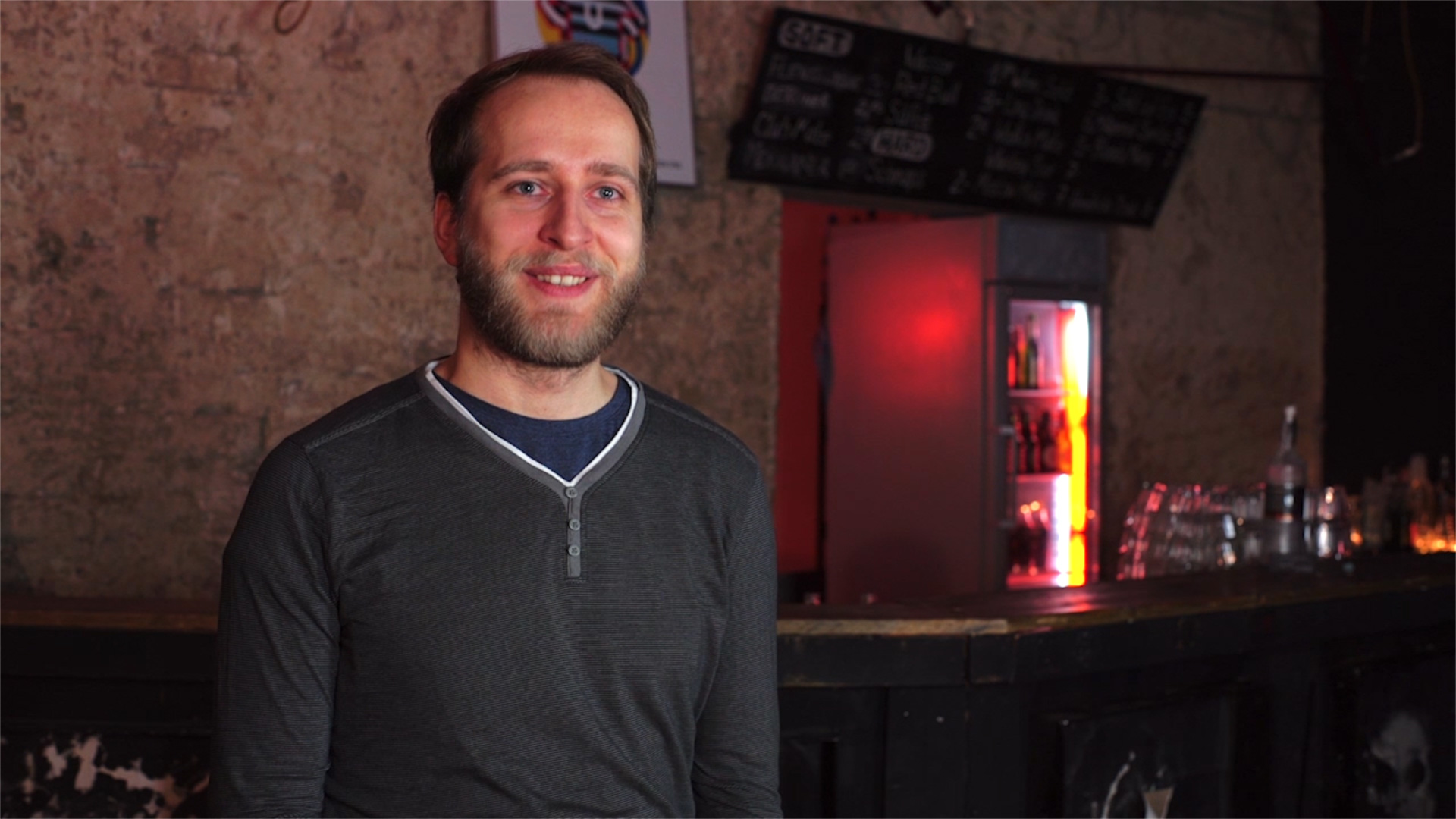
Johannes FiglhuberConcept Designer
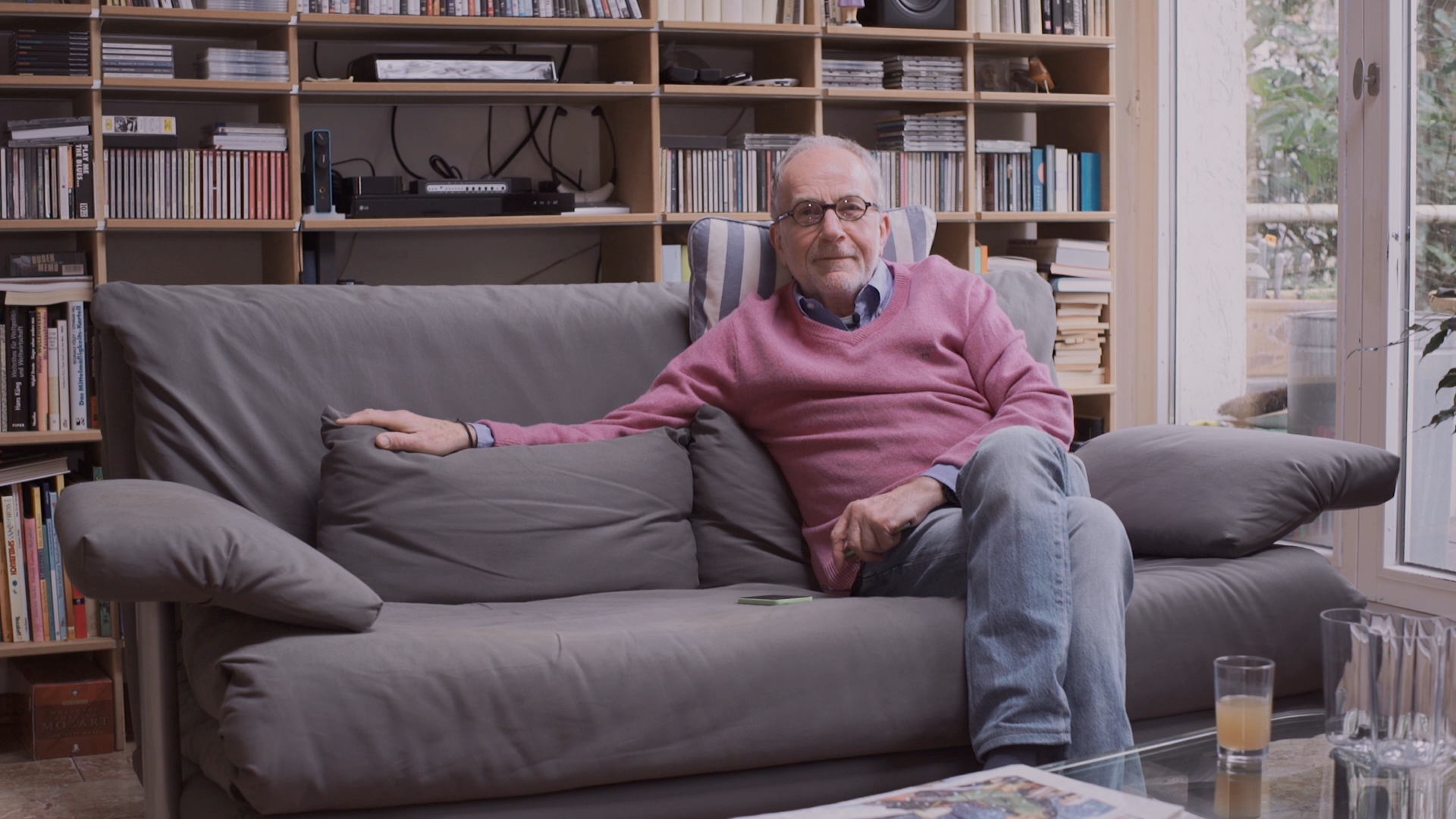
Helmut M. Schmitt-SiegelGestalter
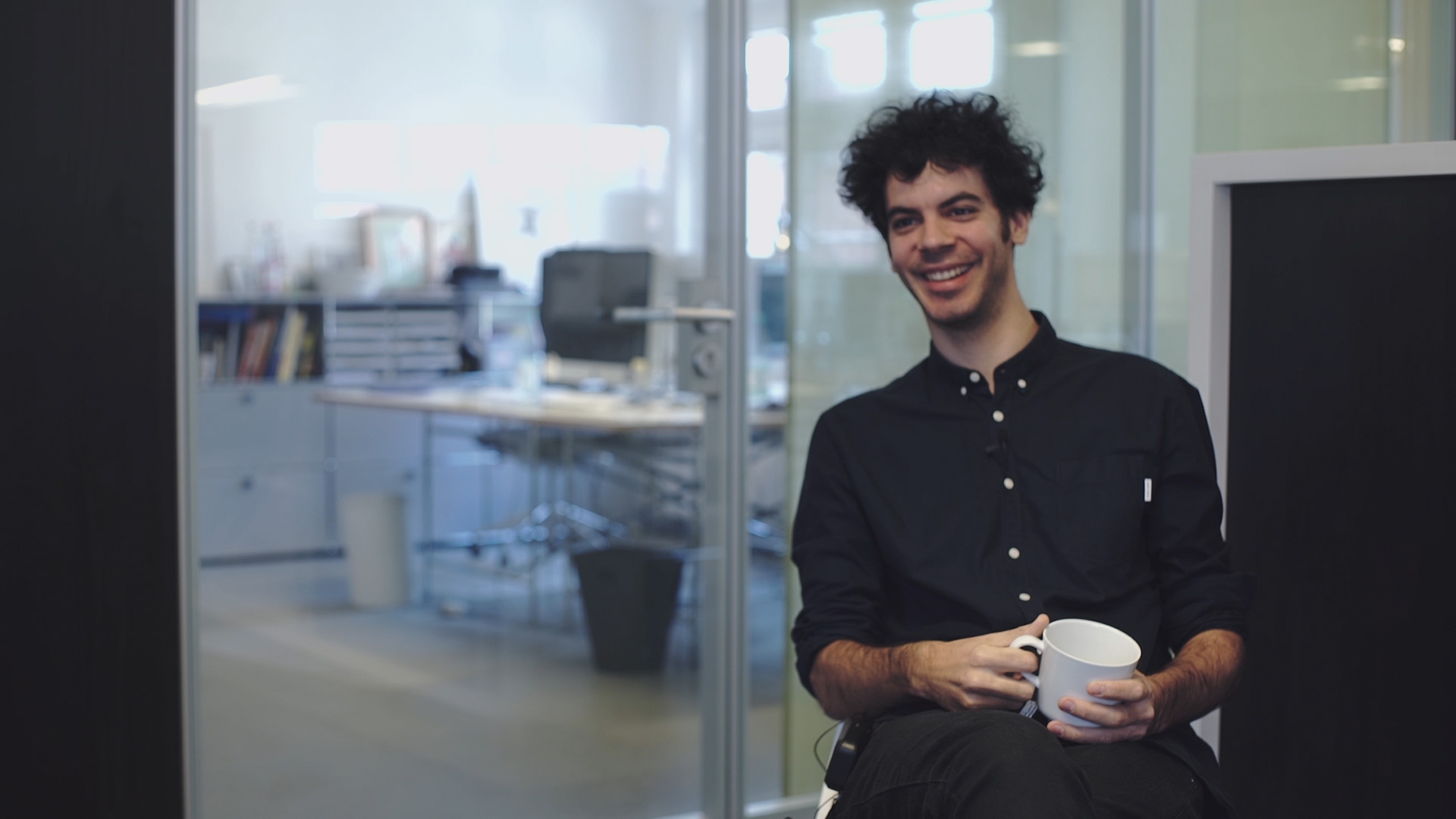
Dante ZaballaAnimator
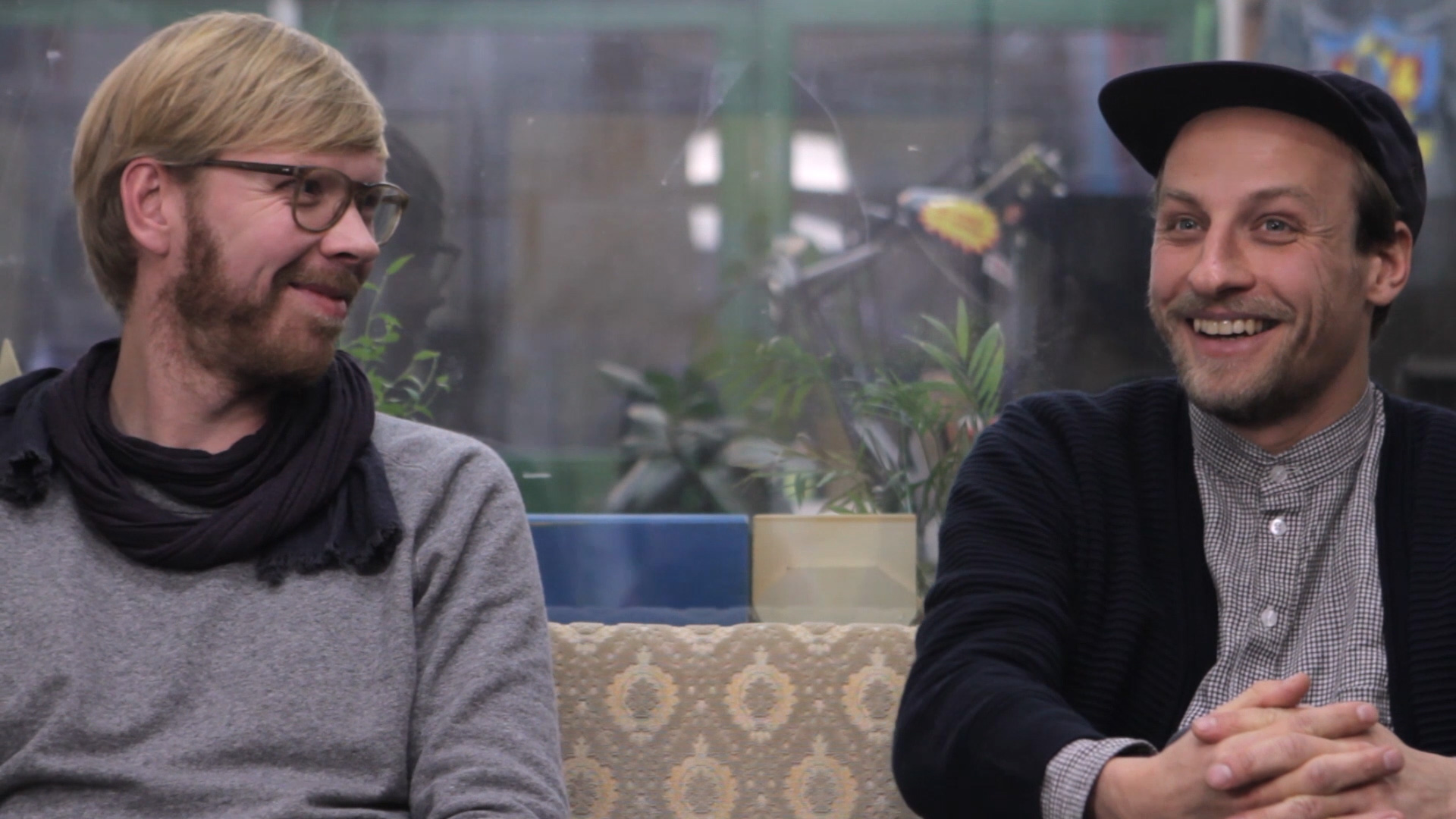
44FLAVOURSKünstler
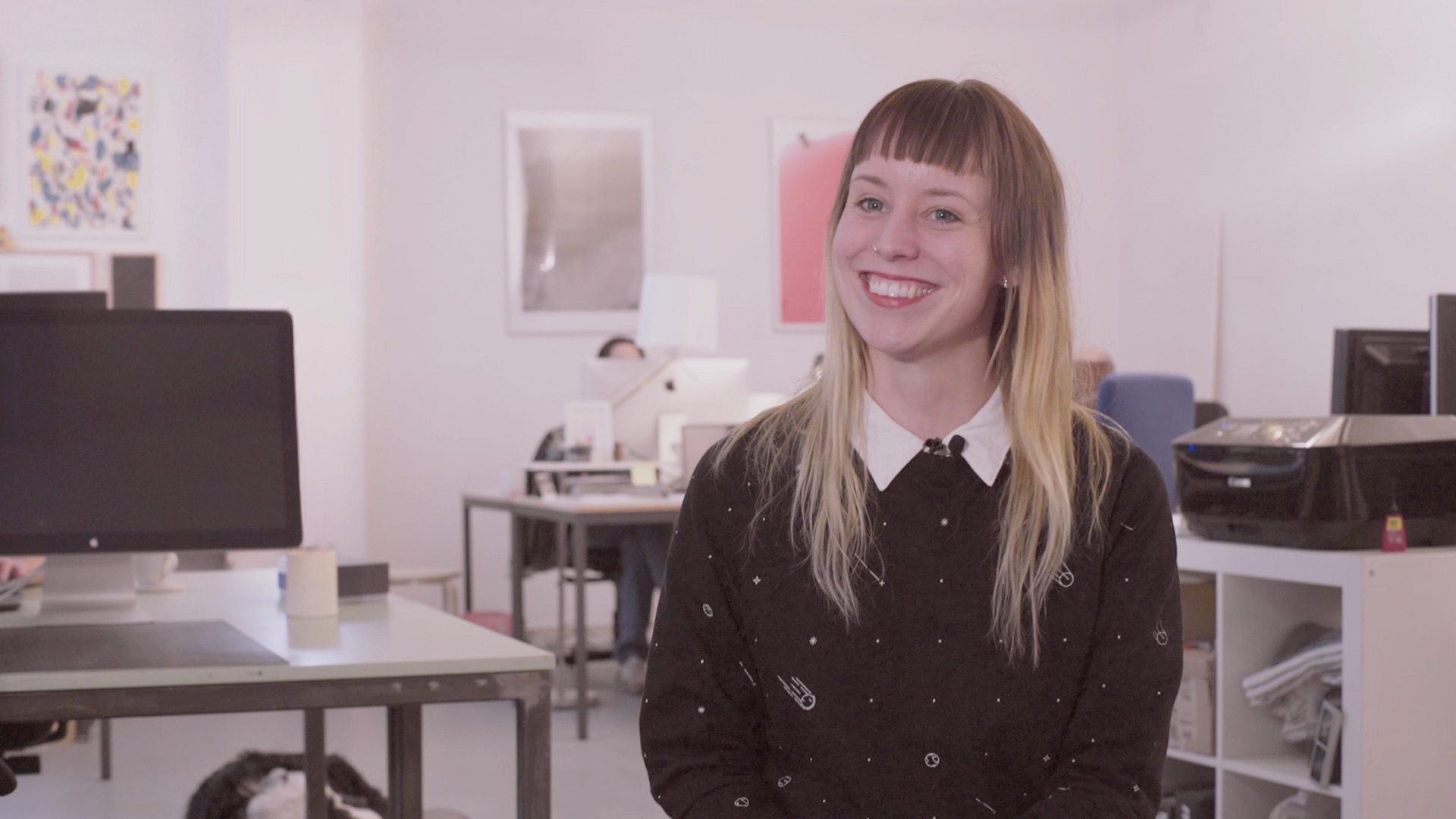
Mette Ilene HolmriisIllustratorin & Animatorin
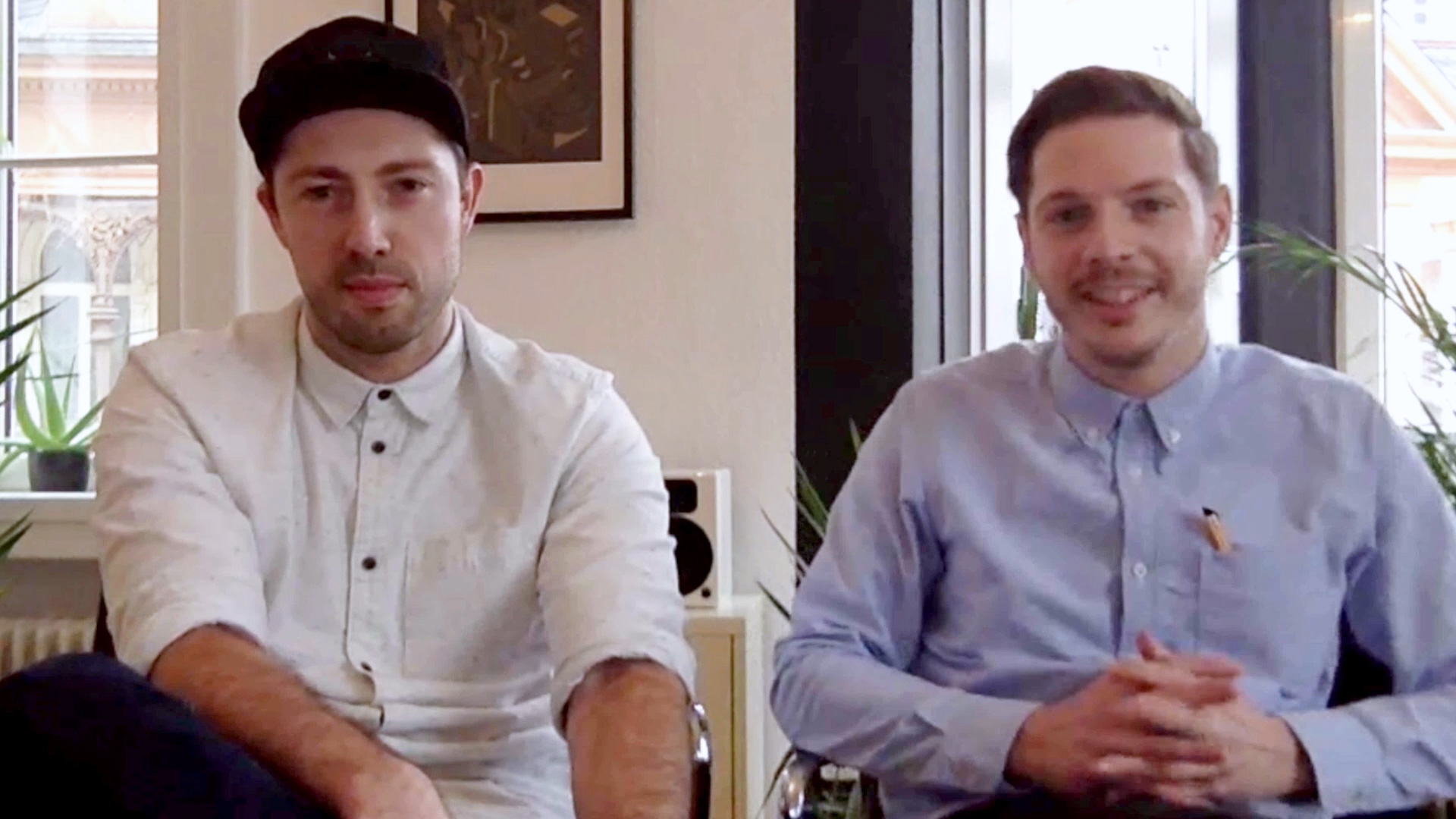
FOREALDesigner
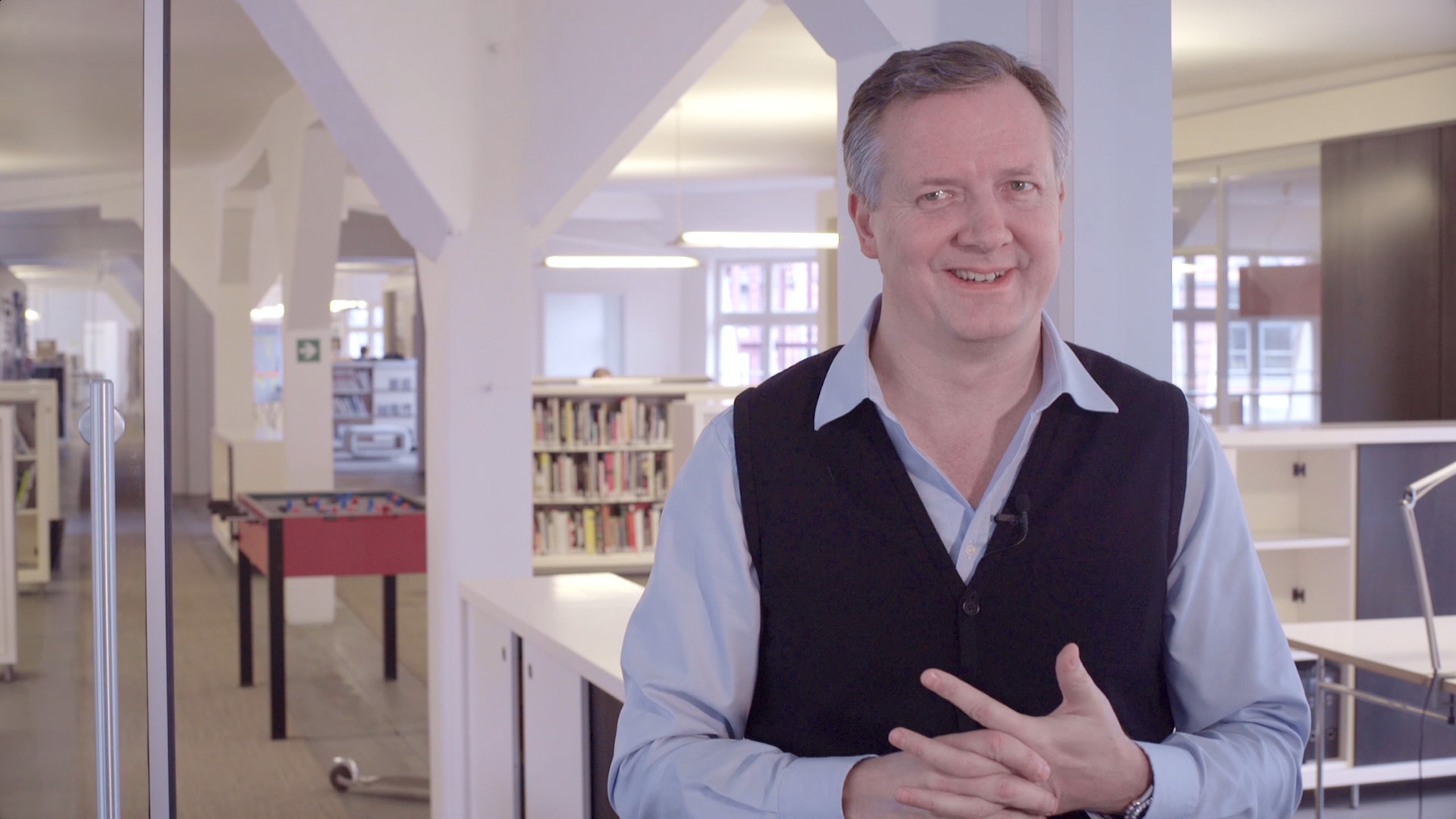
Tammo F. BrunsDesigner & Geschäftsführer
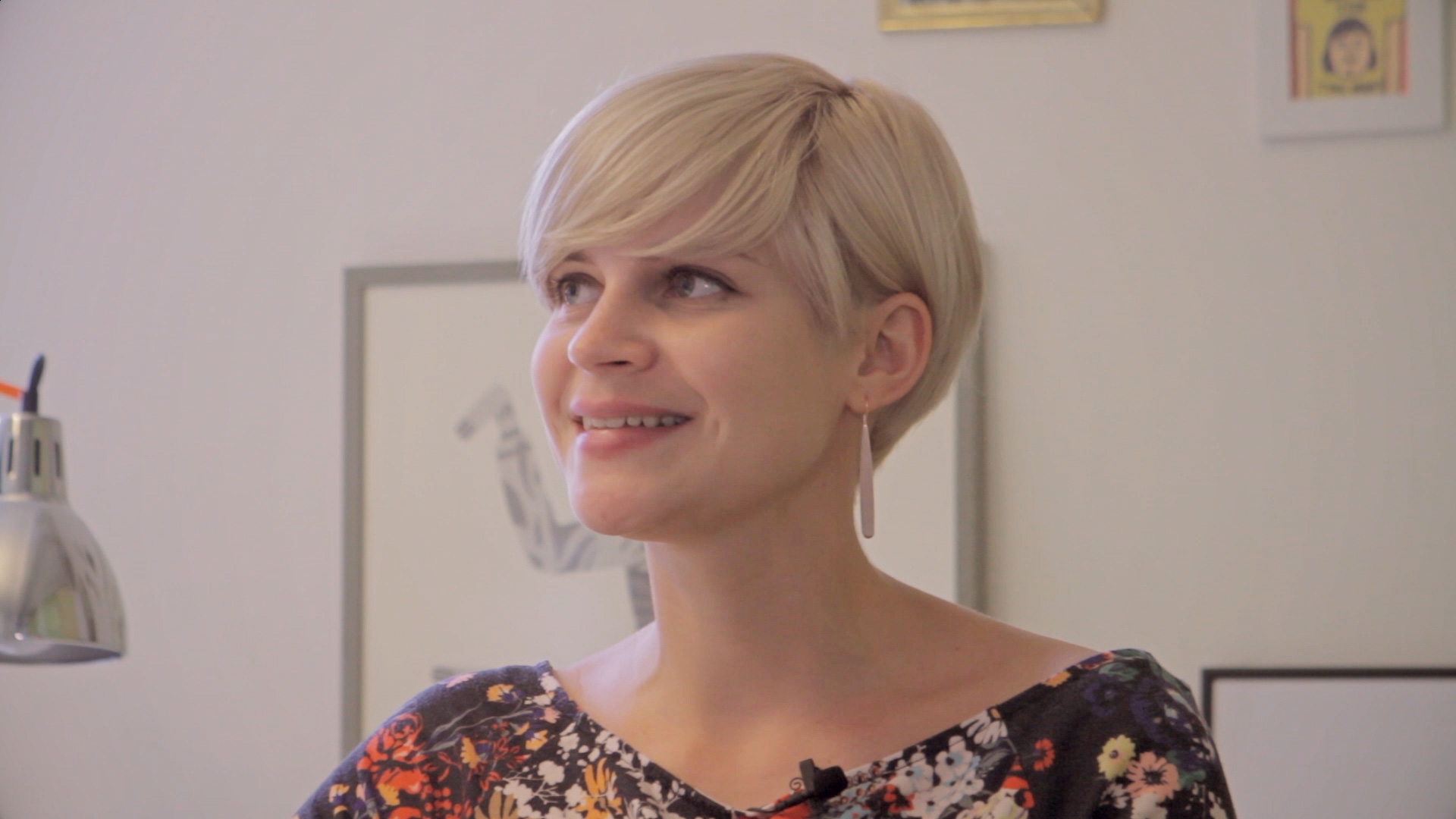
Susann Stötzner2D-Animatorin
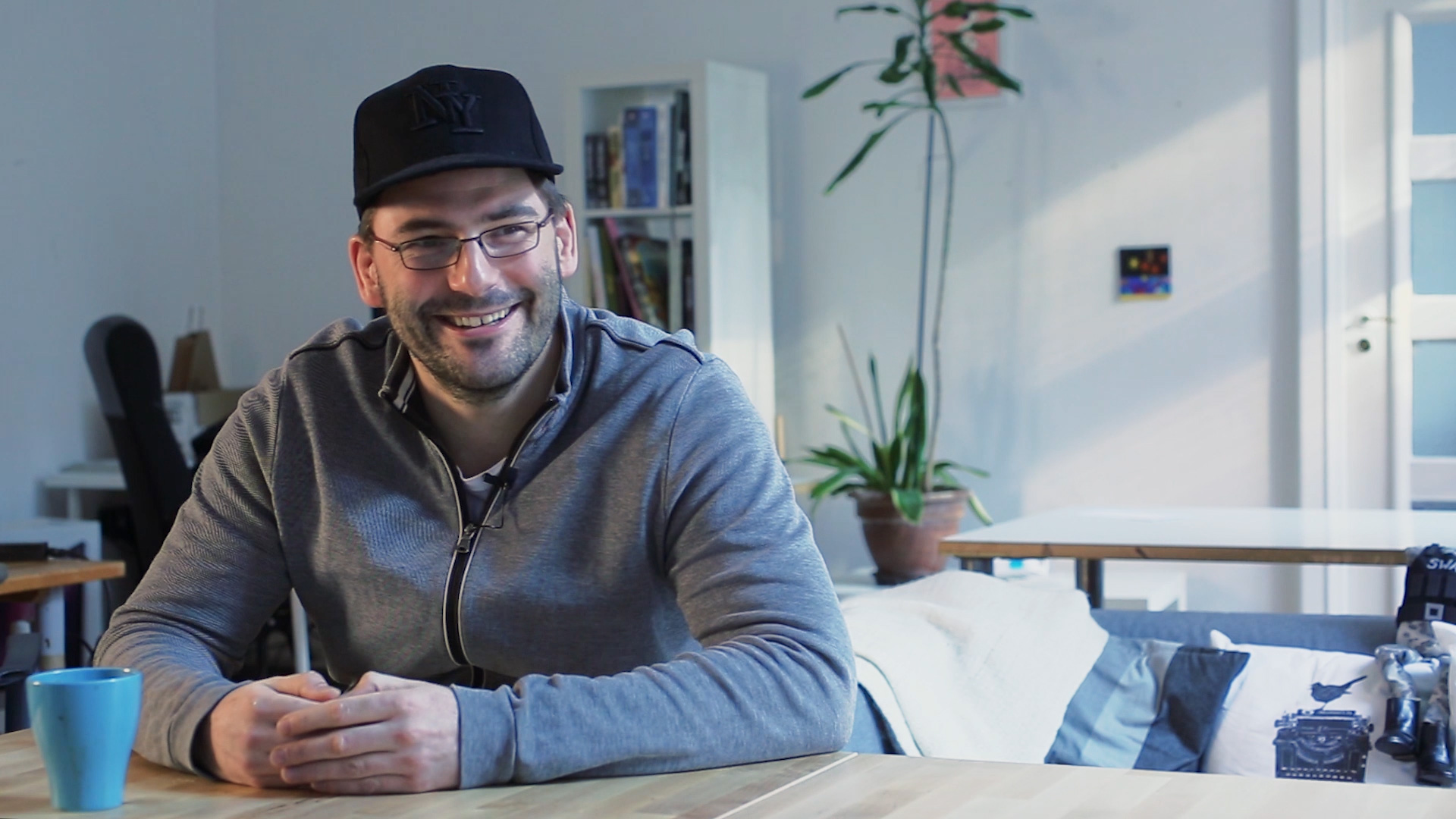
Alexander GellnerZeichner & Filmemacher
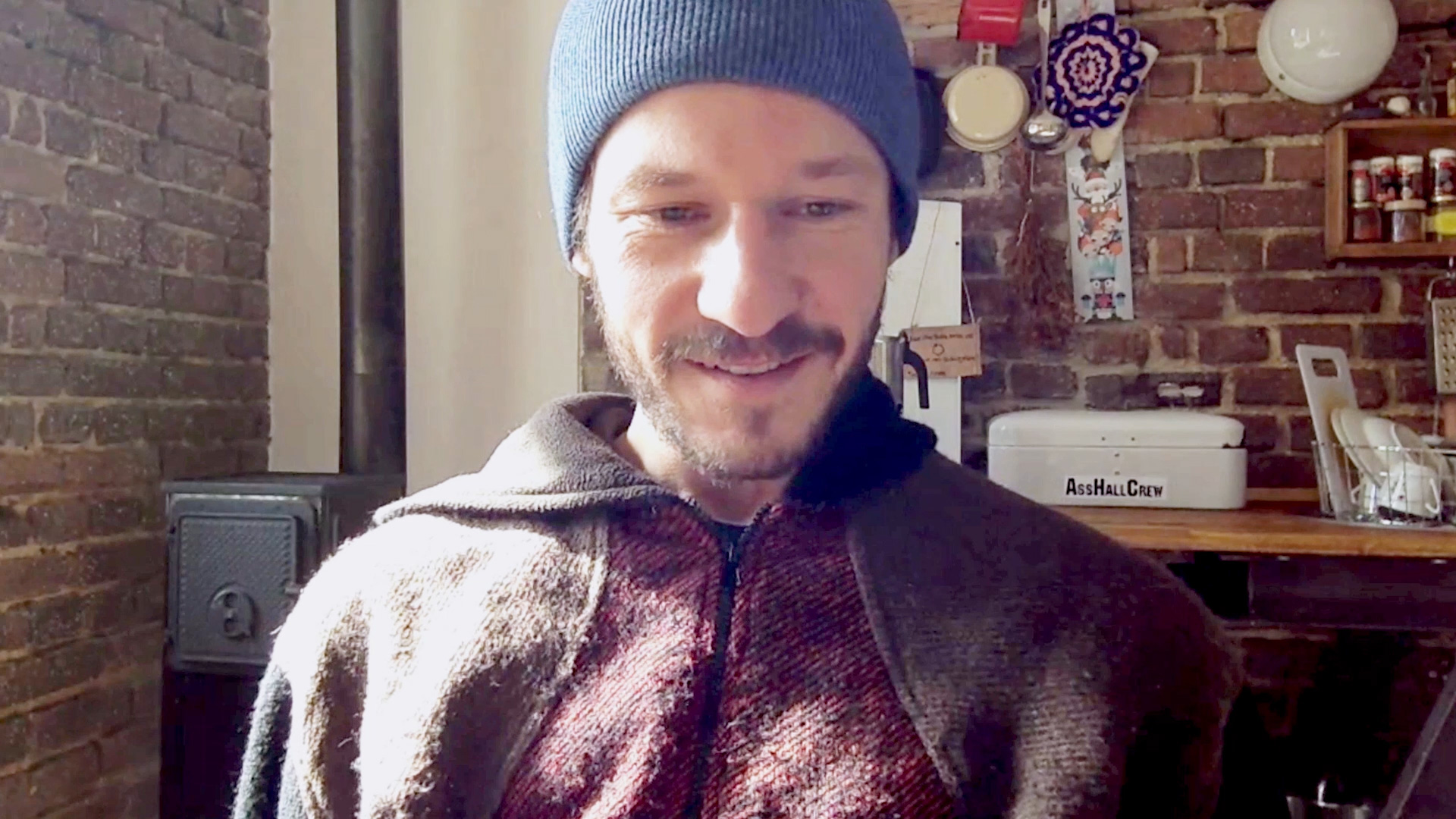
René EckertFilmemacher & Fotograf
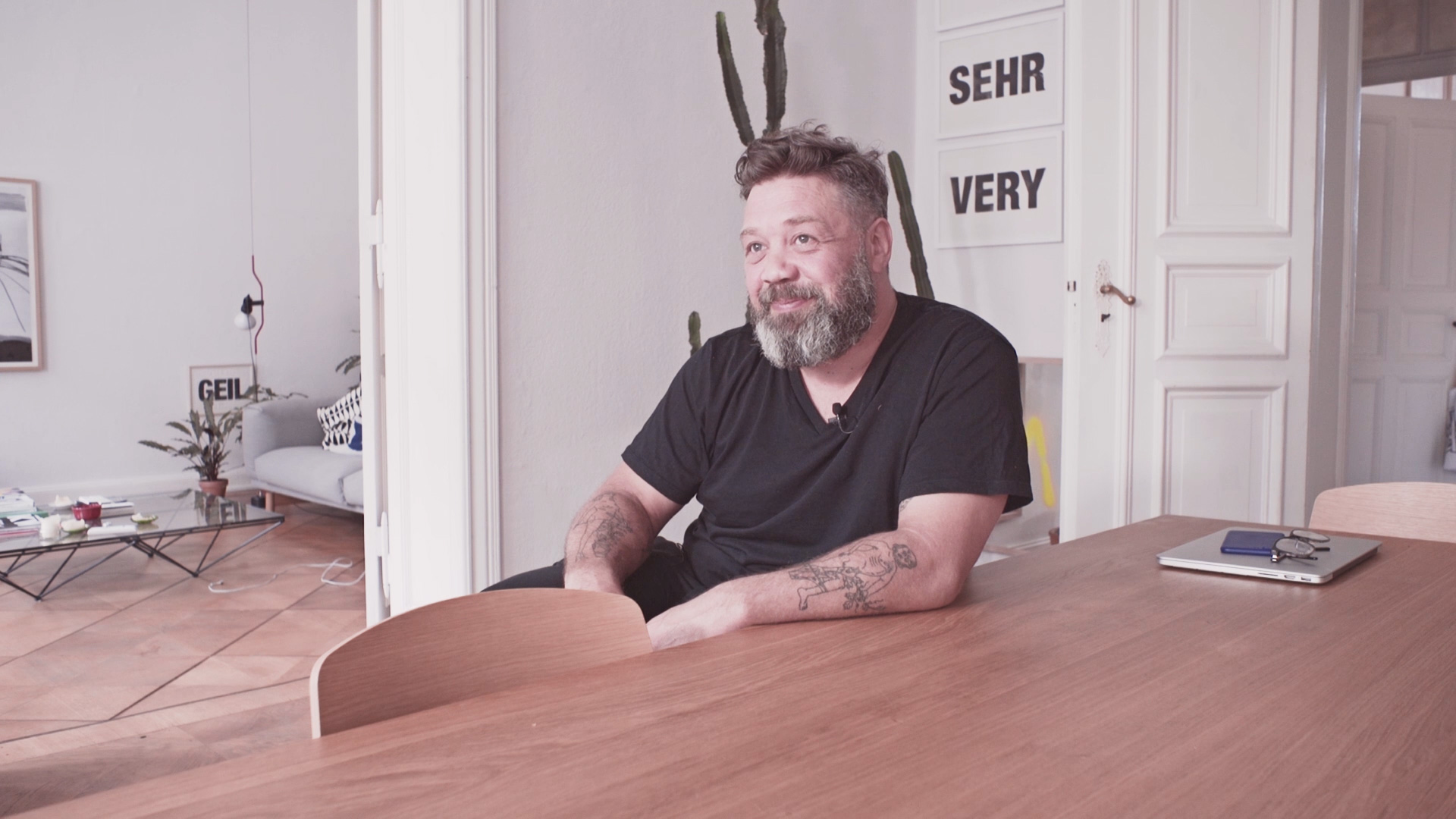
Eike KönigGestalter
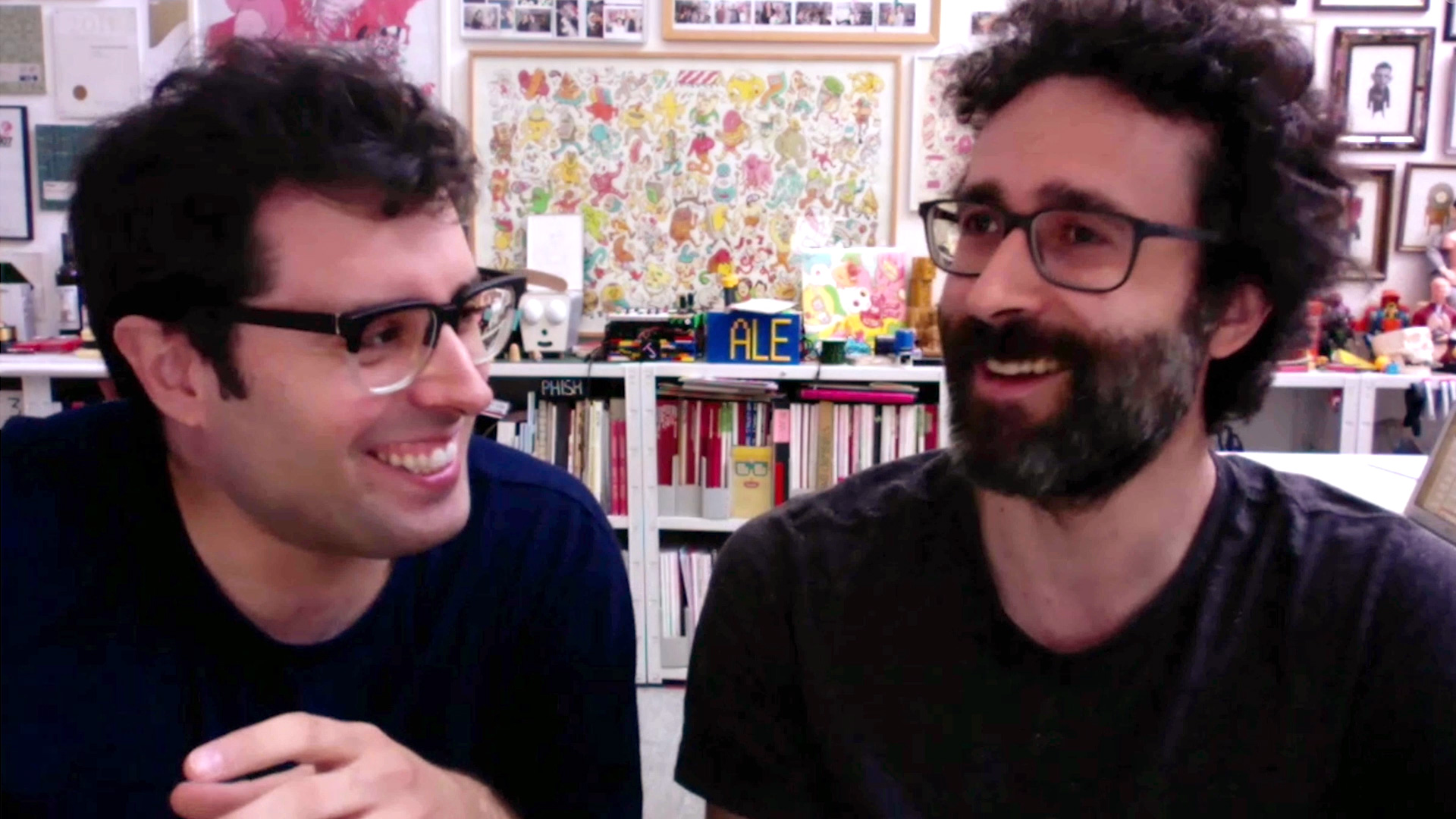
BrosmindIllustratoren & Künstler
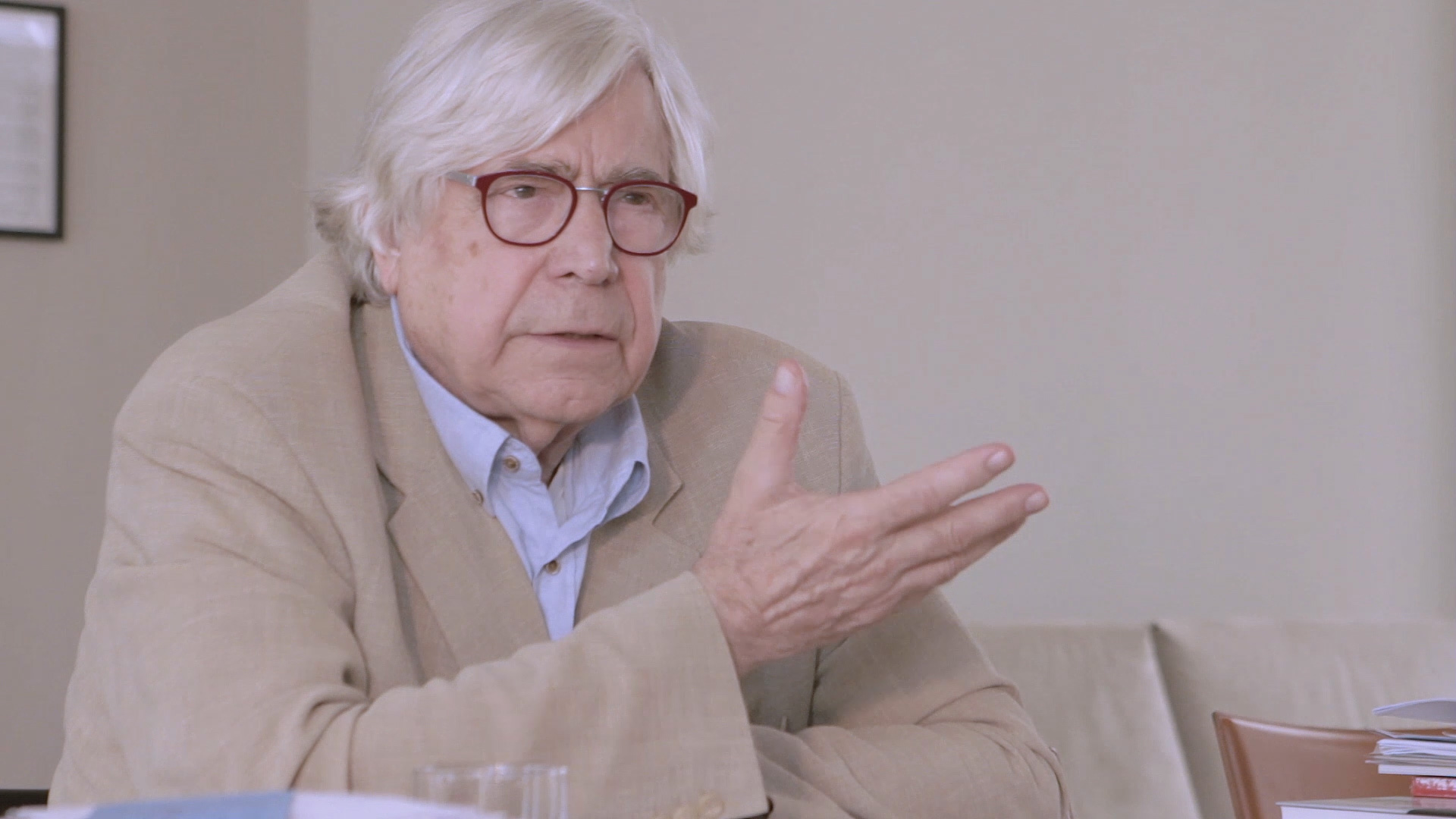
Bazon BrockKünstler & Kulturkritiker
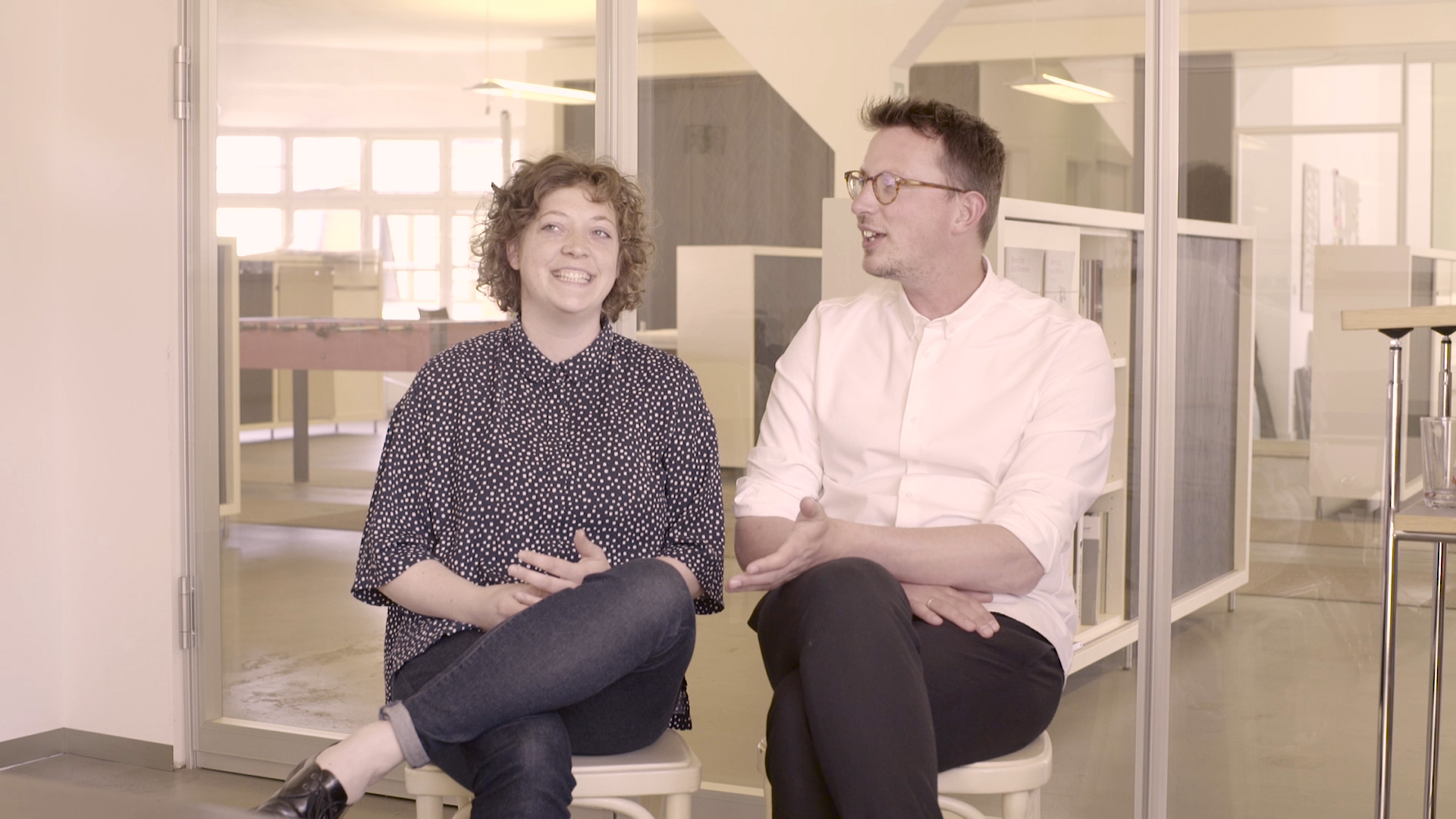
From FormDesigner & Filmmacher
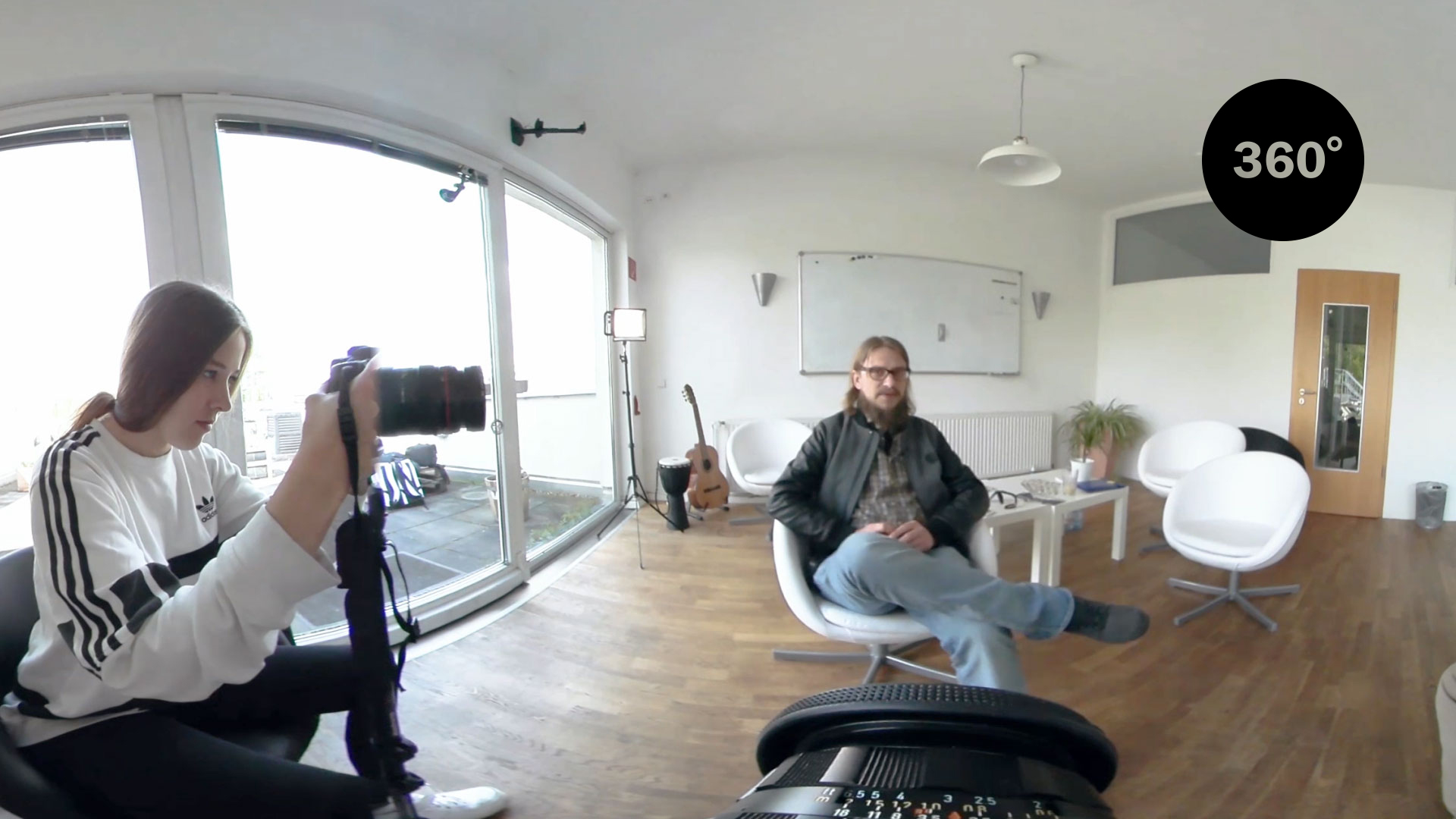
Sönke KirchhoffFilmemacher
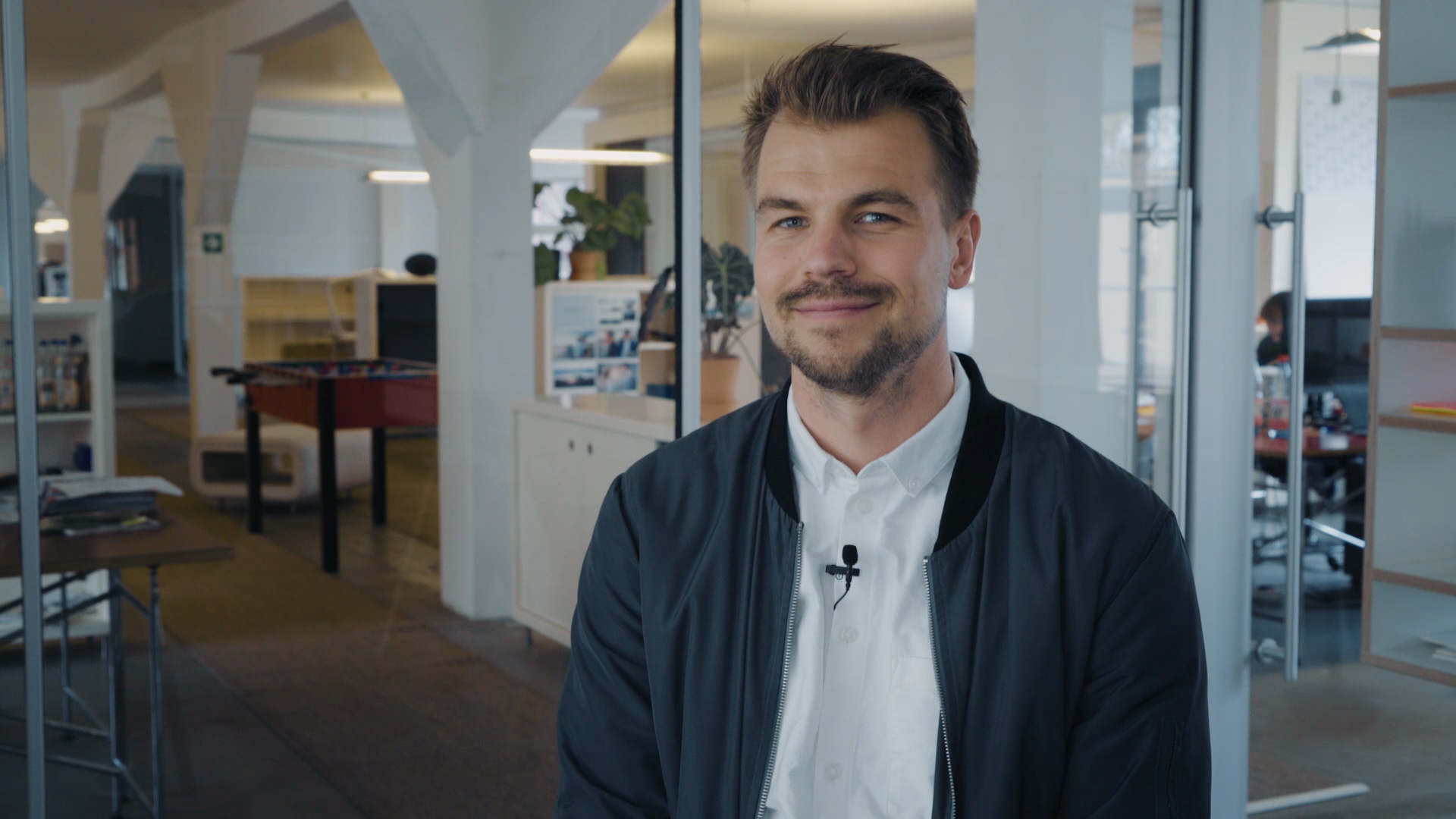
Holger JungnickelKameramann
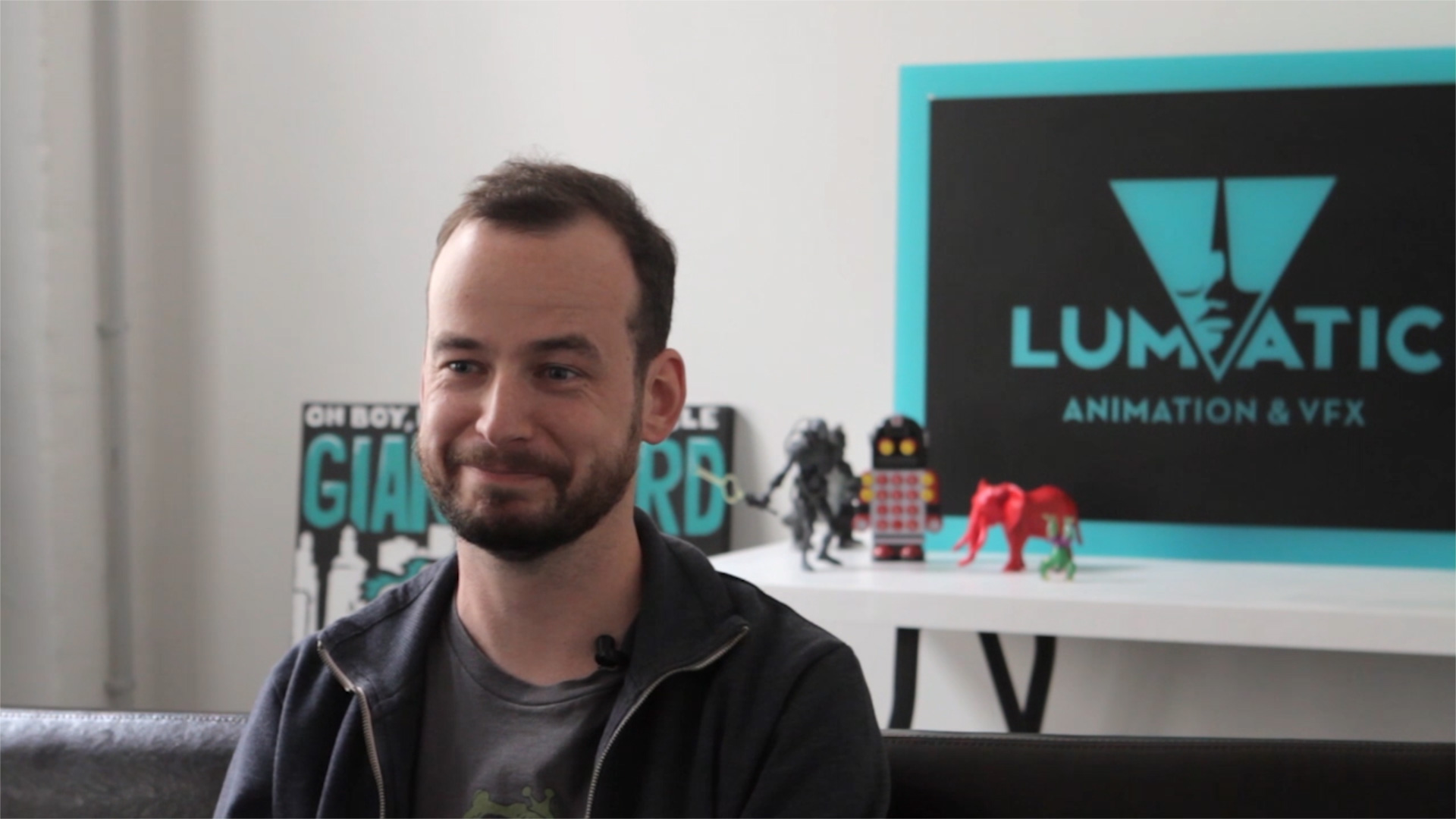
Lars KrügerAnimator & Co-Founder Lumatic
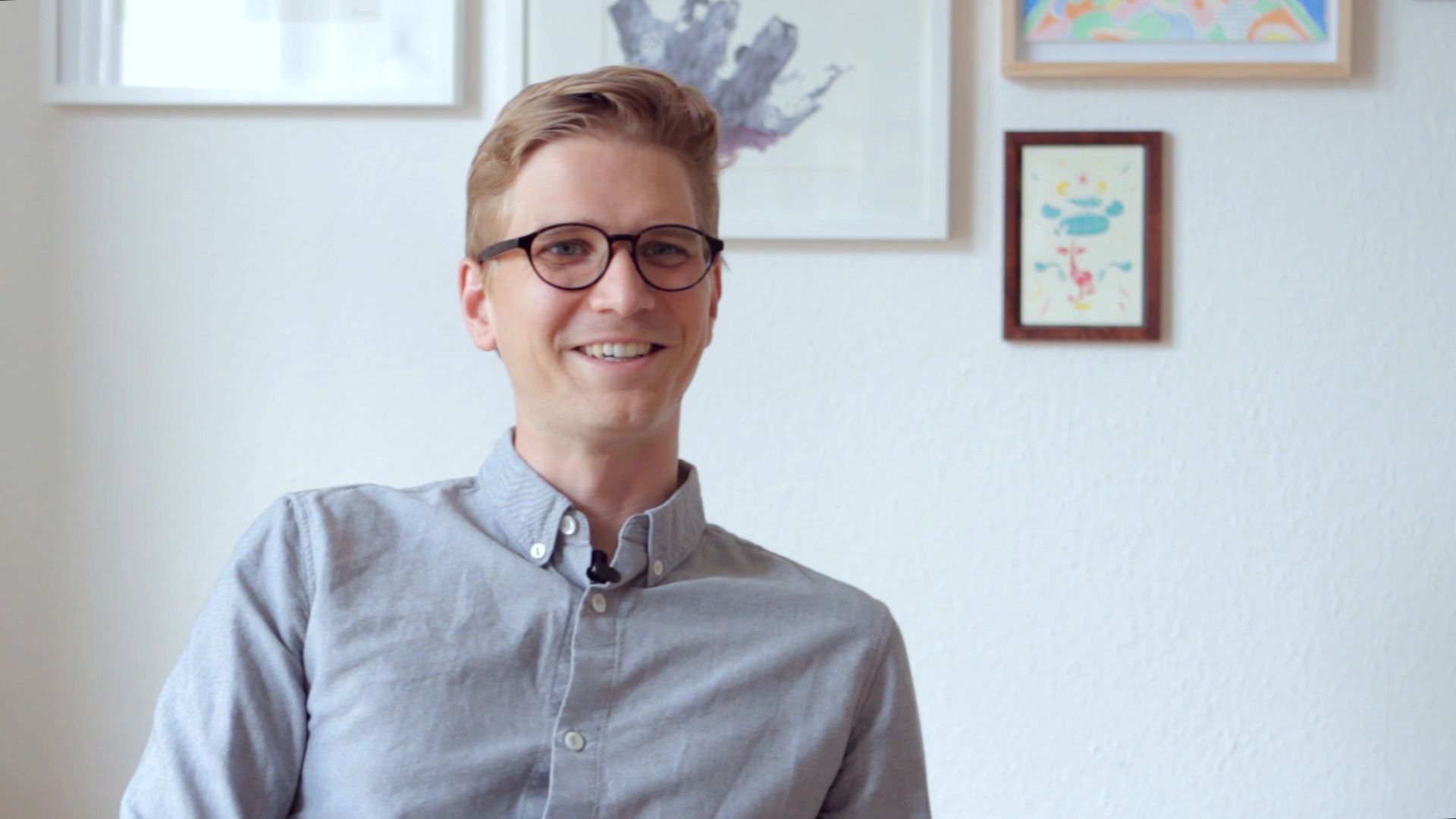
Conrad OstwaldAnimator & Compositor
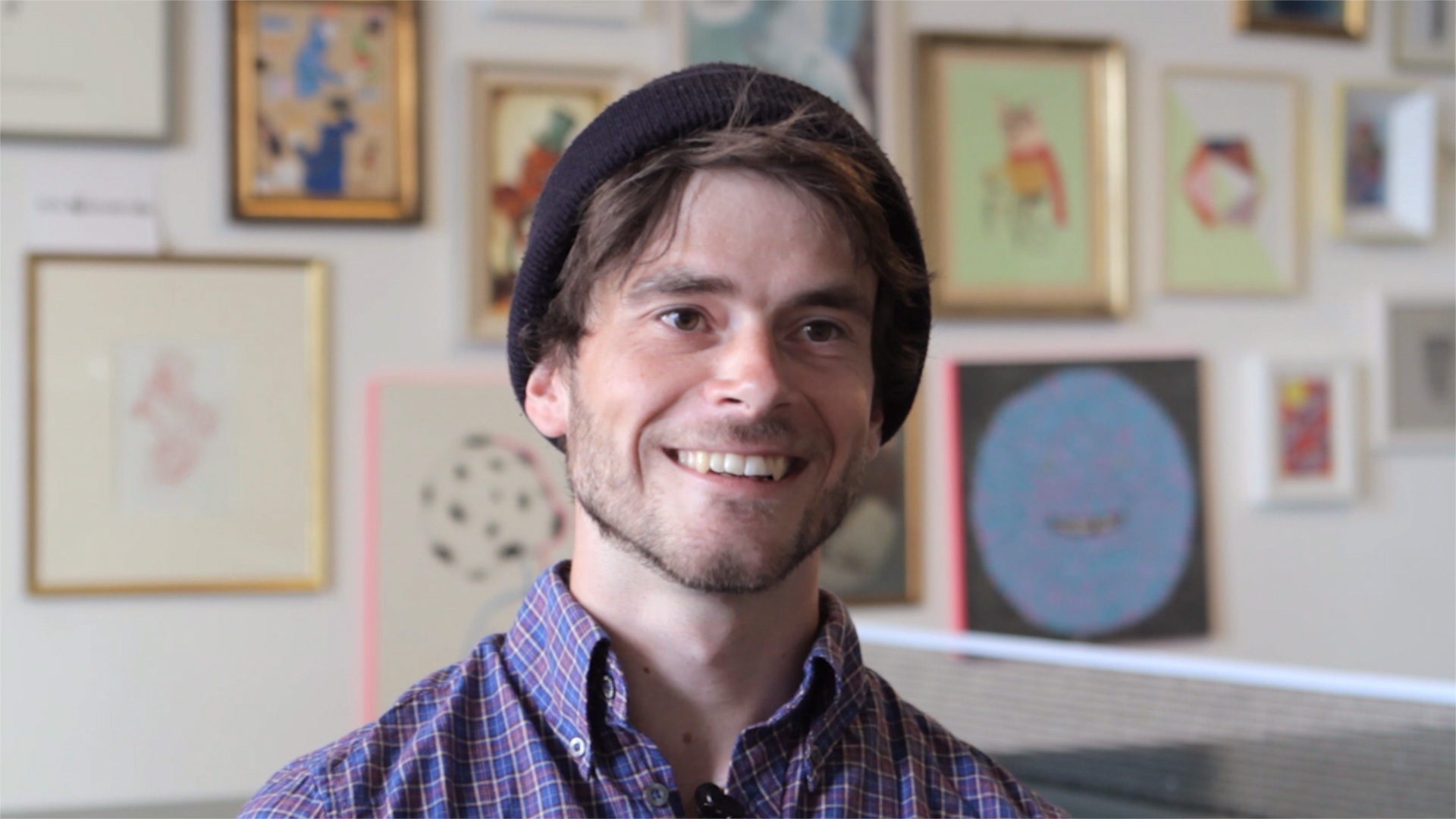
Kristian BarthenFotograf
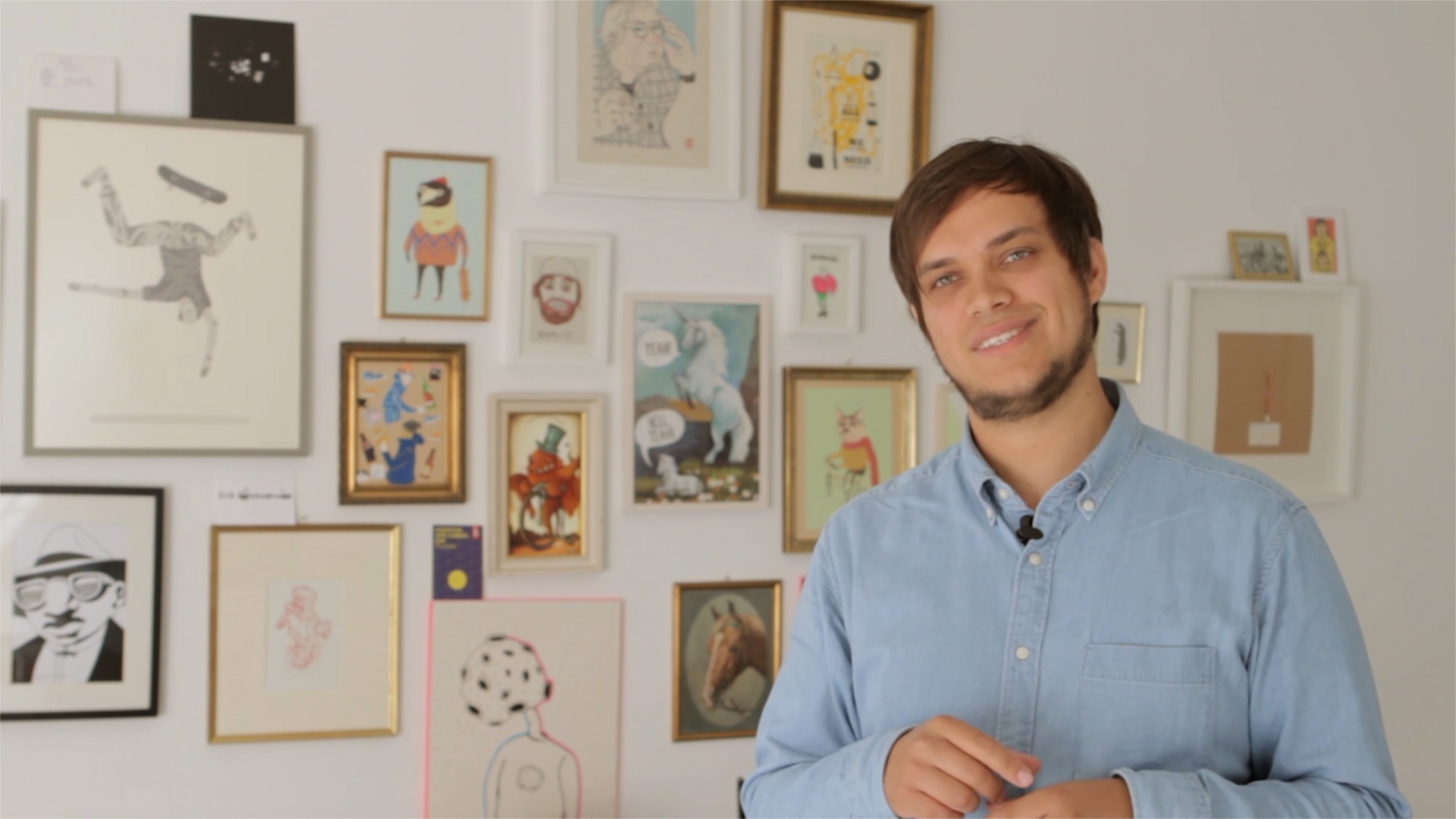
Mario GorniokArt Director, Motion Designer & Founder KEENLY
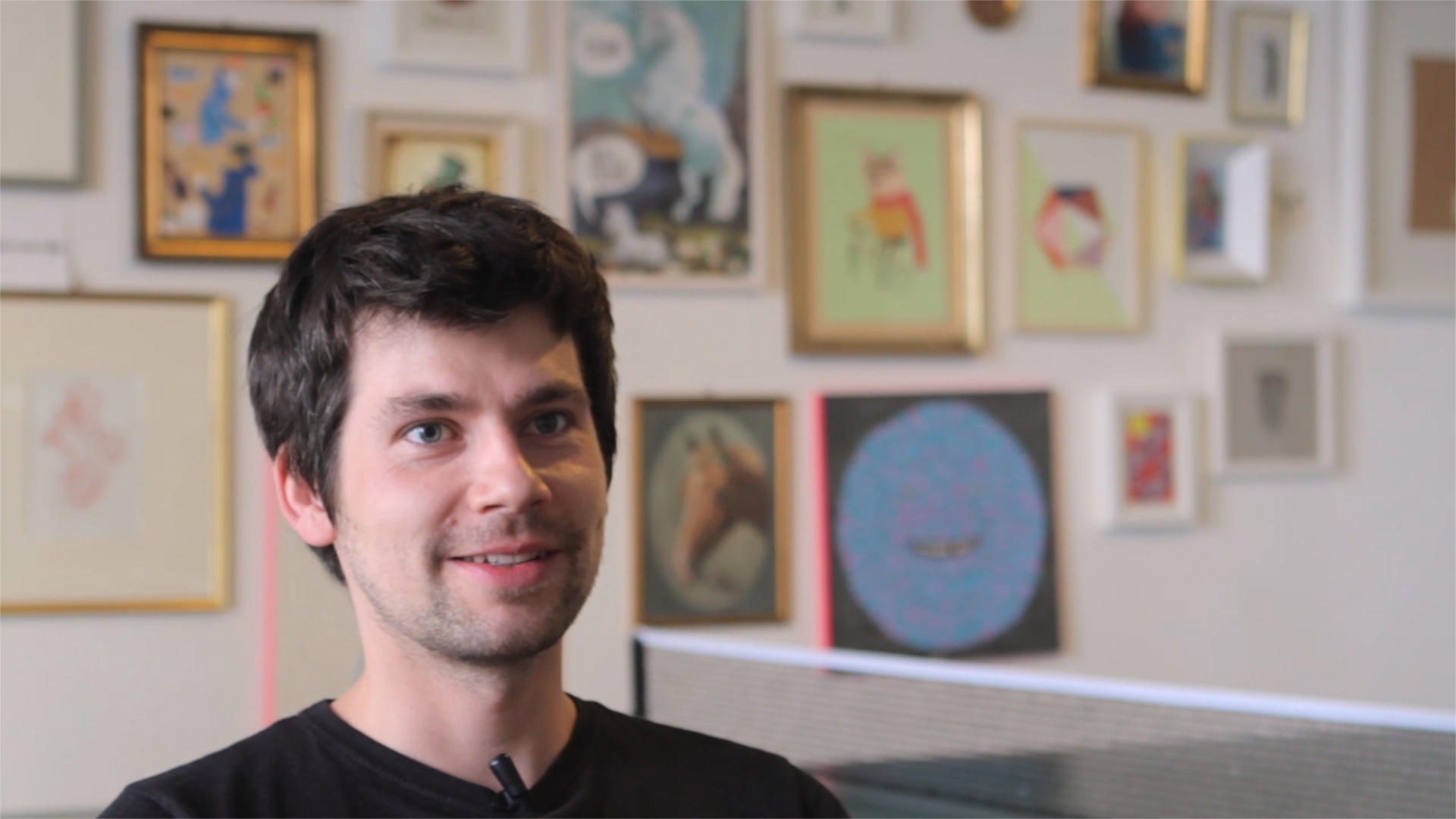
Robert LöbelIllustrator & Animator